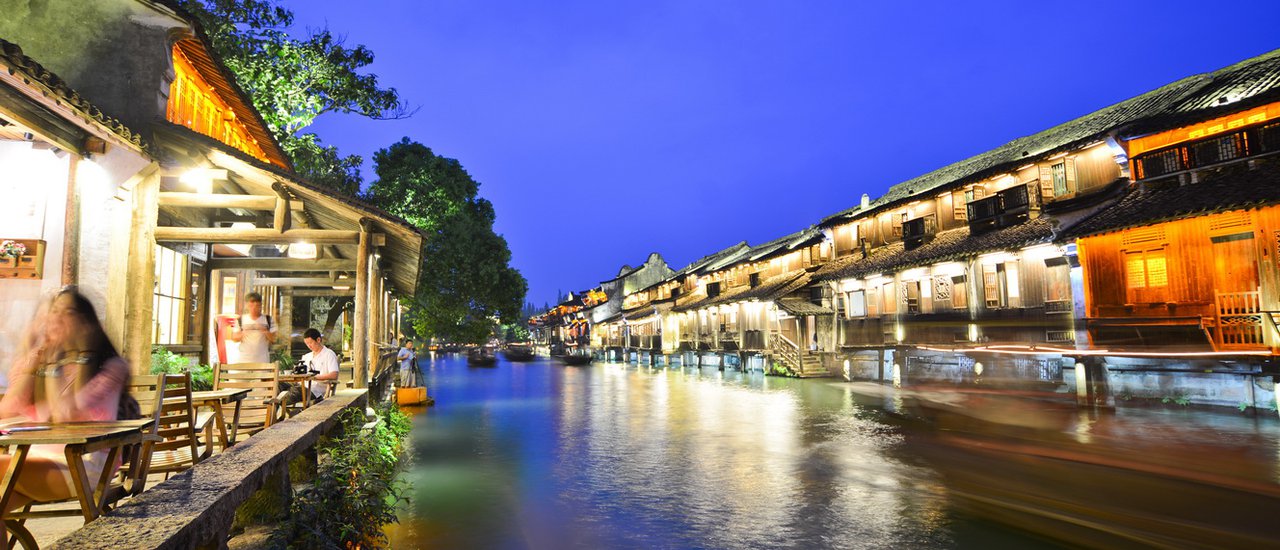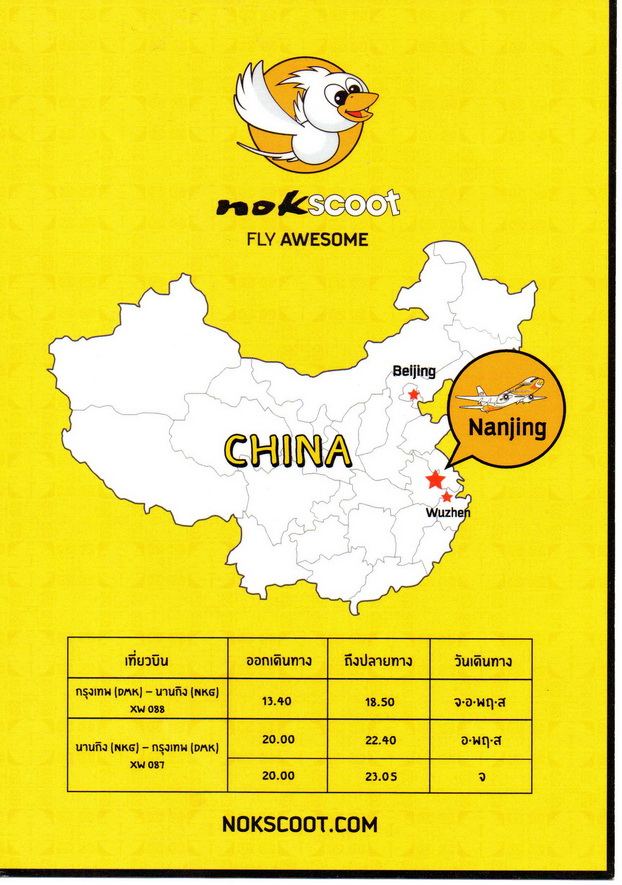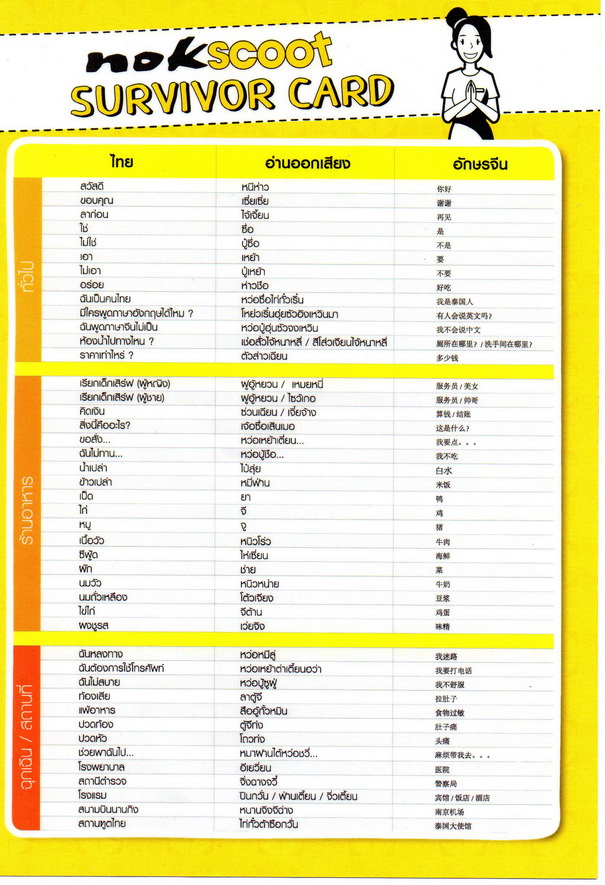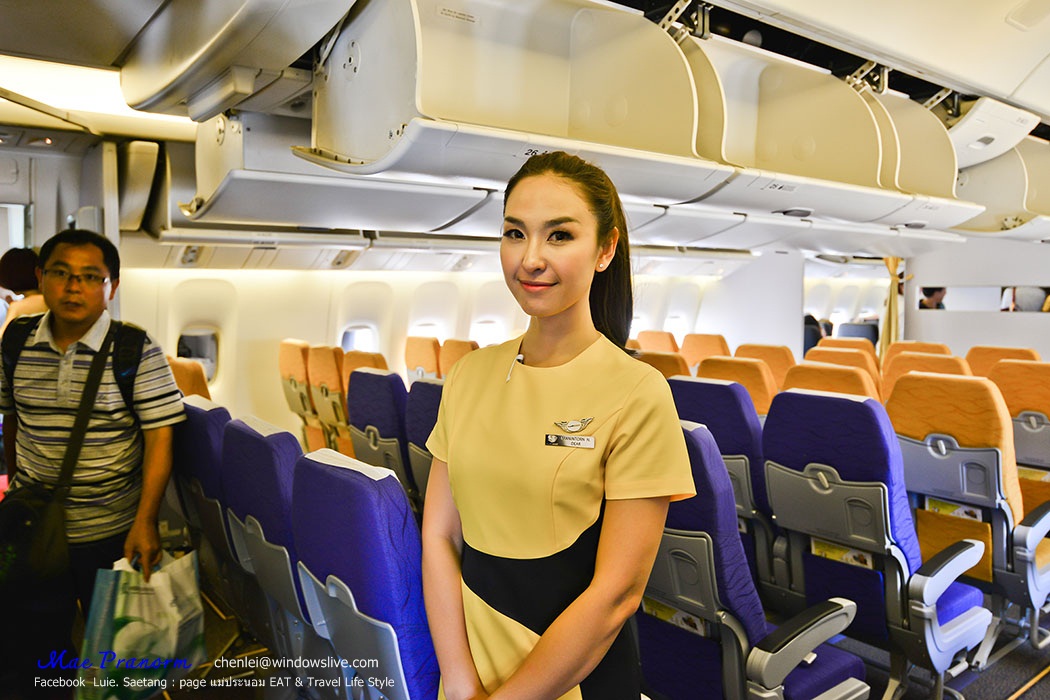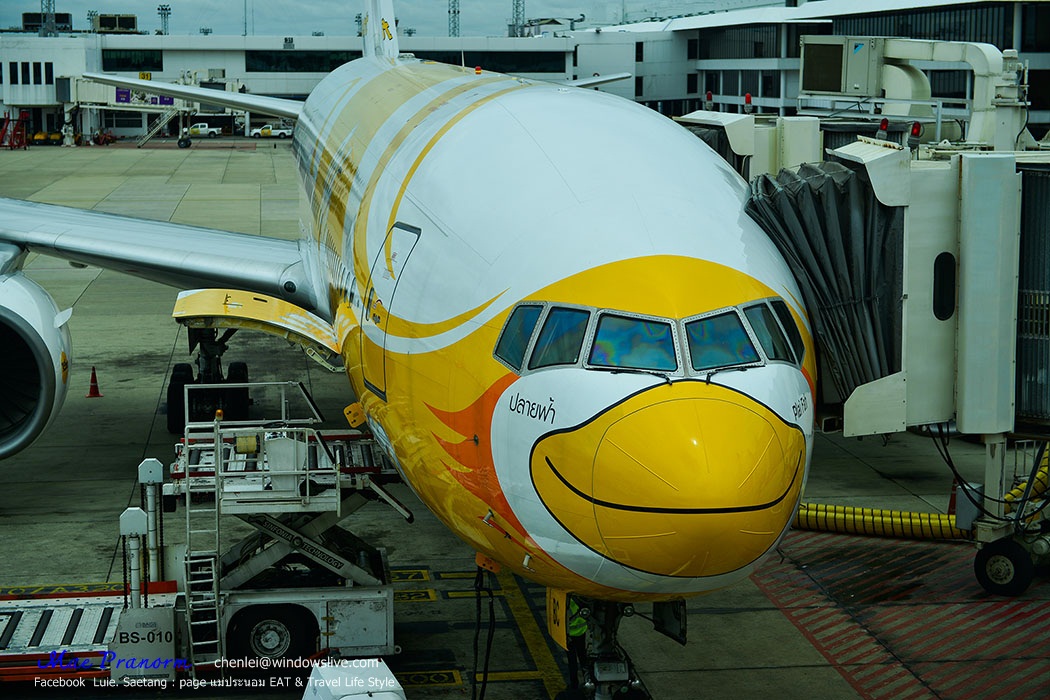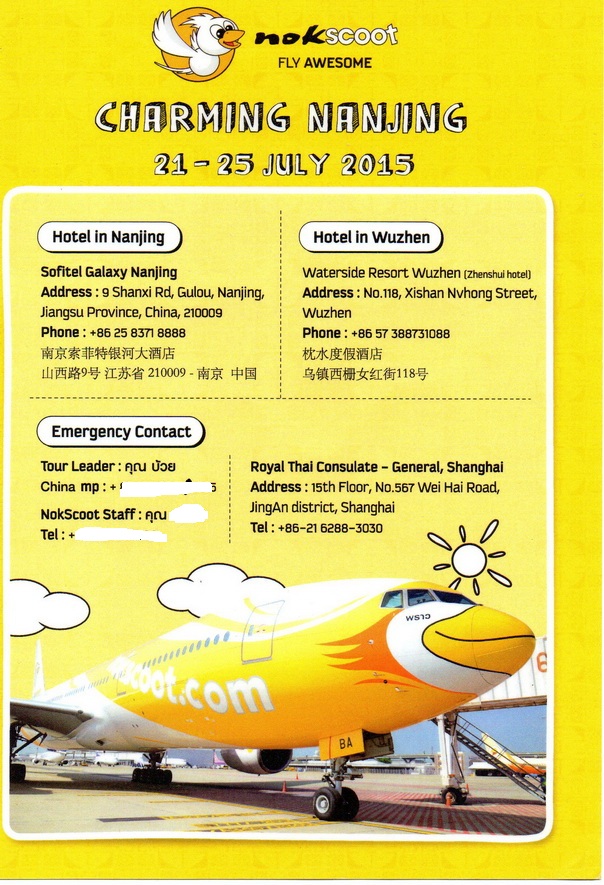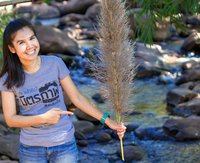This trip, Mae Pranorm was honored to be invited by NokScoot to travel to Nanjing, a recently latest opened route from Don Mueang. From Don Mueang to Nanjing, there are 4 direct flights on Mondays, Tuesdays, Thursdays, and Saturdays. The flight will depart Bangkok at 13.40 p.m. and arrive Nanjing at 18.50 and then return on the same day from Nanjing at 20.00 p.m. and arrive Bangkok at 23.40 p.m.. And from the 25th October onward, 2 more flights will be added, so that they will be a direct flight to Nanjing almost every day, except Sundays.
For this trip, NokScoot let the Chinese tourist company take us to travel to the attractions in Nanjing, let's come and see what Nanjing has to offer. In the between, if you would like to travel to Shanghai, you can also take a bullet train there which will take less than two hours.
If you are ready, let's begin our trip!!!
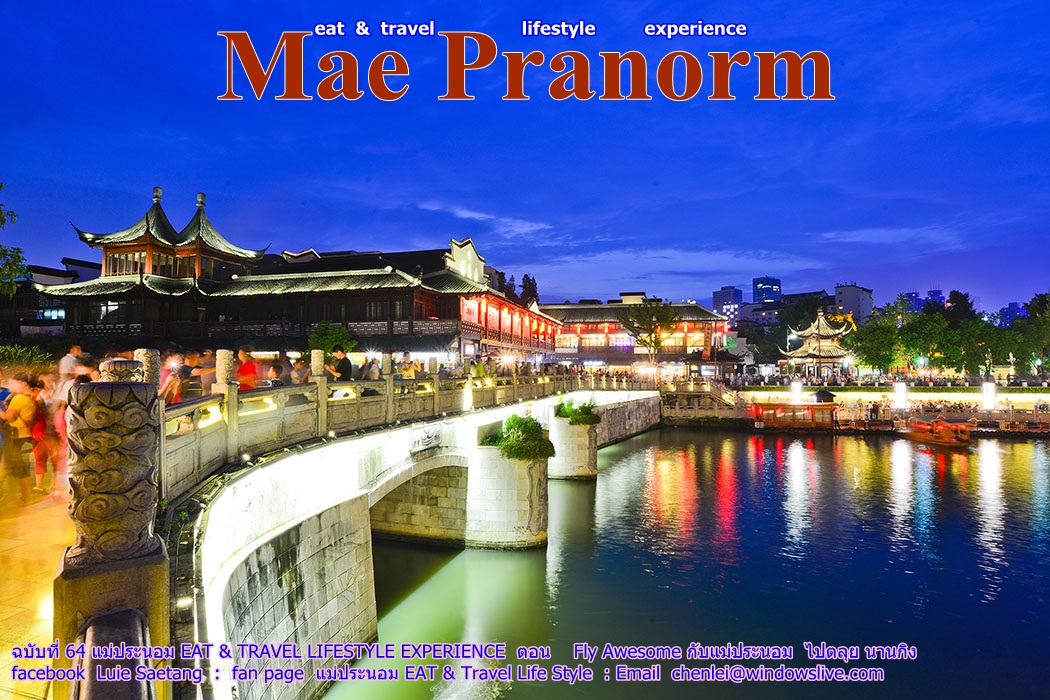
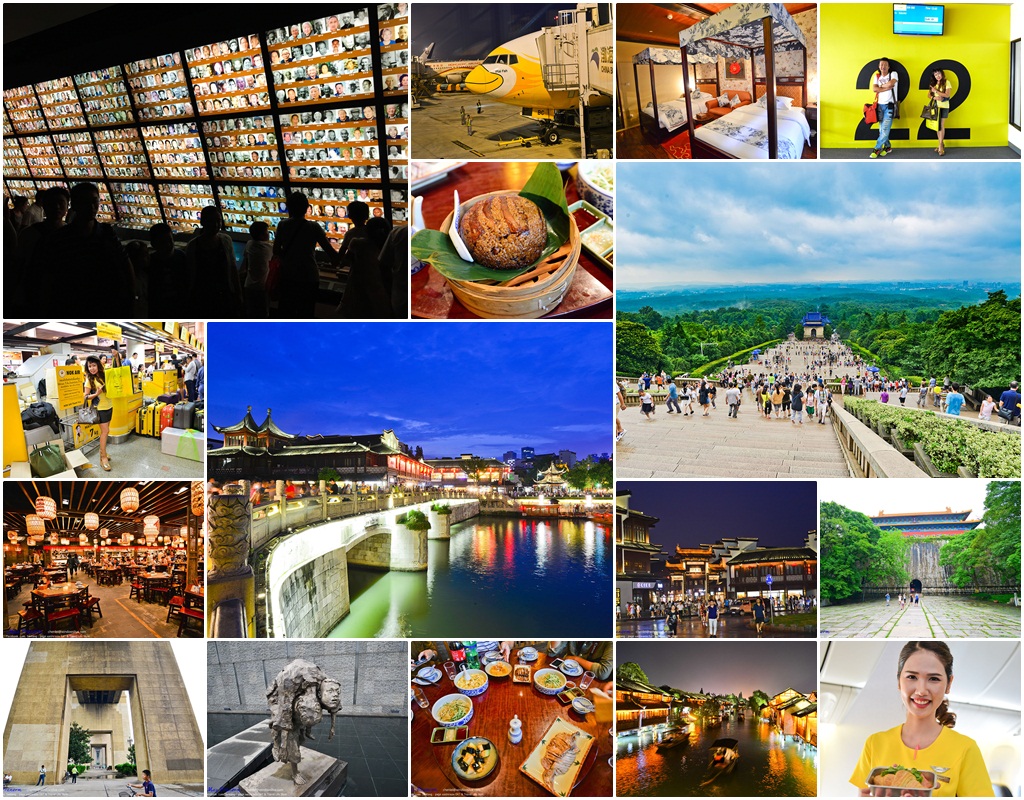
If you want to ask for more information or simply chitchat with Mae Pranorm, please visit http://goo.gl/JiW3HZ
Or on Facebook, we will be more than happy to have you as a friend here https://www.facebook.com/luie.saetang
Like usual, I will ask for some encouragement.
If you like this review, you can tip us a support by clicking + at the bottom left corner.
Thank you very much.
Before getting on the trip, let's see some of the basic information.
Nanjing is in Jiangsu Province and it has a history dated back to 500 years BC. It used to be the capital city of Chinese empire during the 3-6 Century as evident from the remaining historical evidence like the animal sculptures or carved stones all around the city.
Nanjing is located on the Southern Yangtze River on the Eastern part of the Zhijin mountain ( the golden purple mountain). This is due to the rocks at the mountain will turn into golden purple when shining by the sun. To the Western side is the Ching Liang Shan mountain.
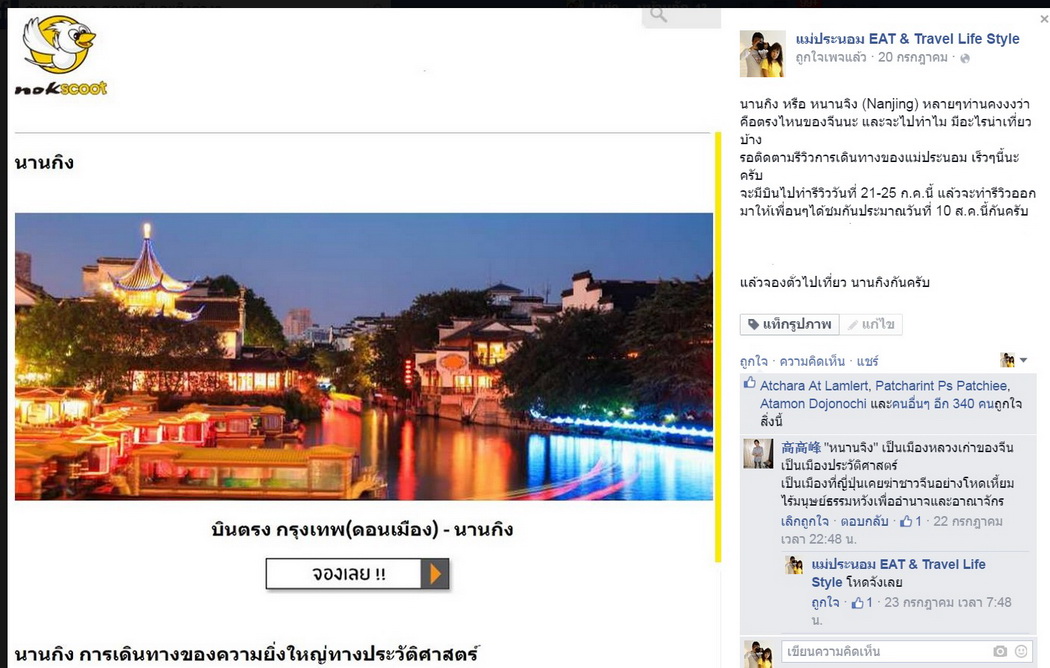
Then we come to check in and we also get a survival kit.
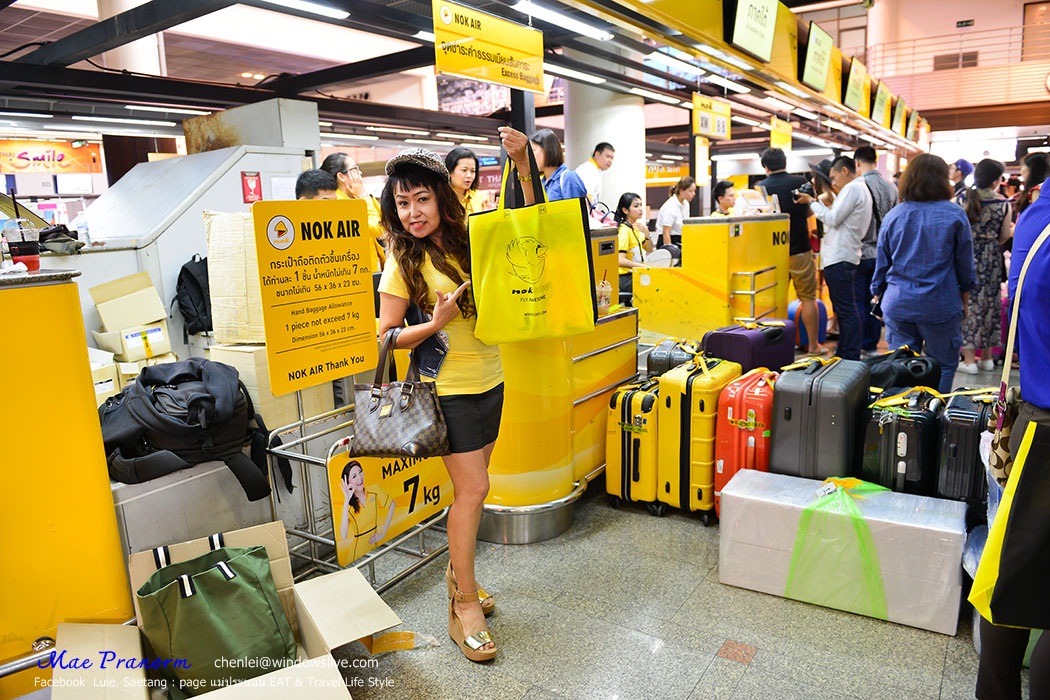
Inside the bag is the guide to survive in China, let's memorize some of these words.

All the attractions that we will be traveling to.

This is the hotel that we will be staying.

Nanjing from the Map

Nong Plai Fah is the aircraft that will take us to explore Nanjing, it is a Boeing 777-200.

The Beautiful Flight Attendant

This trip, we are very lucky to be offered a business class for our round trip, a very kind of NokScoot.
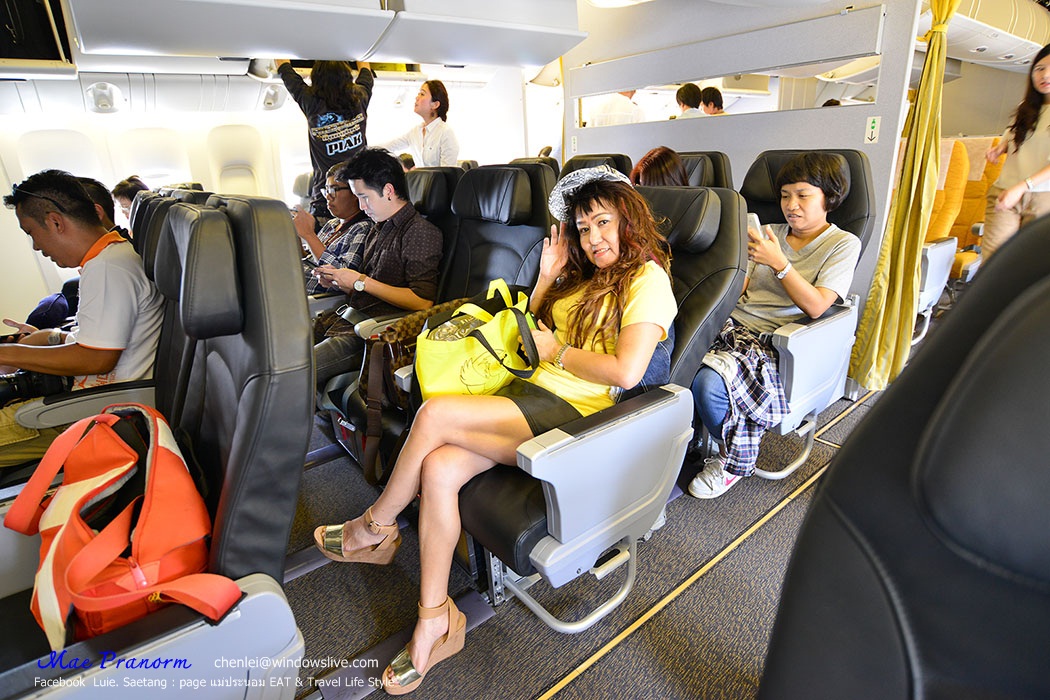
Let's eat something first before going to travel...
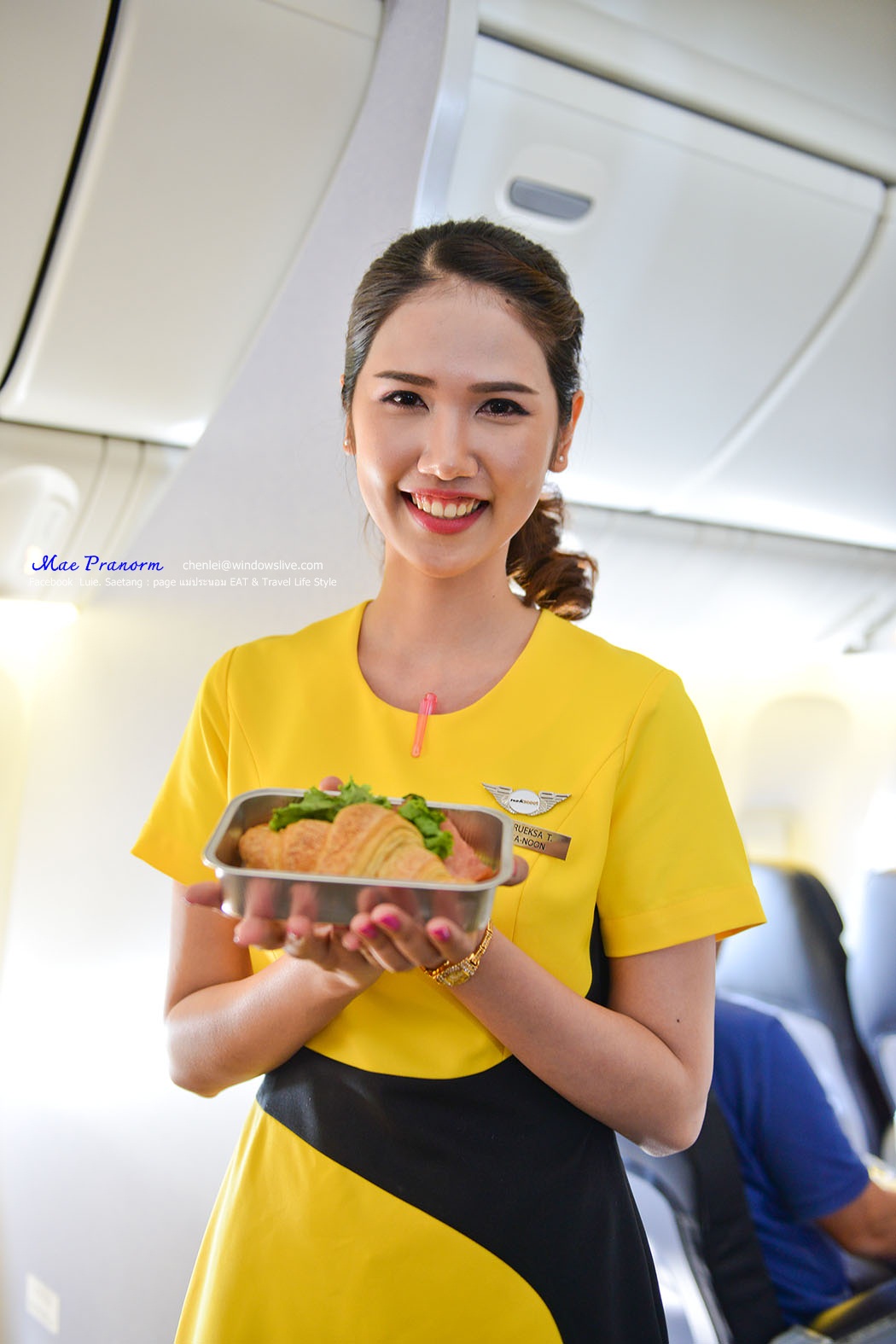
This menu is delicious, a recommended one.
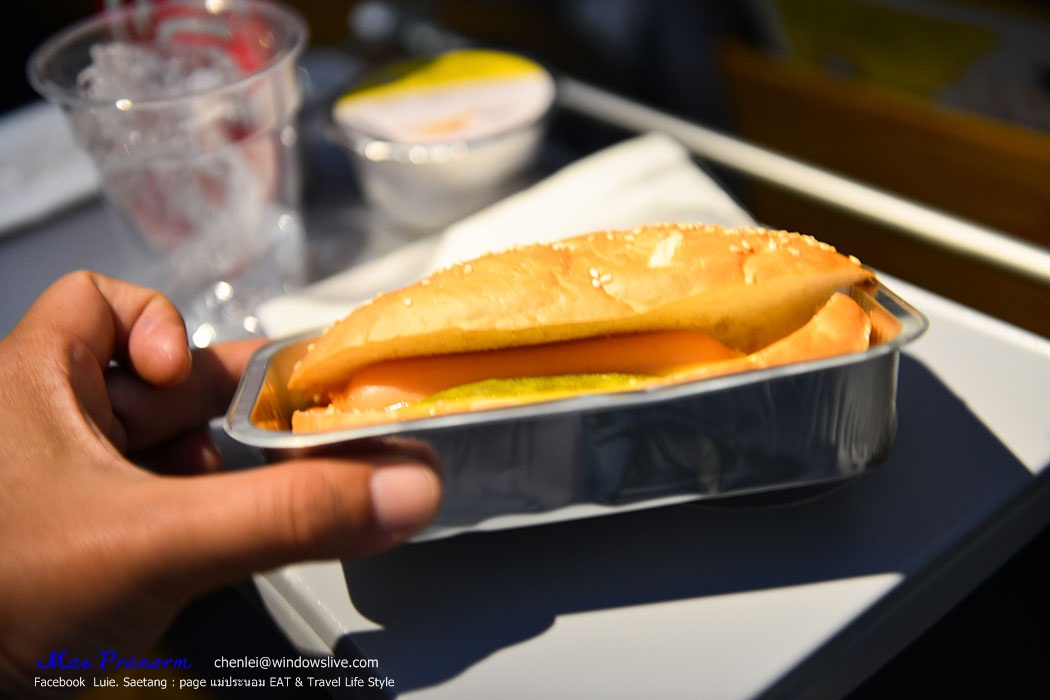
This is the toilet on the business zone, very spacious.
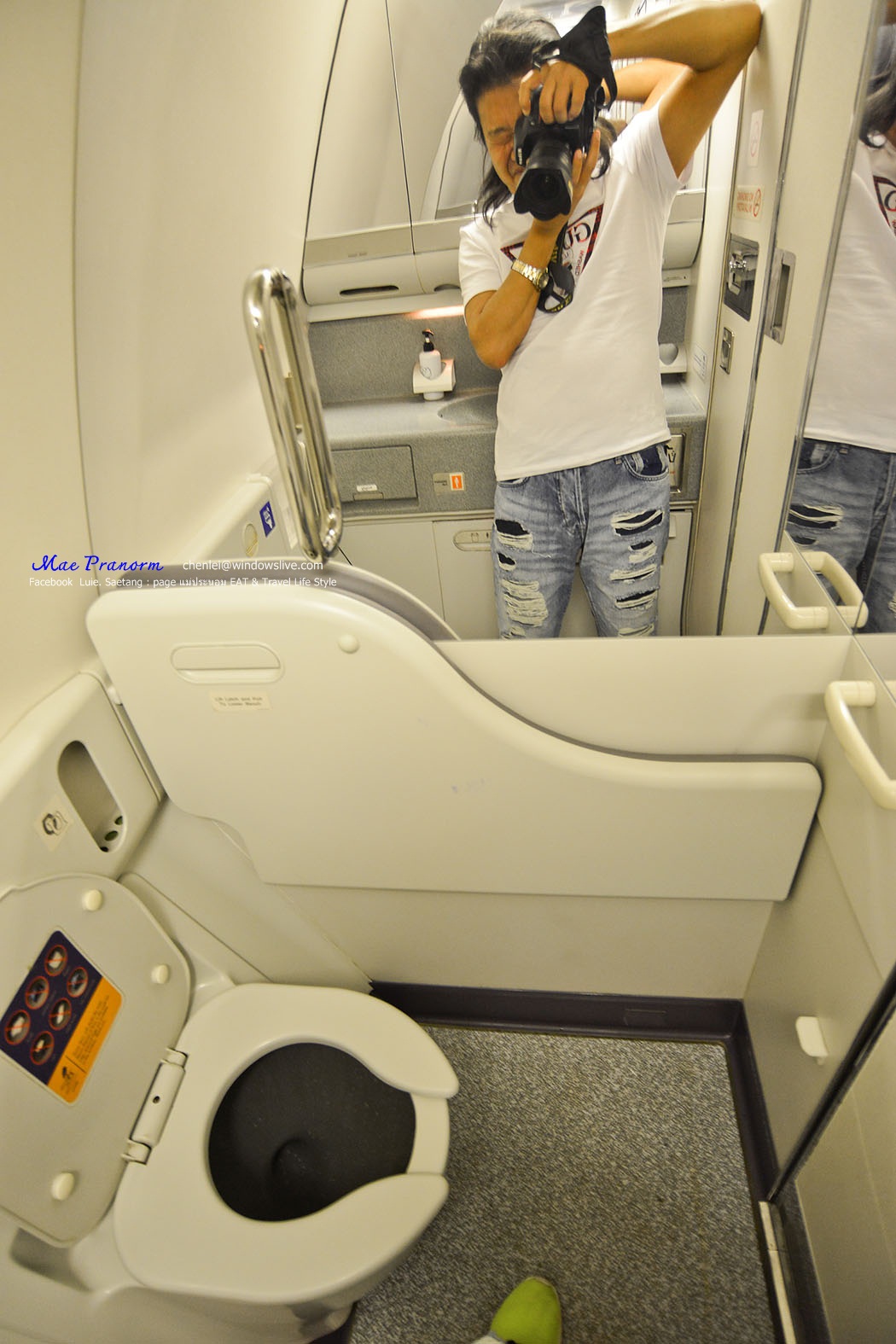
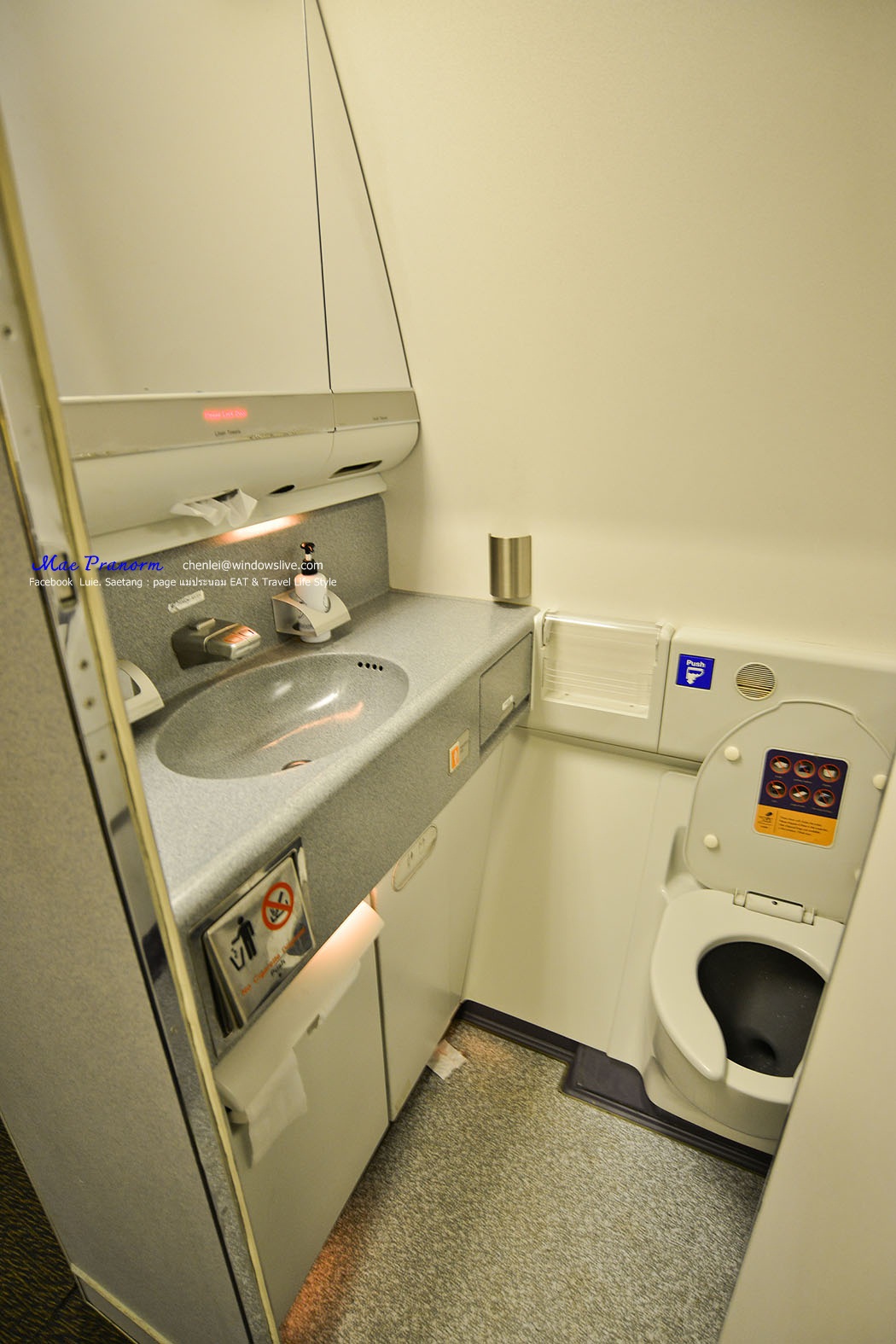
From the airport to downtown, you can take a metro.
From the immigration, turn left and follow the sign that reads Metro.
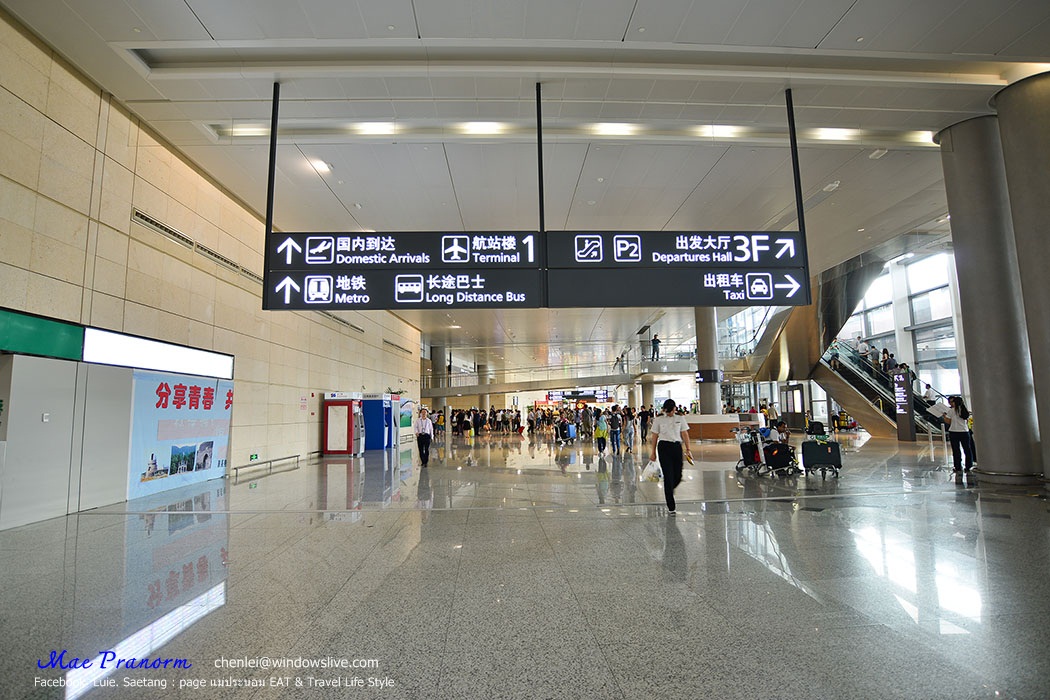
Just continue to follow the sign, it may be a bit far.
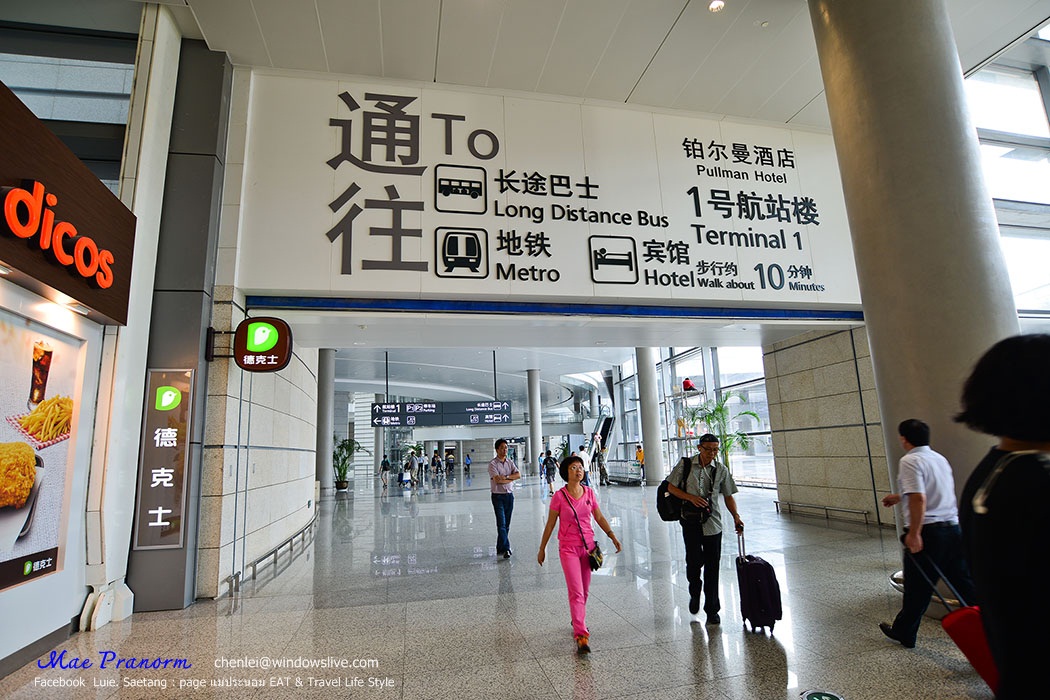
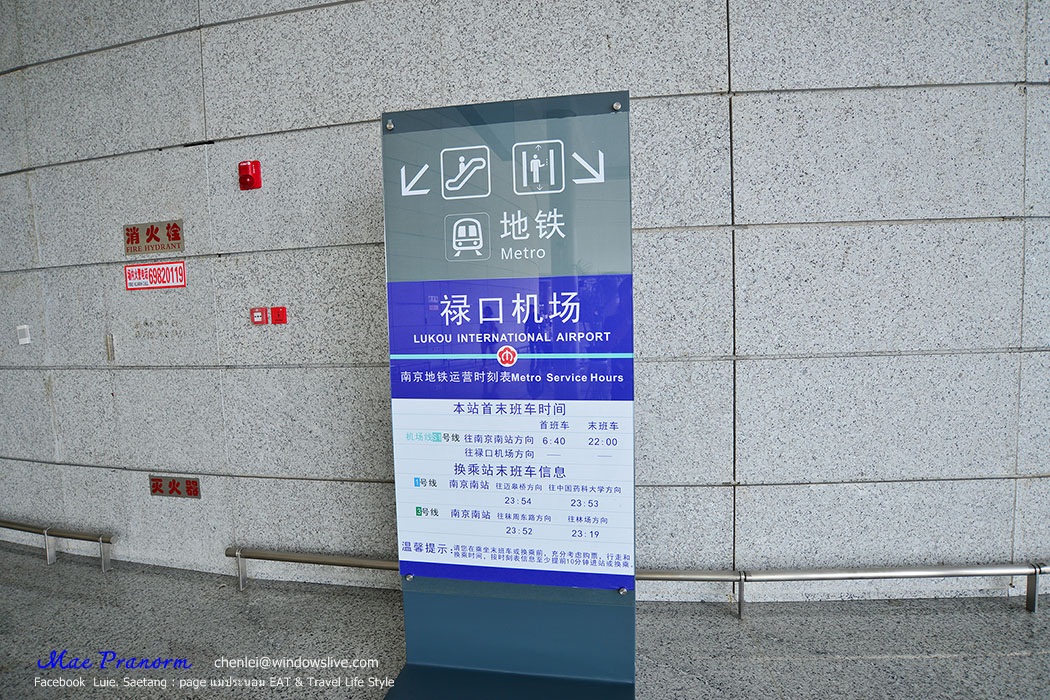
And go downstairs
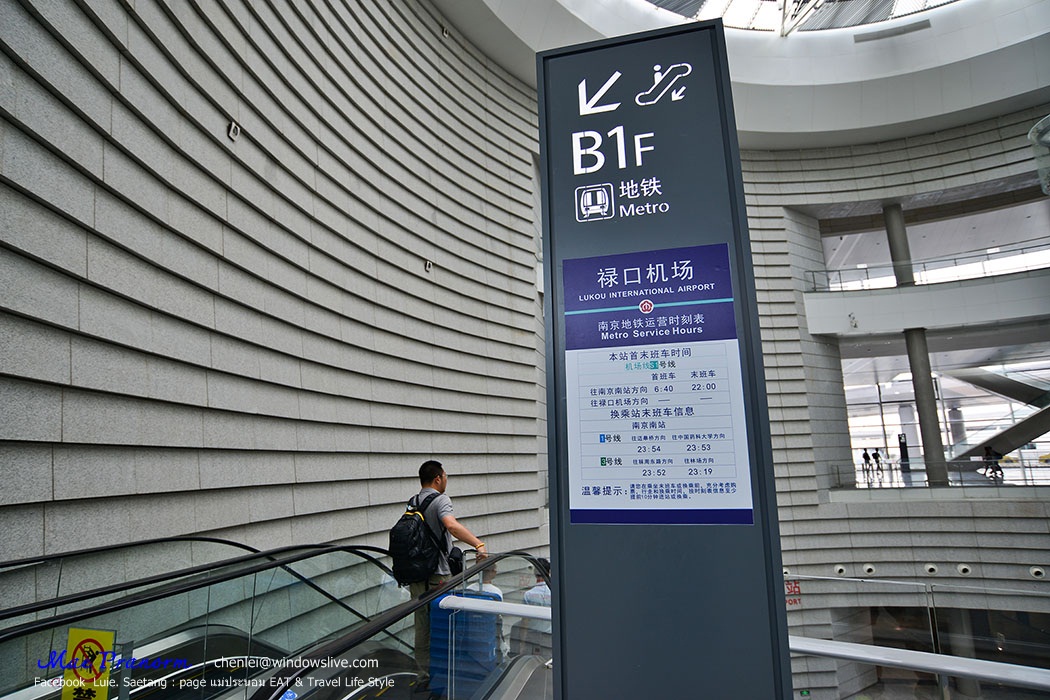
Then buy a ticket from a machine, do not worry, there's English version.

Another way of going to downtown is by taking airport bus.
From the immigration, turn right.
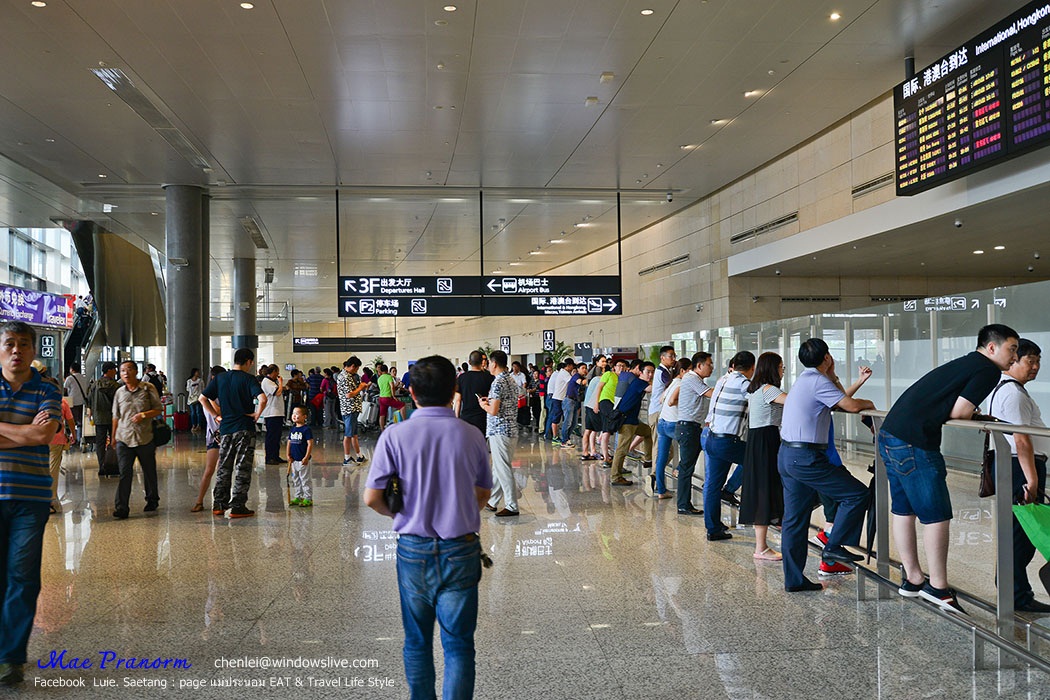
The fare is 20 RMB per person, this is also quite easy and need not to walk far. You will see it once you come out.
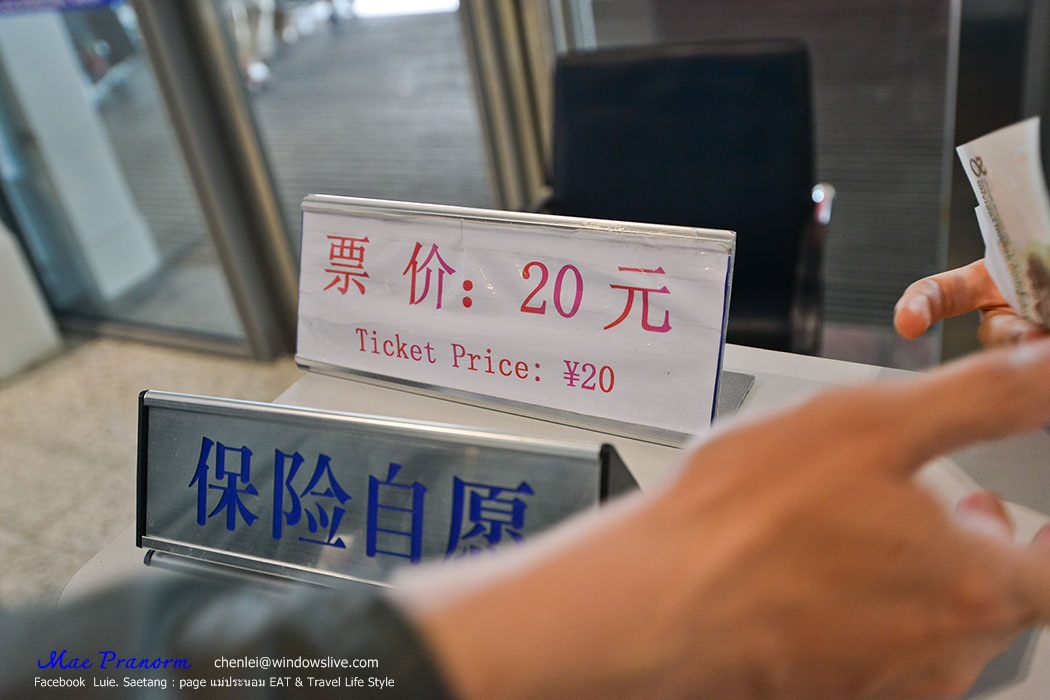
The ticket office is in the middle of Gate 2. After buying the ticket, you can go take the bus from here.
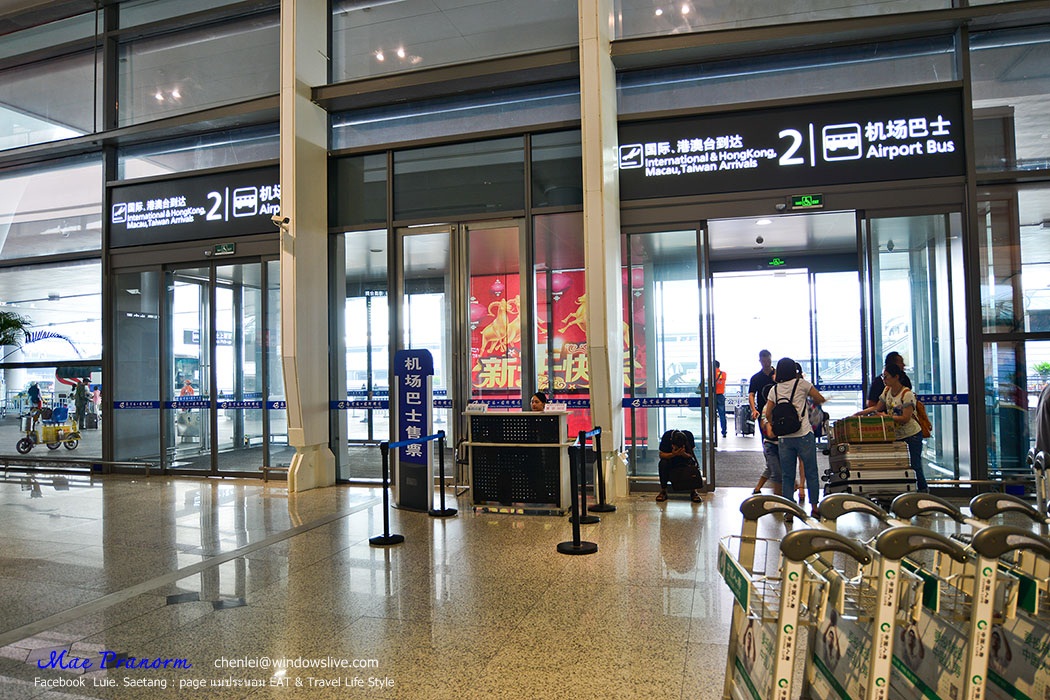
The bus also parks in front of this Gate 2.
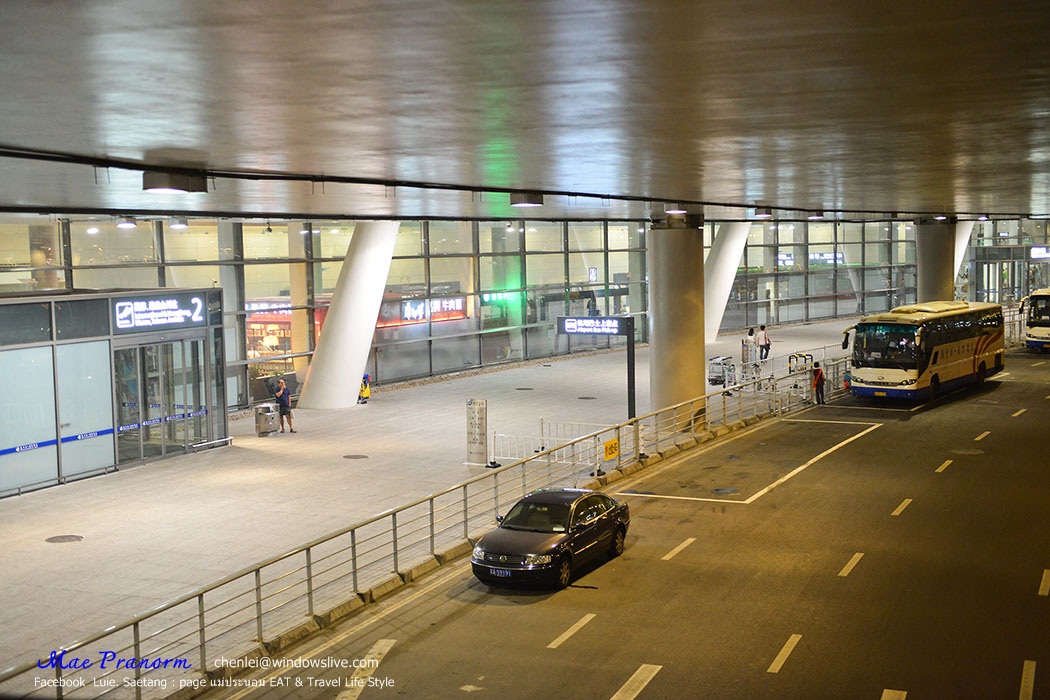
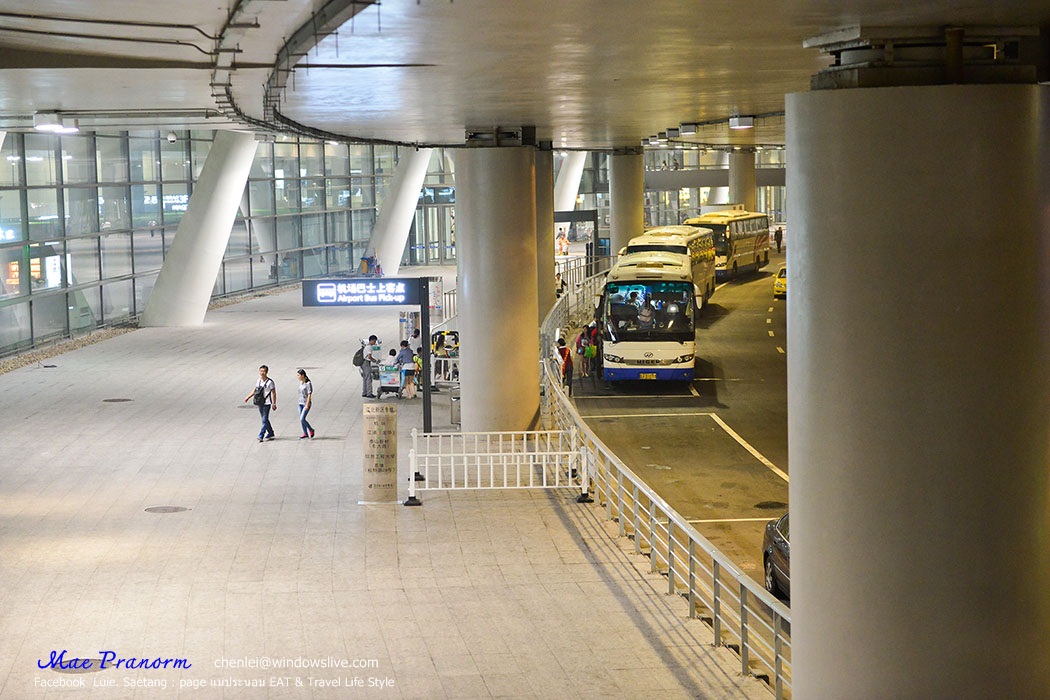
Since we are traveling with a Chinese tour company, we take the company's bus.
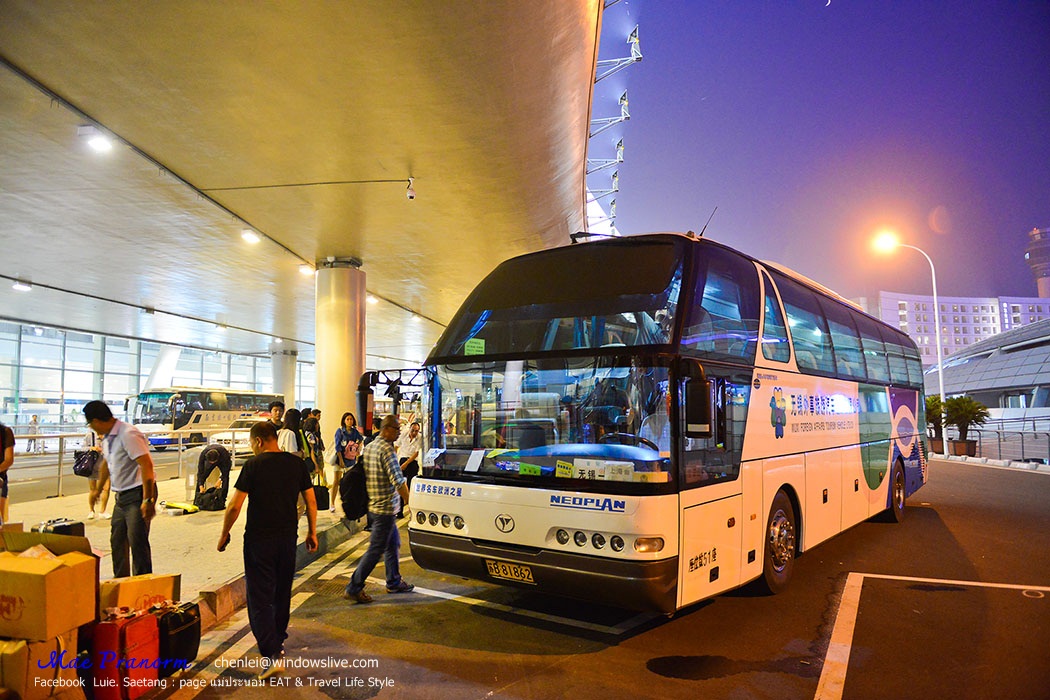
Then, we have a dinner at Zhen Bao Fang restaurant which is very close to the airport.

Inside is quite luxurious, and the price is also not expensive.
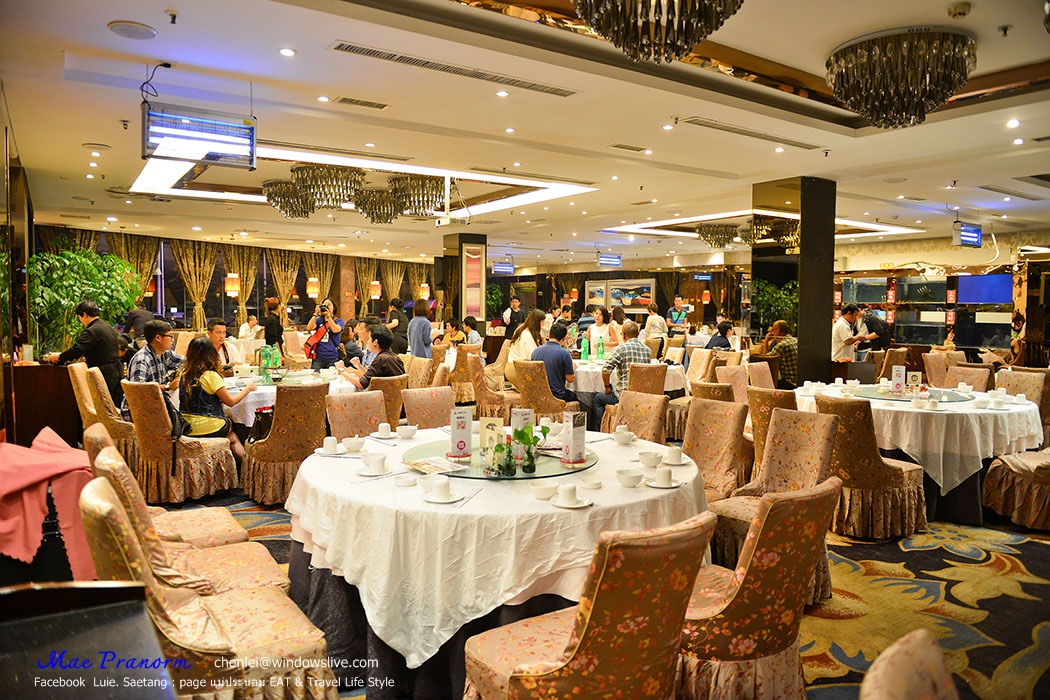
The first night in Nanjing, we are staying at Sofitel Galaxy Nanjing which is located at the heart of the city.
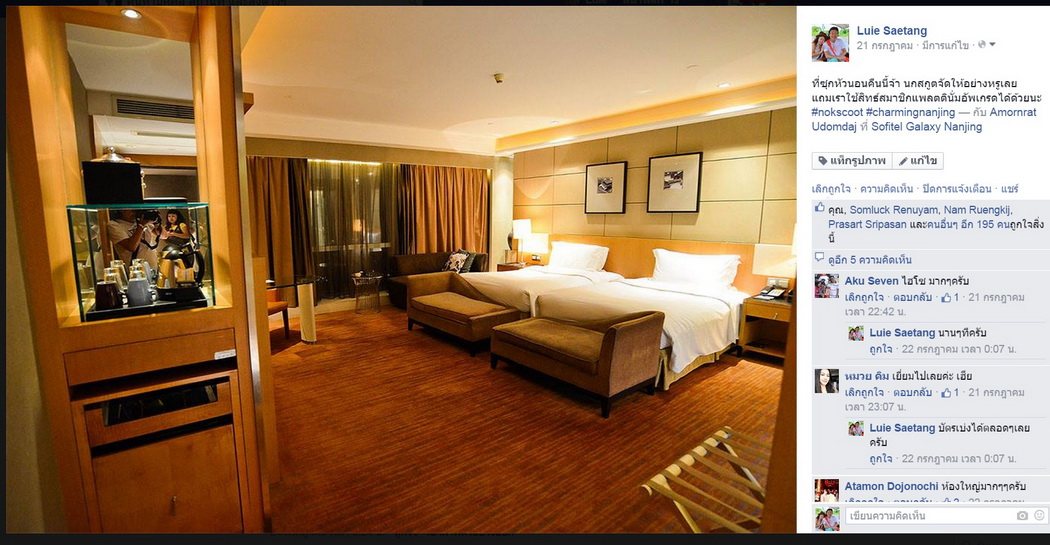
The room is luxurious, a 5 star hotel.
I check on the website and it seems the price is not that expensive.

Let's see the room. This room is an upgraded one since we are the member of this network so we get upgraded by our platinum member card.
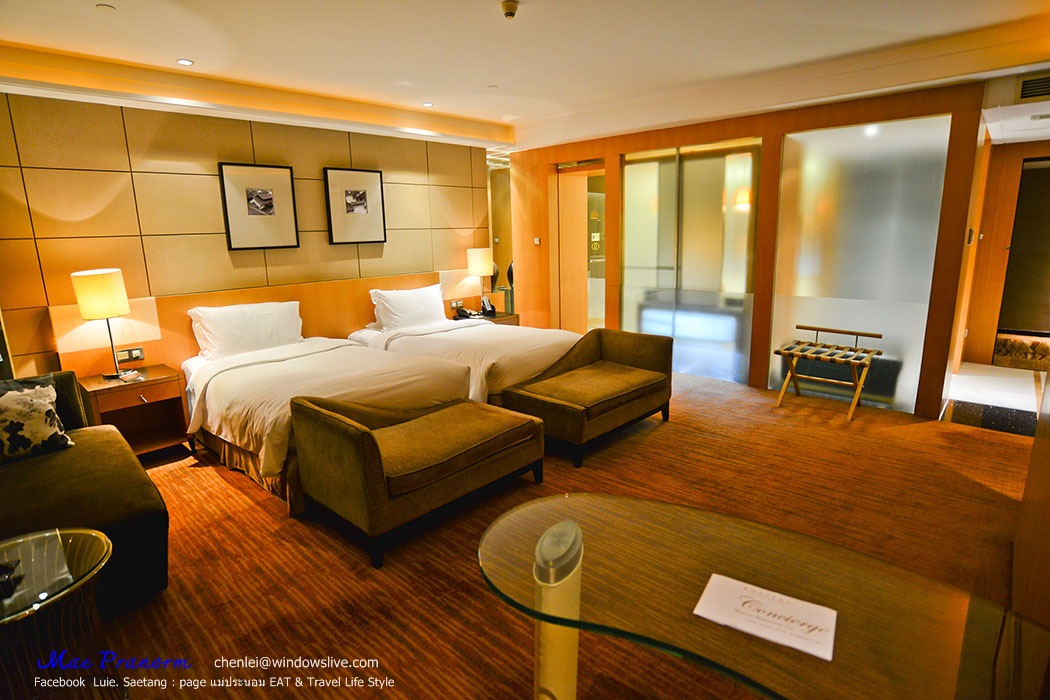
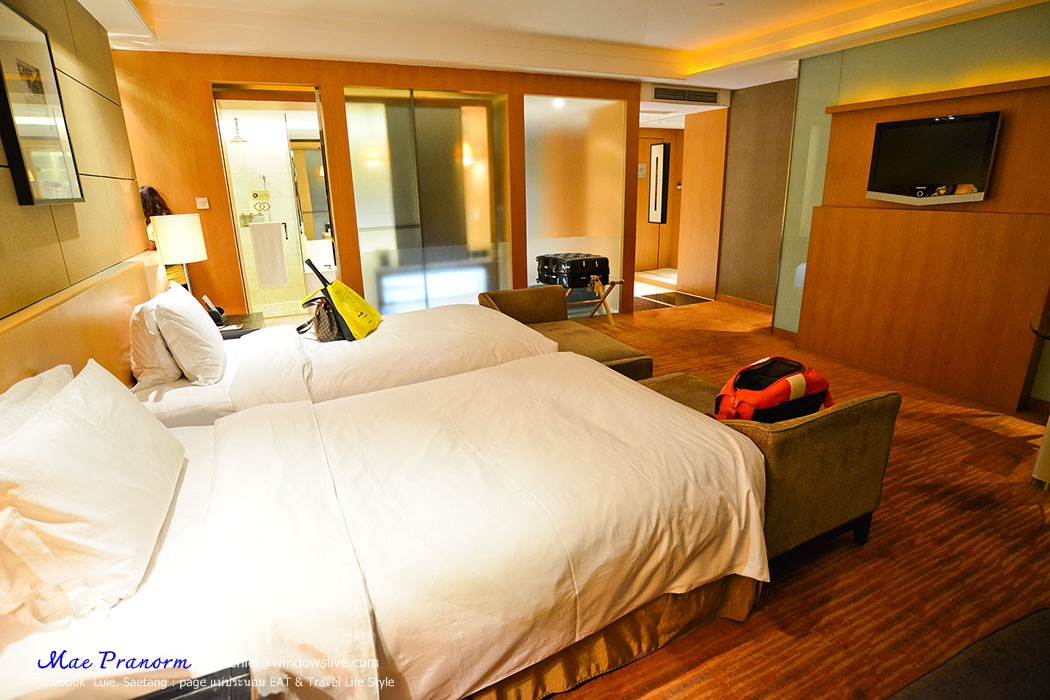
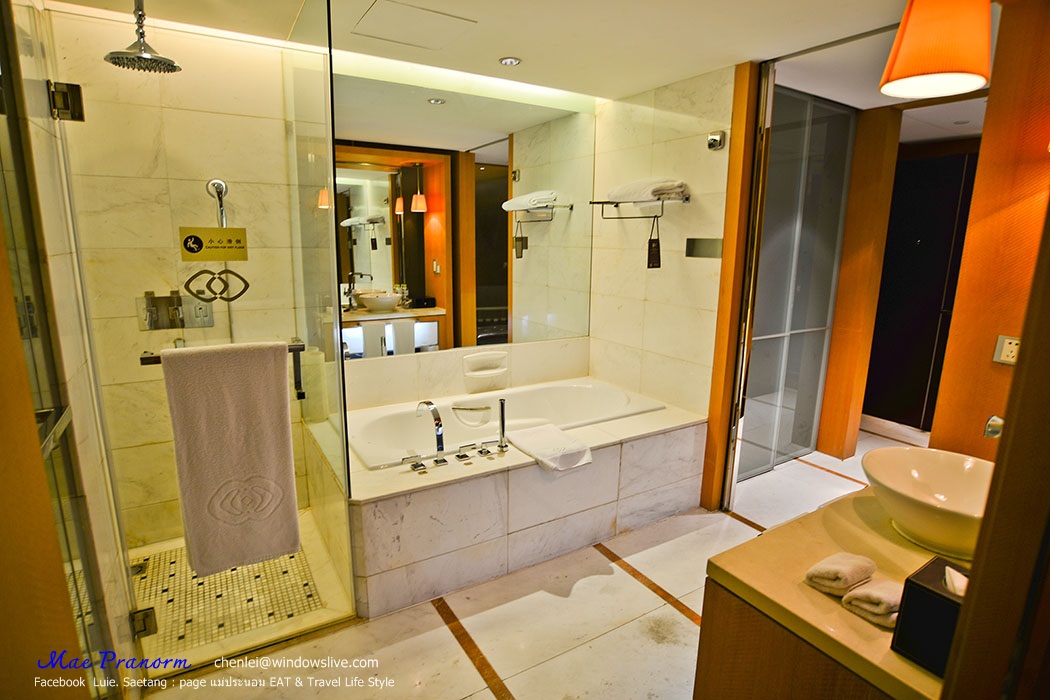
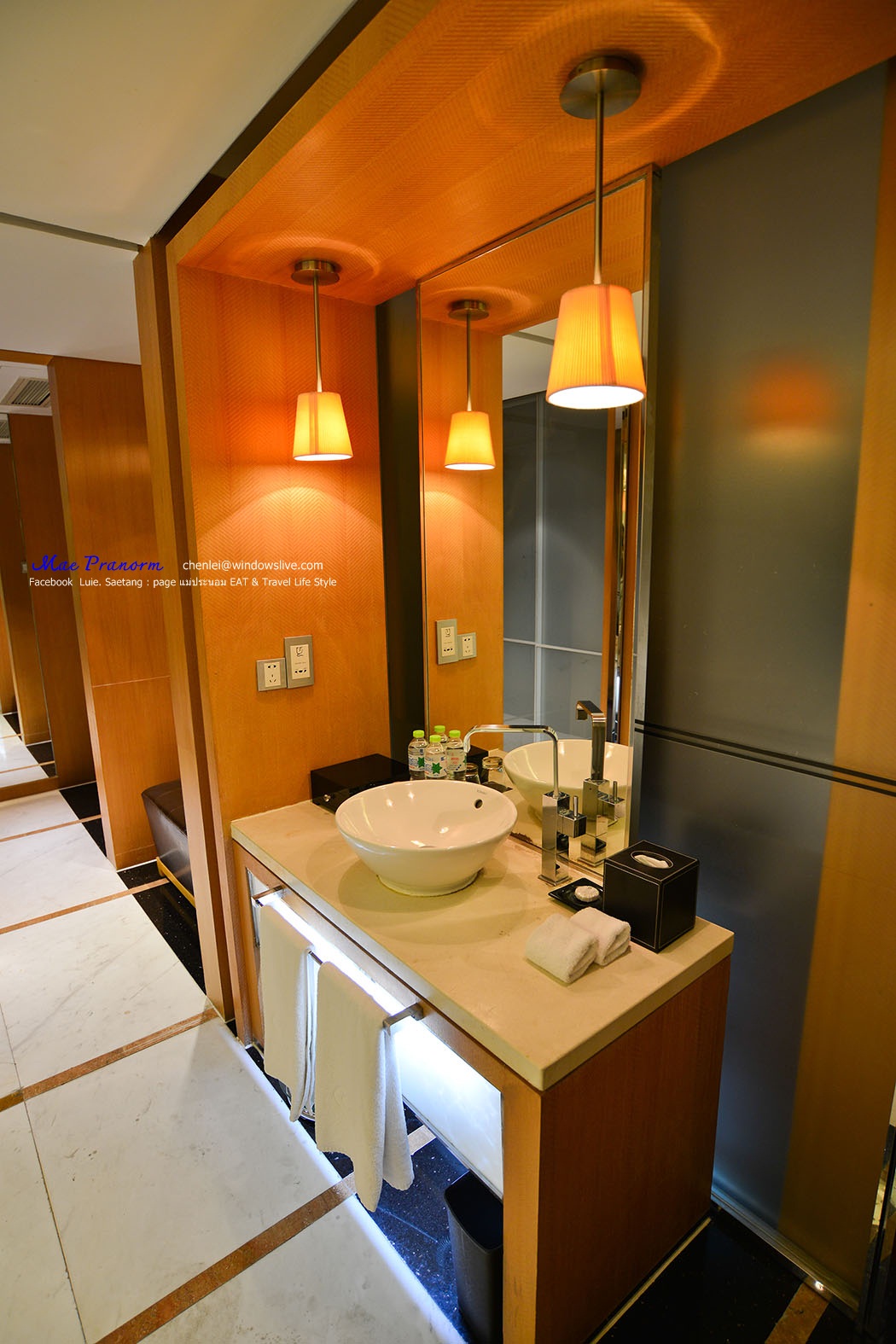
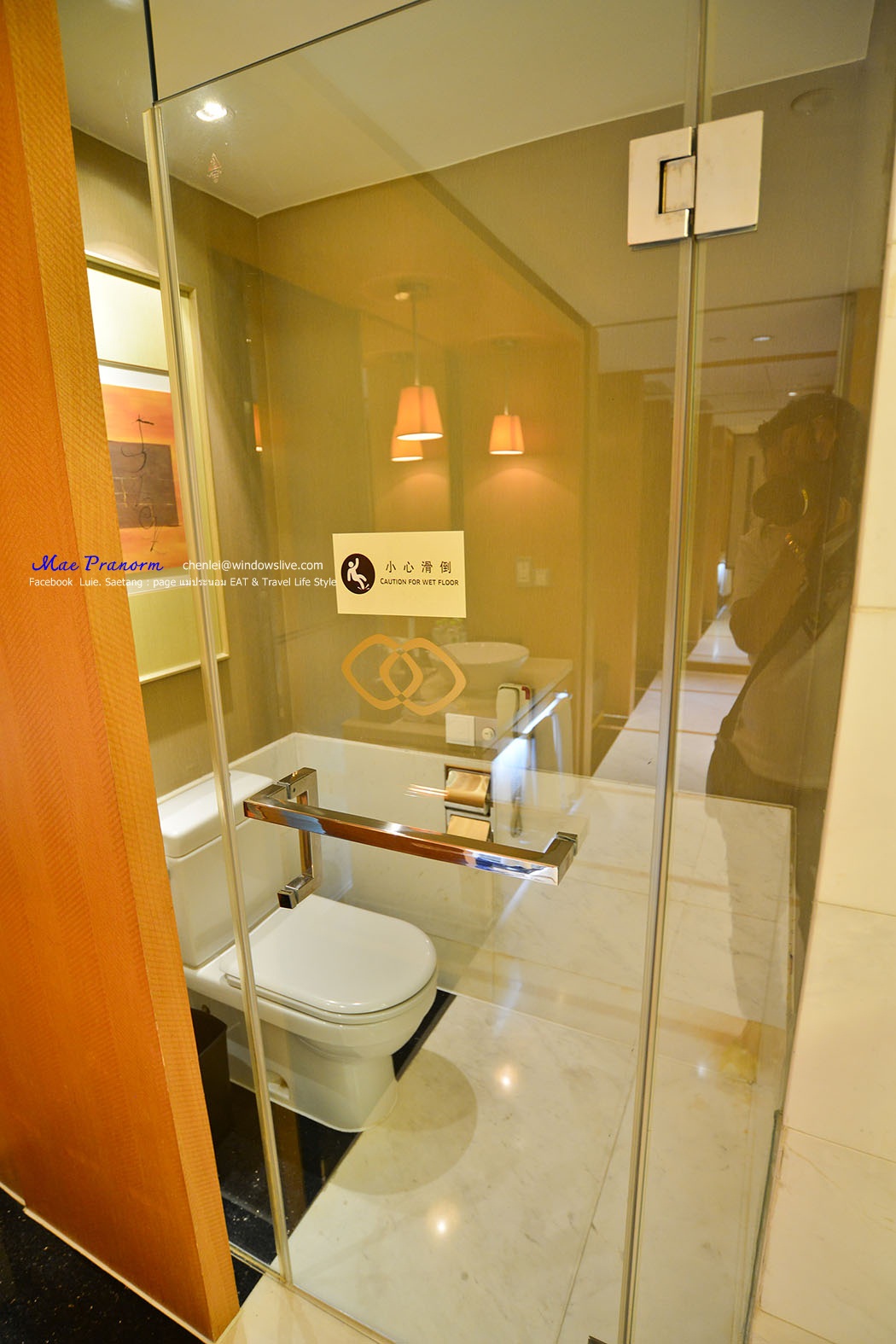
On the next morning, after breakfast, we packed and checked out in order to travel and stay over night at the ancient town Wuzhen. It is a 4 hours bus ride with a distance of 260 kilometers.
Let's get to know about this ancient town so that we can have a fun traveling time.
Wuzhen sub-district is a local ancient city that is rich in historical sites and antiquities. It is located in Tong Xiang District of Zhejiang Province on the East coast of China. It is also situated on the Da Yun He, the longest man-made grand canal in the world. It is only 100 kilometers away from Shanghai and 60 kilometers from a famous tourist place like Hangzhou. Wuzhen has a 7,000 years of civilization and more than 1,300 years of town building history.
The Ancient Town Wuzhen
It is a famous ancient city of Zhejiang Province which is located along Taihu Lake, a large lake that covers areas of Zhejiang and Jiangsu Province. It is the ancient town that still largely conserve and preserve their houses in Qing Dynasty style, for instance, the pattern of wooden carves on windows or the exquisite rock carvings.
This town is named "Venice City of Zhejiang Province", it has a history of over 1000 years. We can see the way of life of Wuzhen people on the waterfront. This place is a reflection of the Jiang Nan lifestyle, a homeland to "Mao Tun" . We can also enjoy the buildings made during Ming and Manchu dynasty. The environment of the ancient town Wuzhen is still beautiful and livable with a canal running through the town as well as bridges crossing many interesting historical sites and antiquities.
At his place, you will experience the perfect blend of the ancient and the modern town.

Just sitting on the bus for about 4 hours and we arrive.
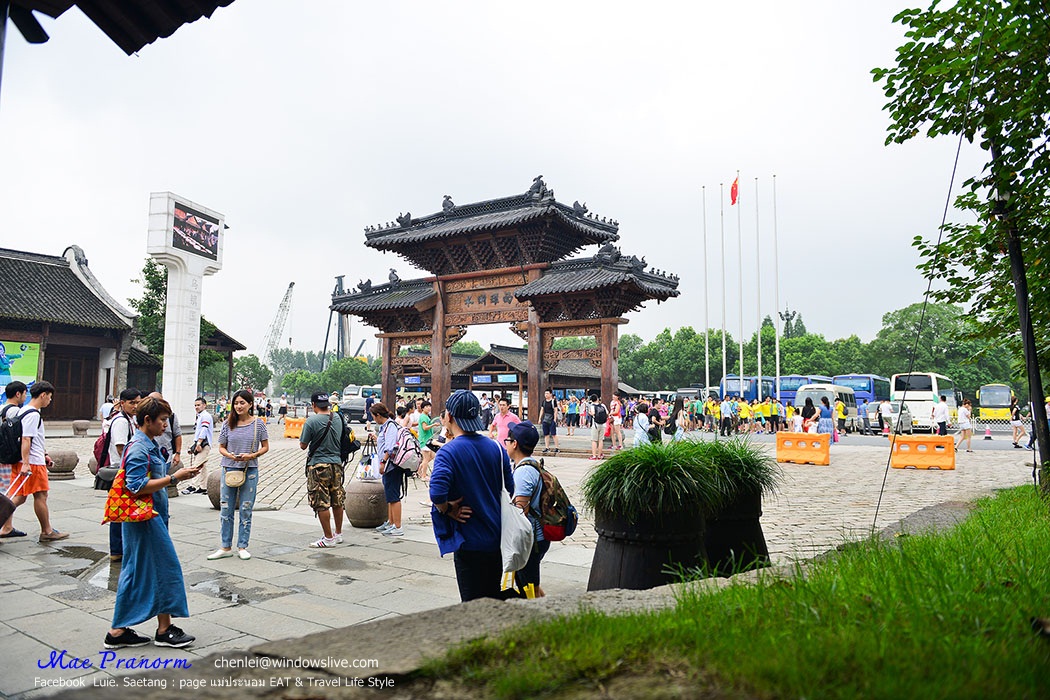
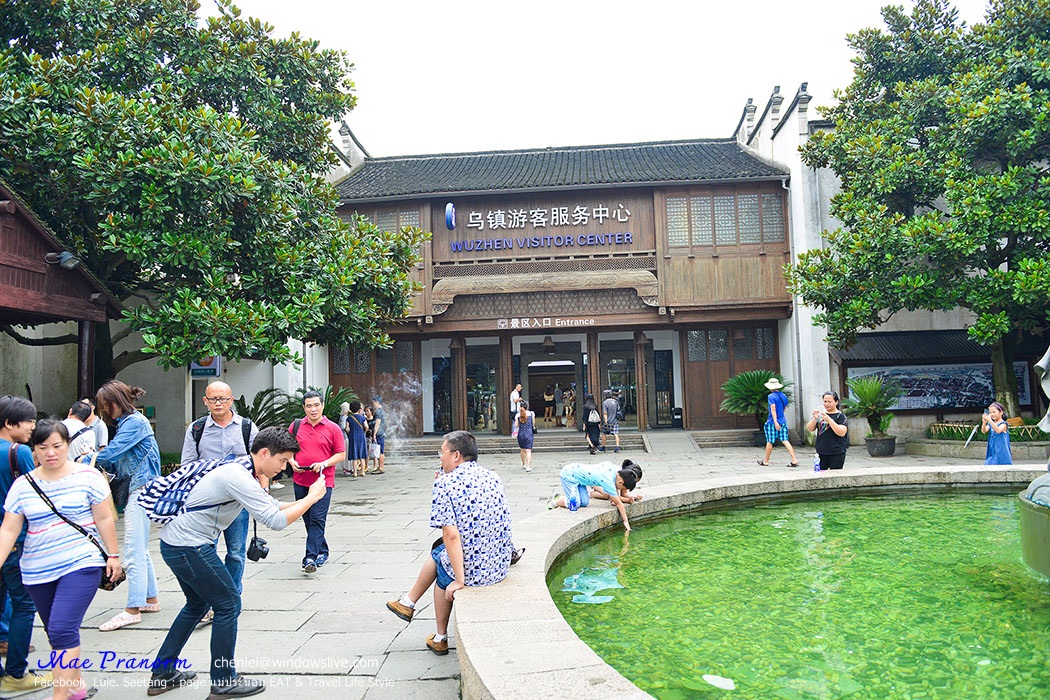
After buying a ticket, now let's go inside.
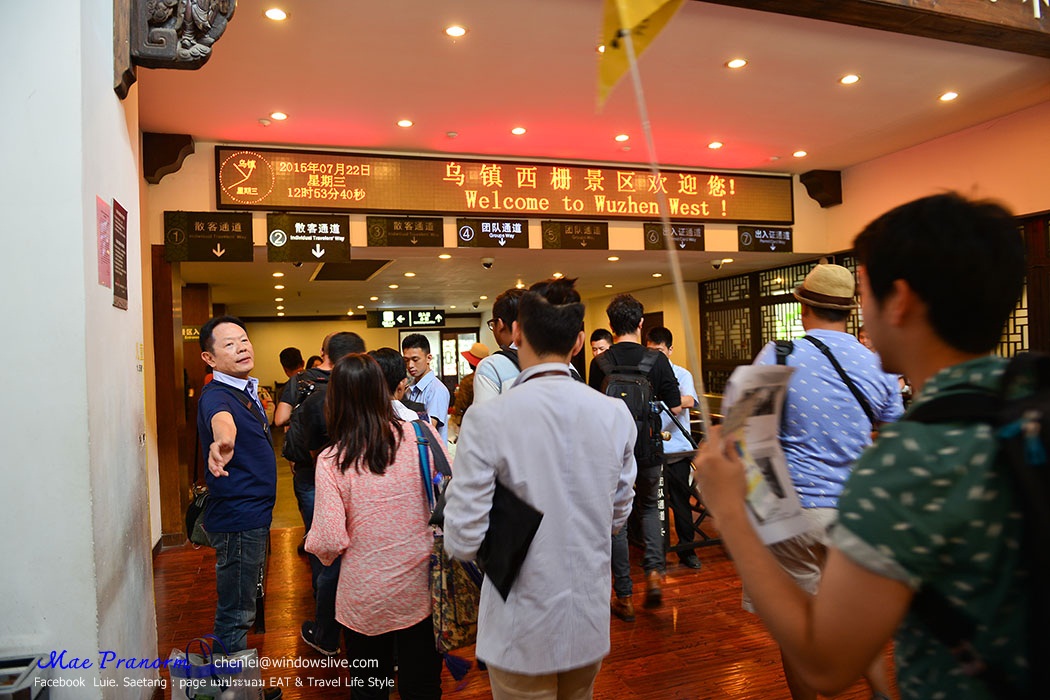
We have our lunch at Fu Sheng Tang restaurant which is located inside this ancient town.
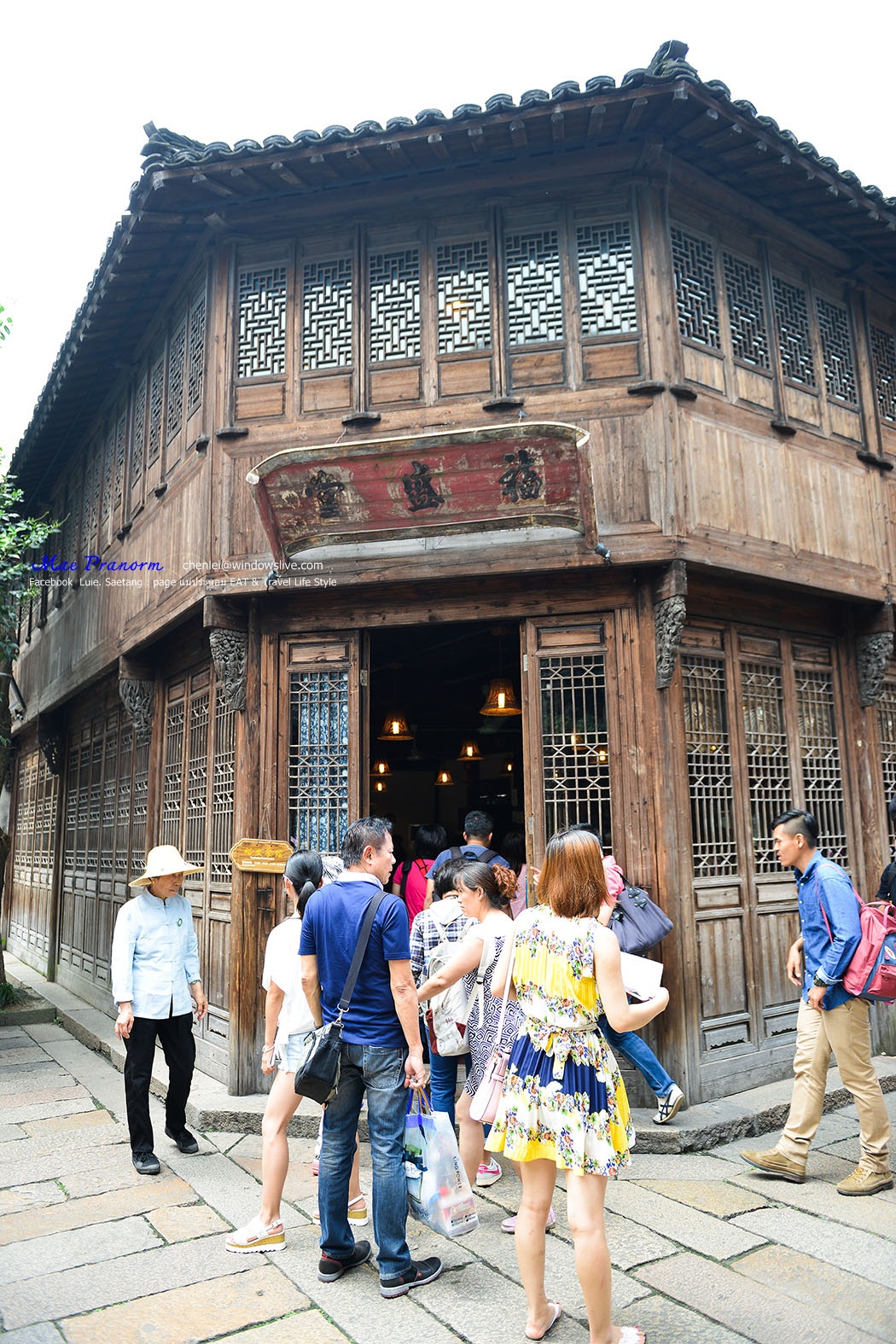
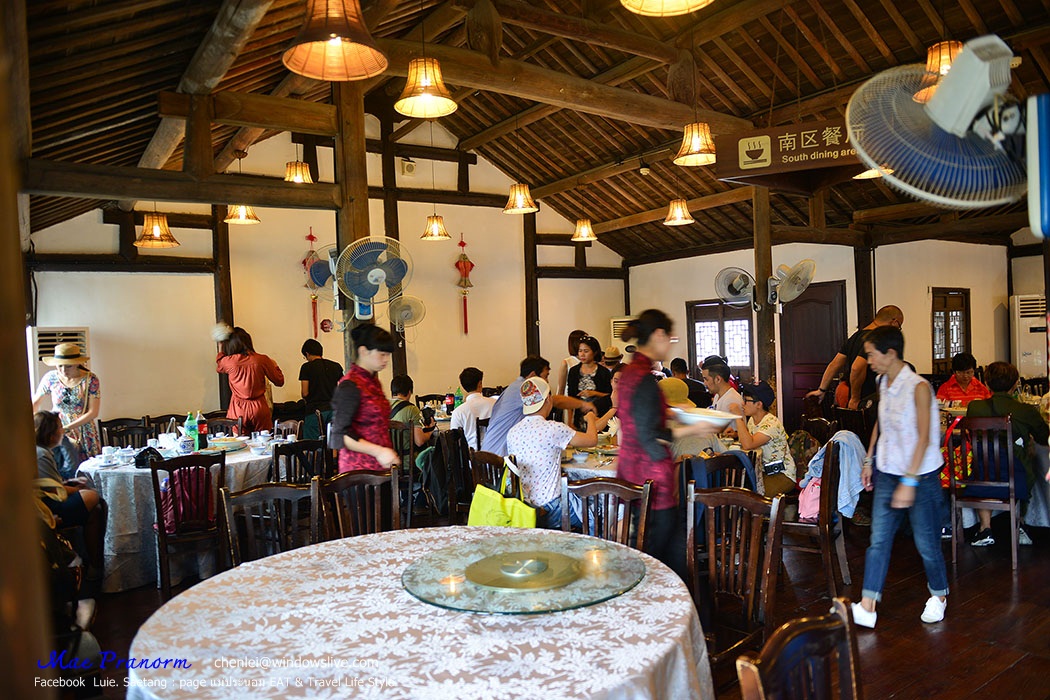
The food comes in full option, it is very delicious and not so expensive.
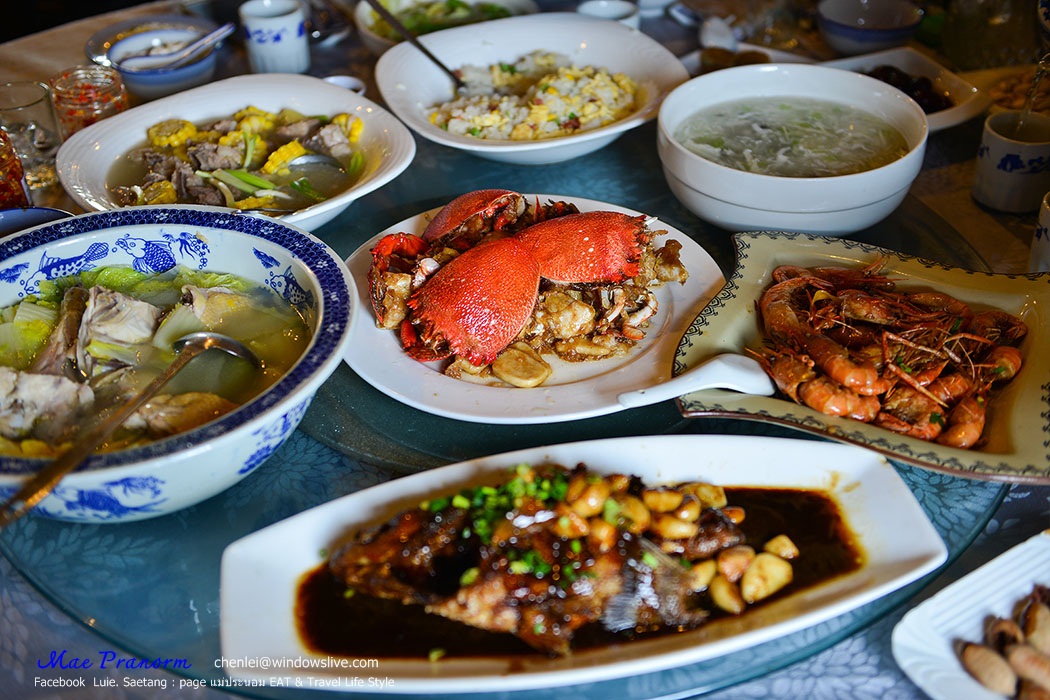
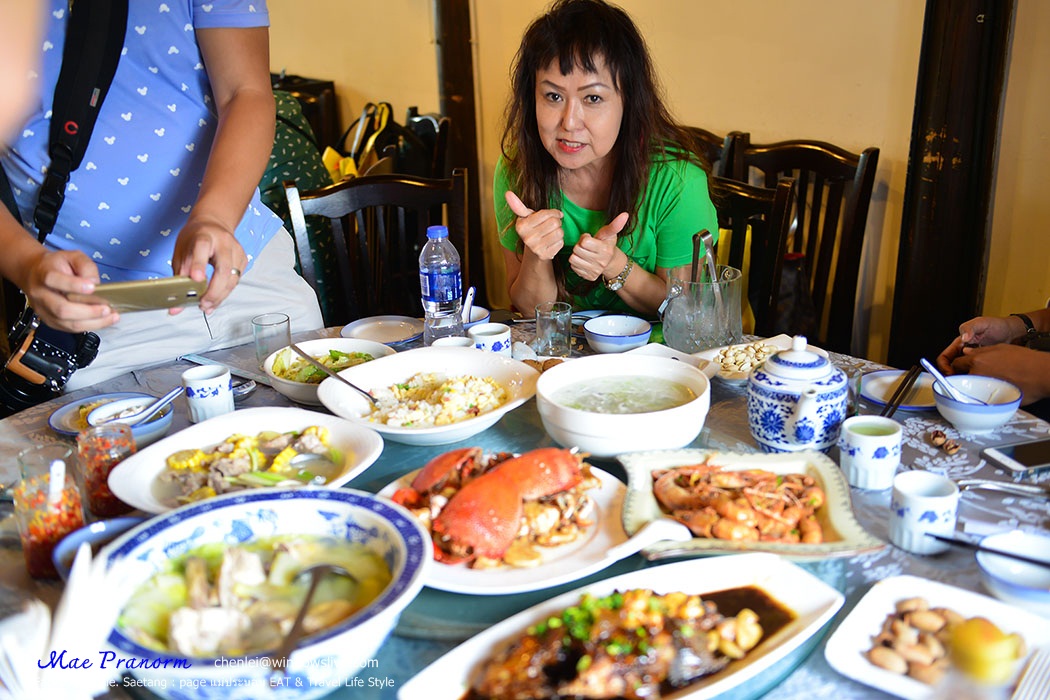
That the stomach is full, now let's explore more of this ancient town.
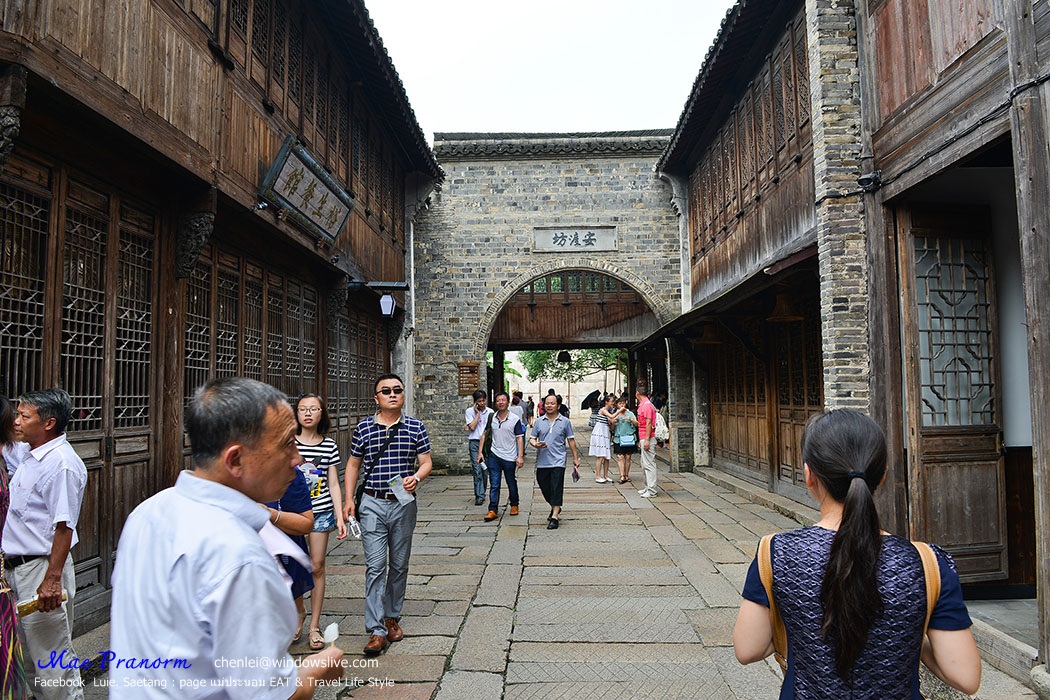
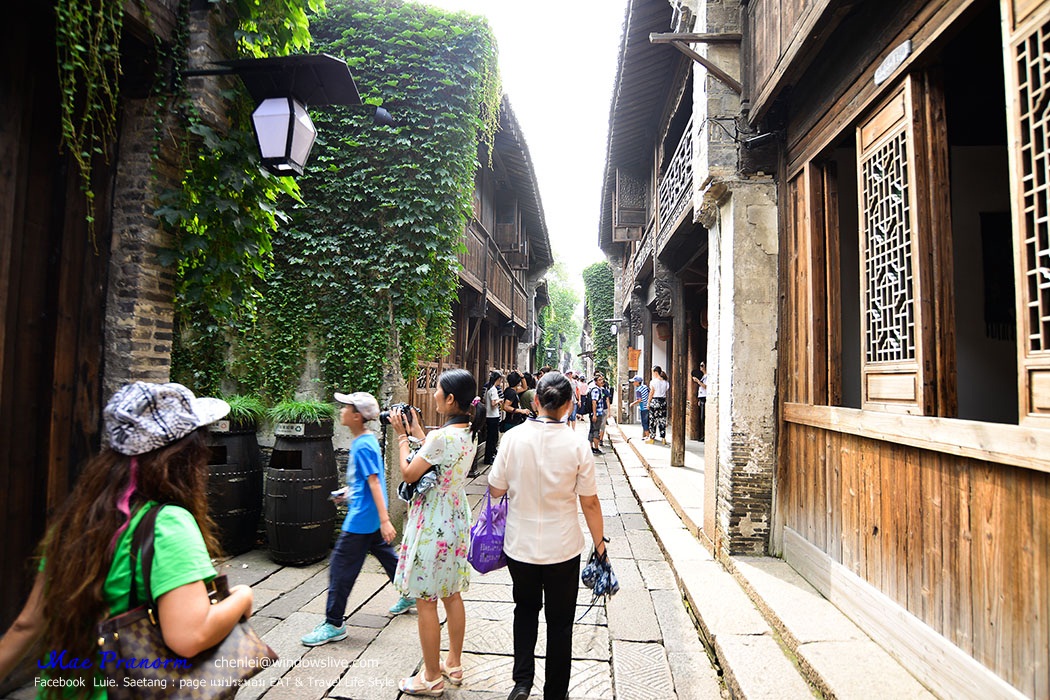
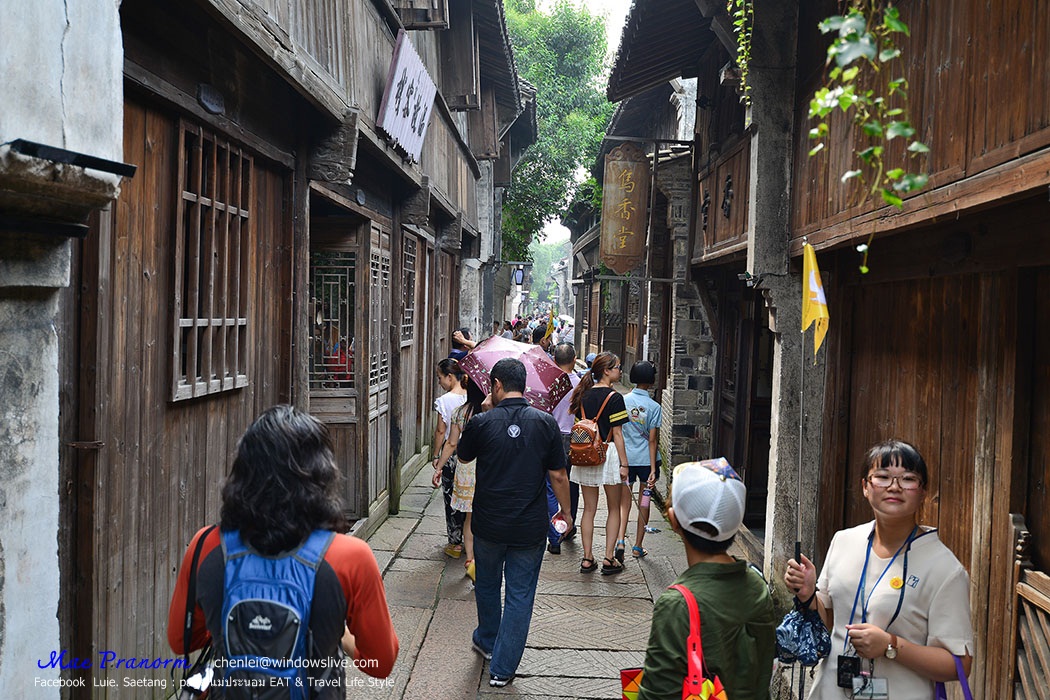
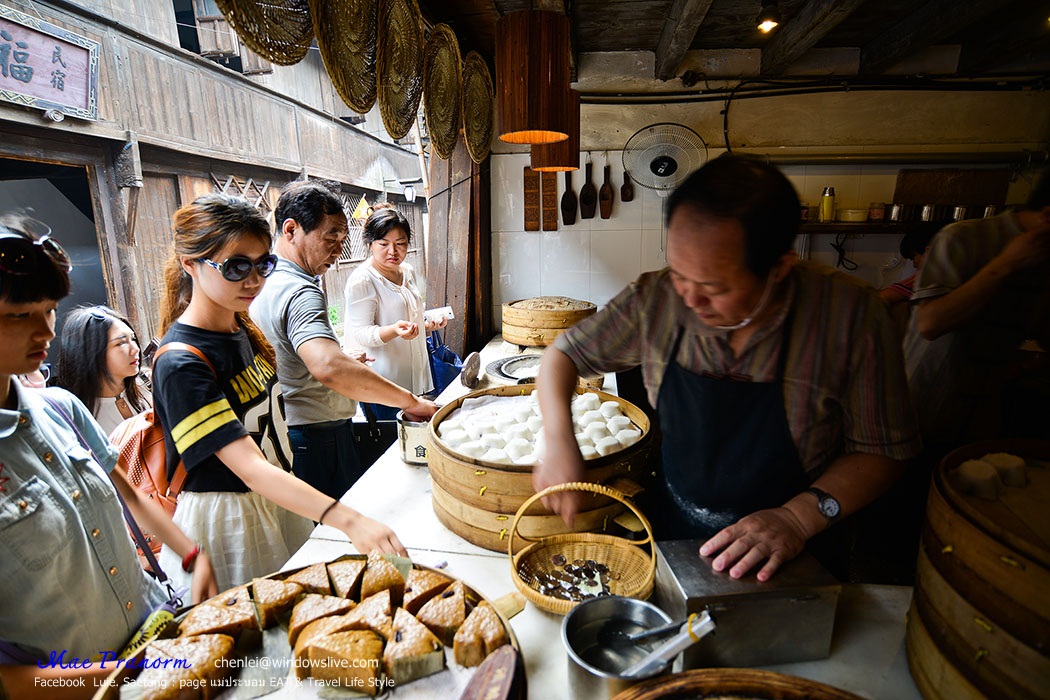
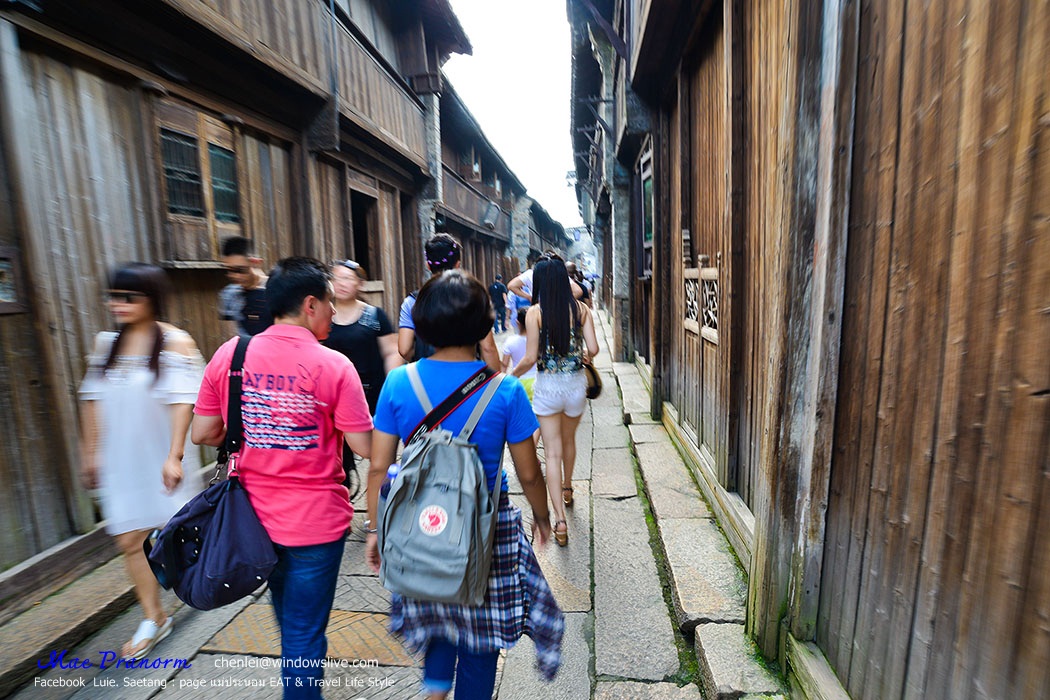
This is the traditional wedding.
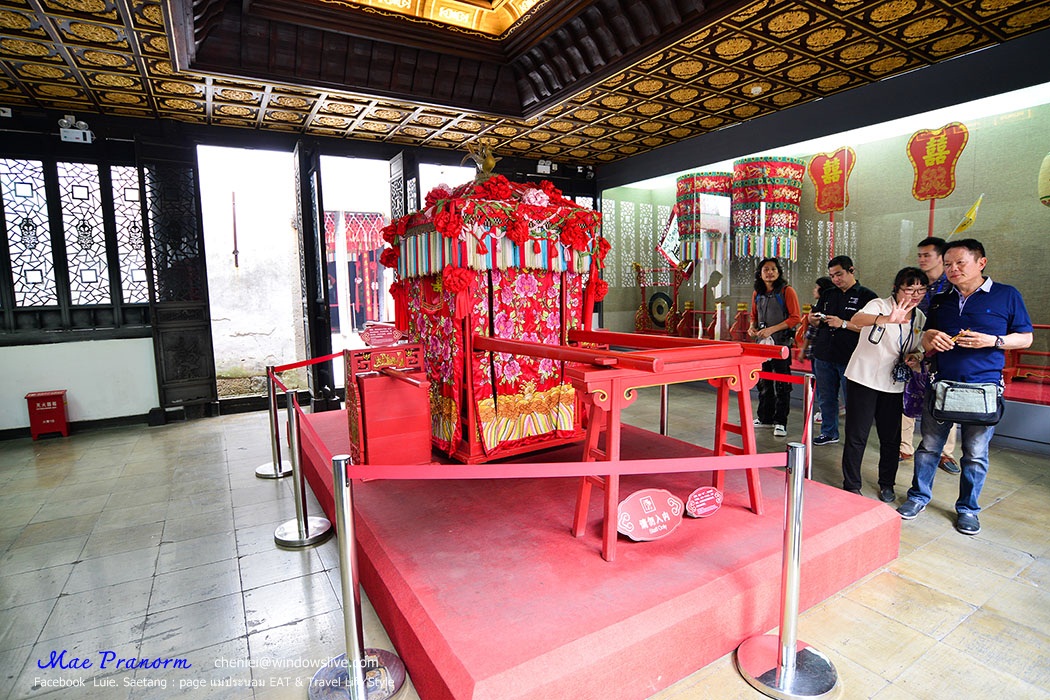
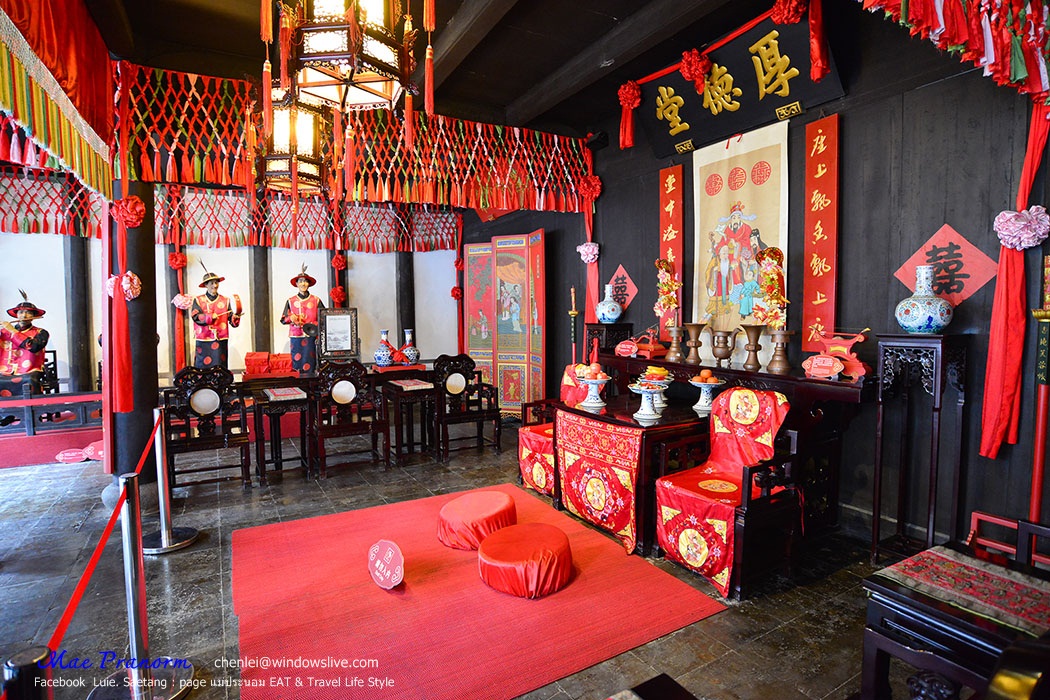
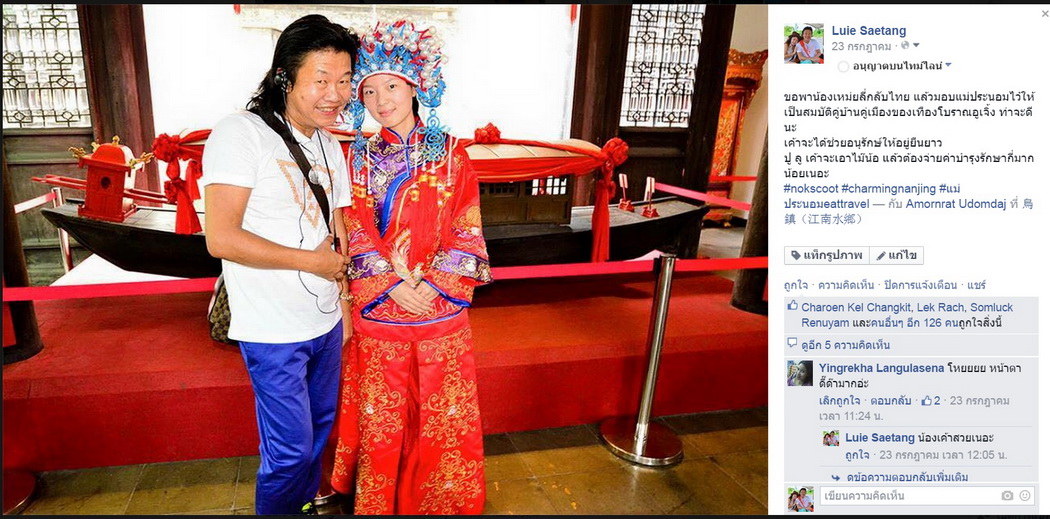
There's also a traditional wedding costume rental service, the price is as listed below.
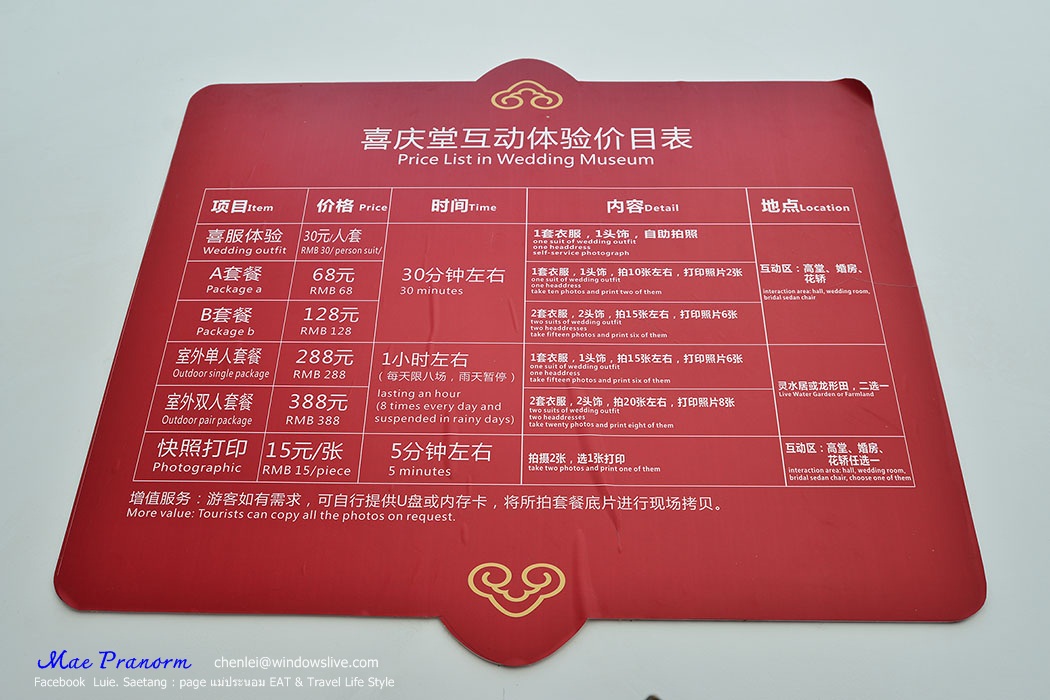
A wide variety of costumes
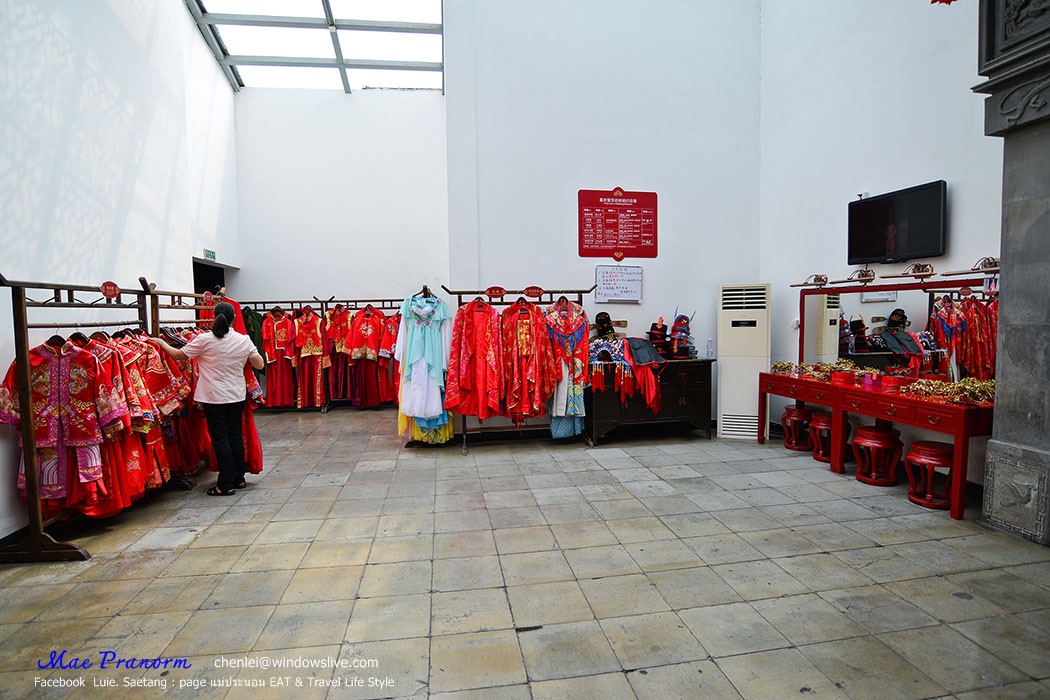
And.... how can we miss?
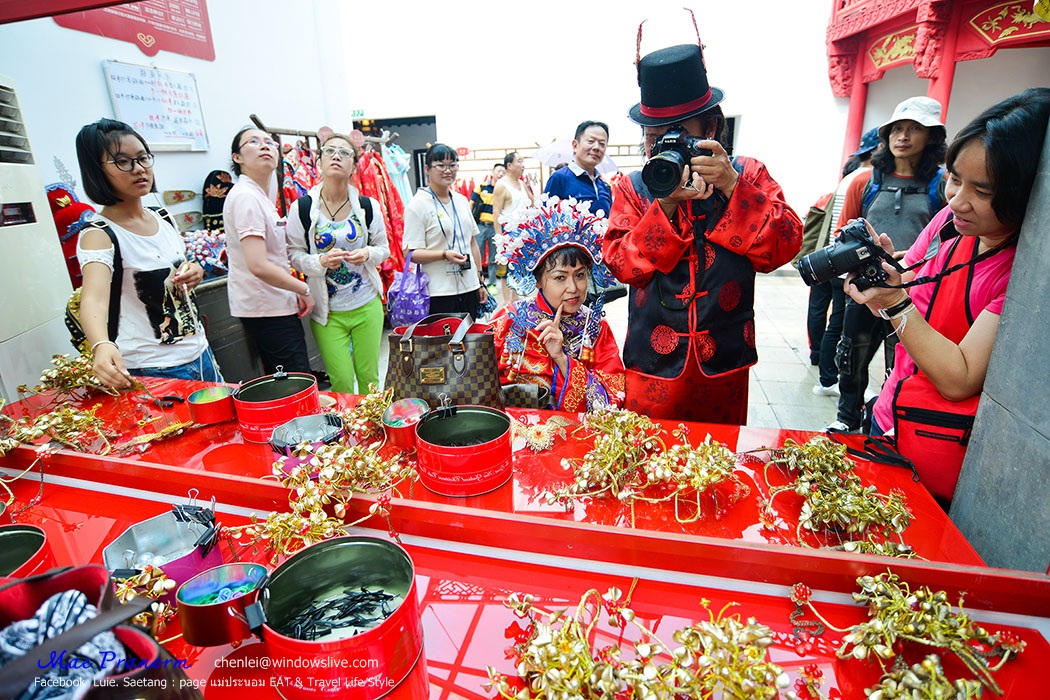
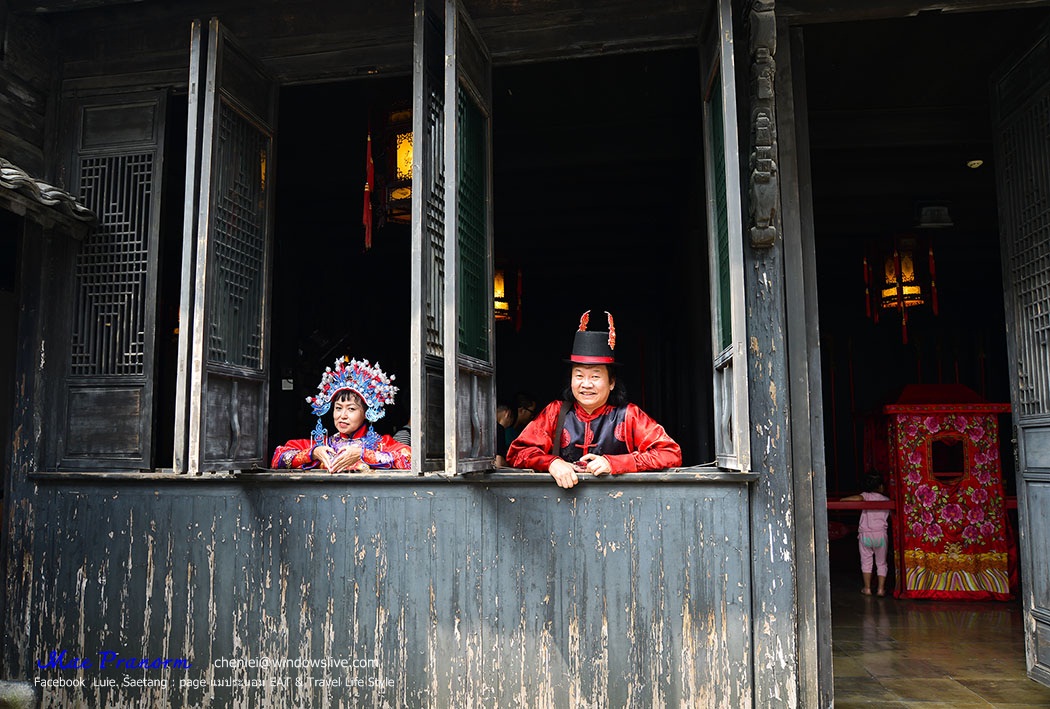
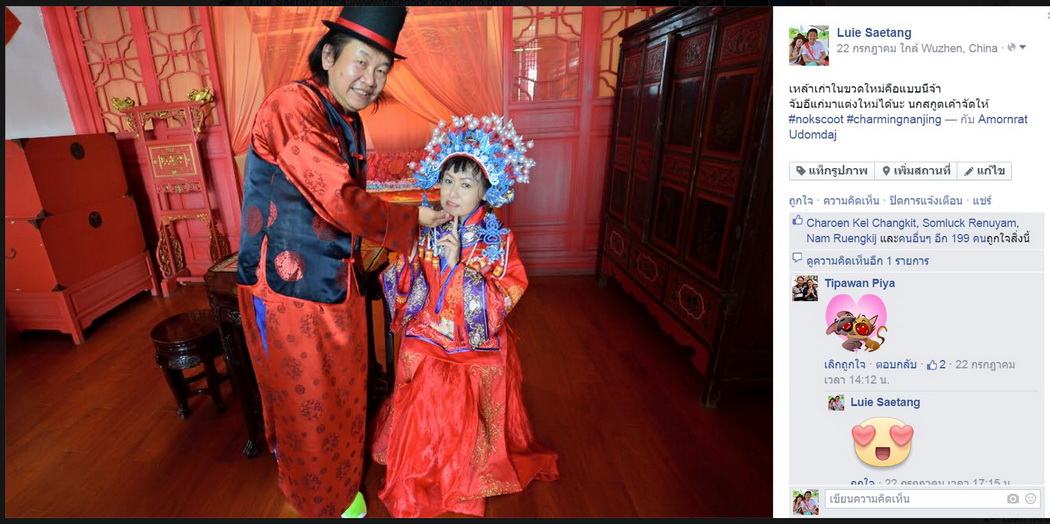
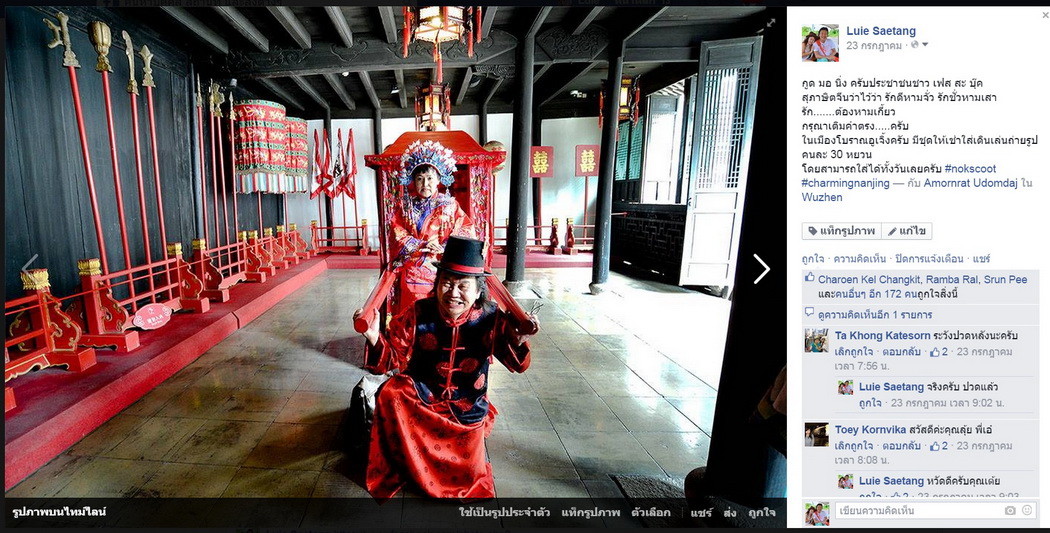
This is a lavender field in the ancient town Wuzhen. It's very beautiful and not any less than the one in Japan.
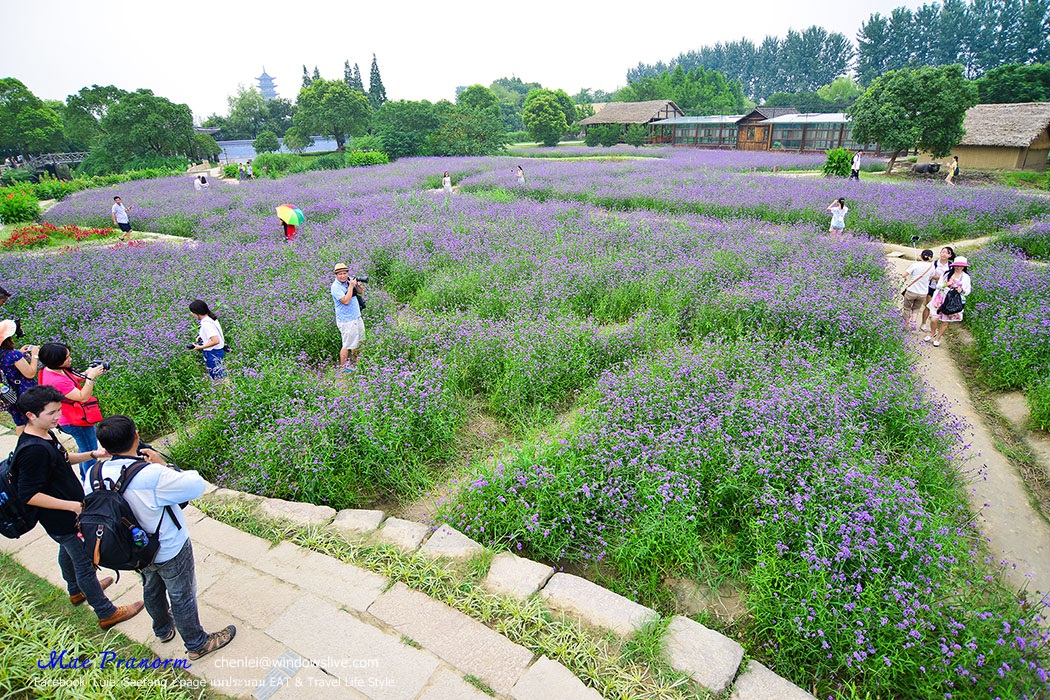
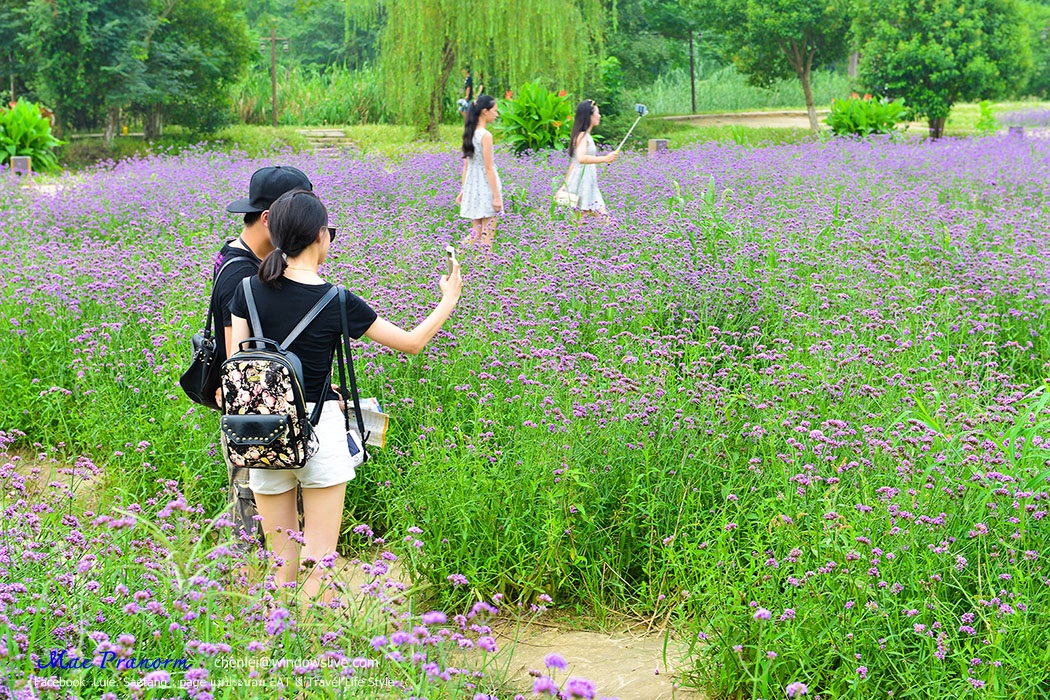

And let's get on a boating tour.
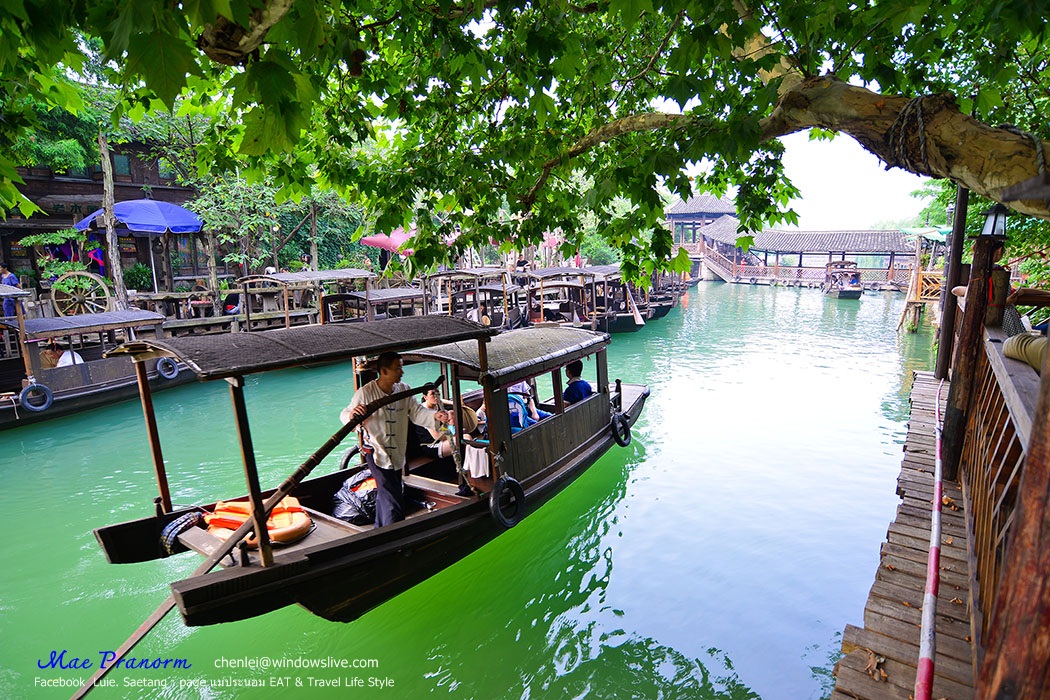

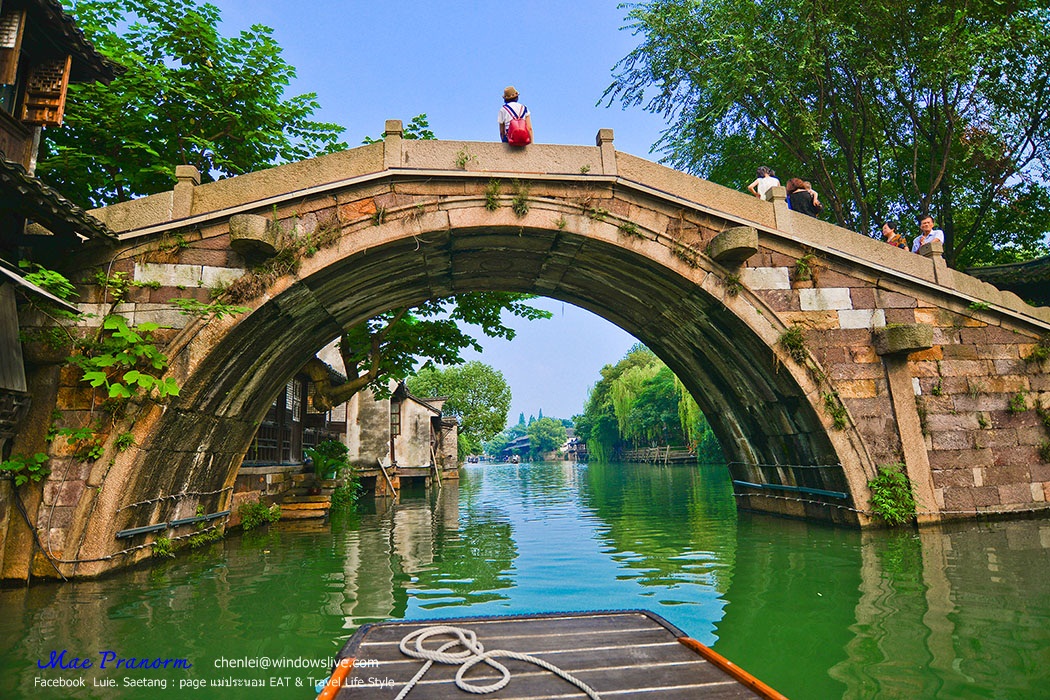
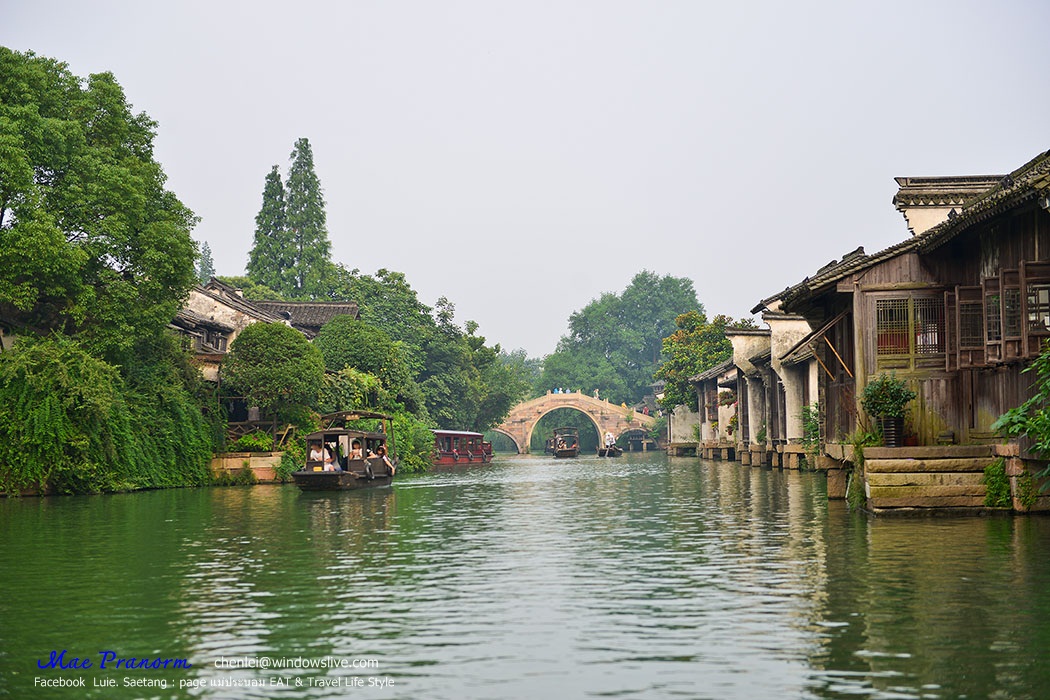

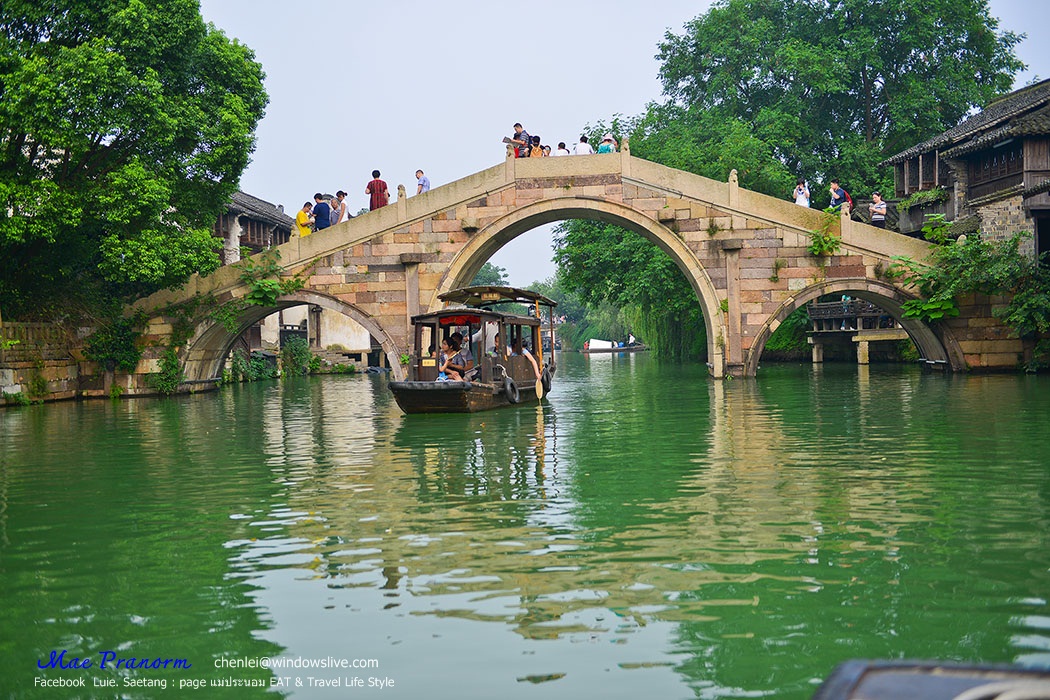
For our 2nd night, we are staying inside the Wuzhen ancient town at a hotel called Waterside Resort which is considered a luxurious hotel here.
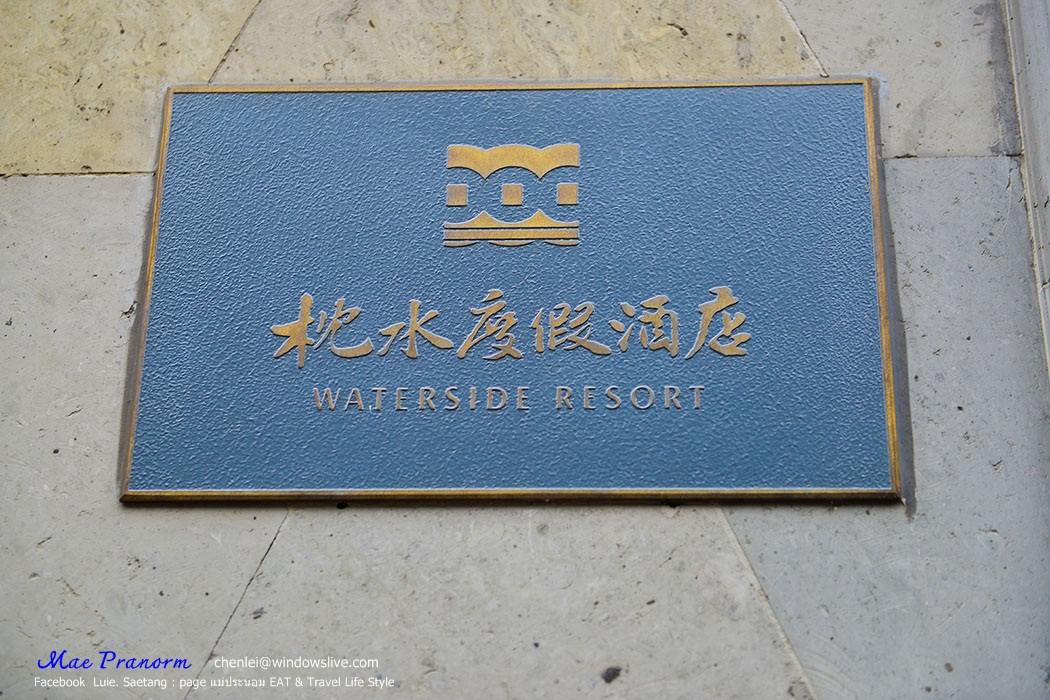
The lobby is having a beautiful lighting.
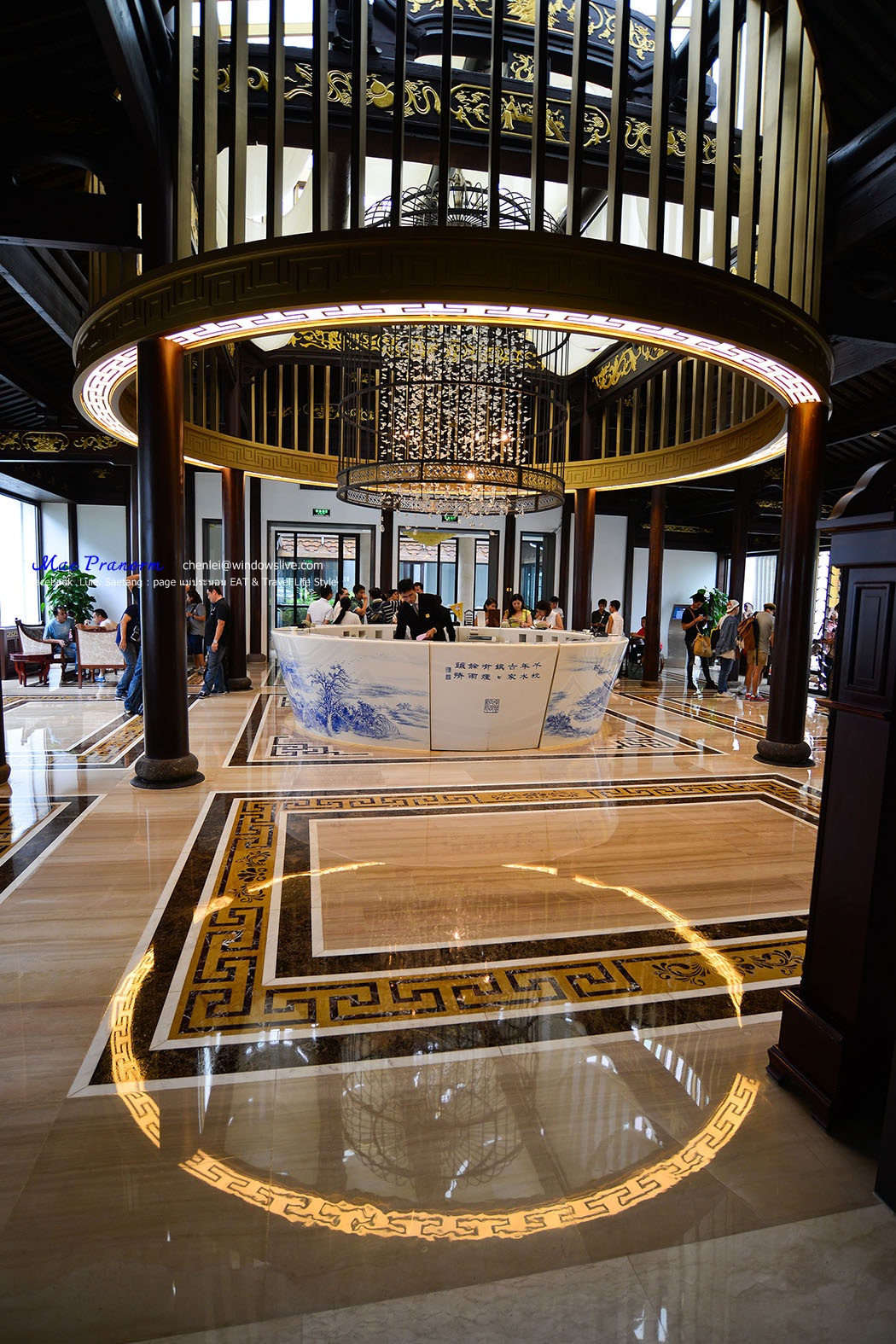
Let's go to see our room.
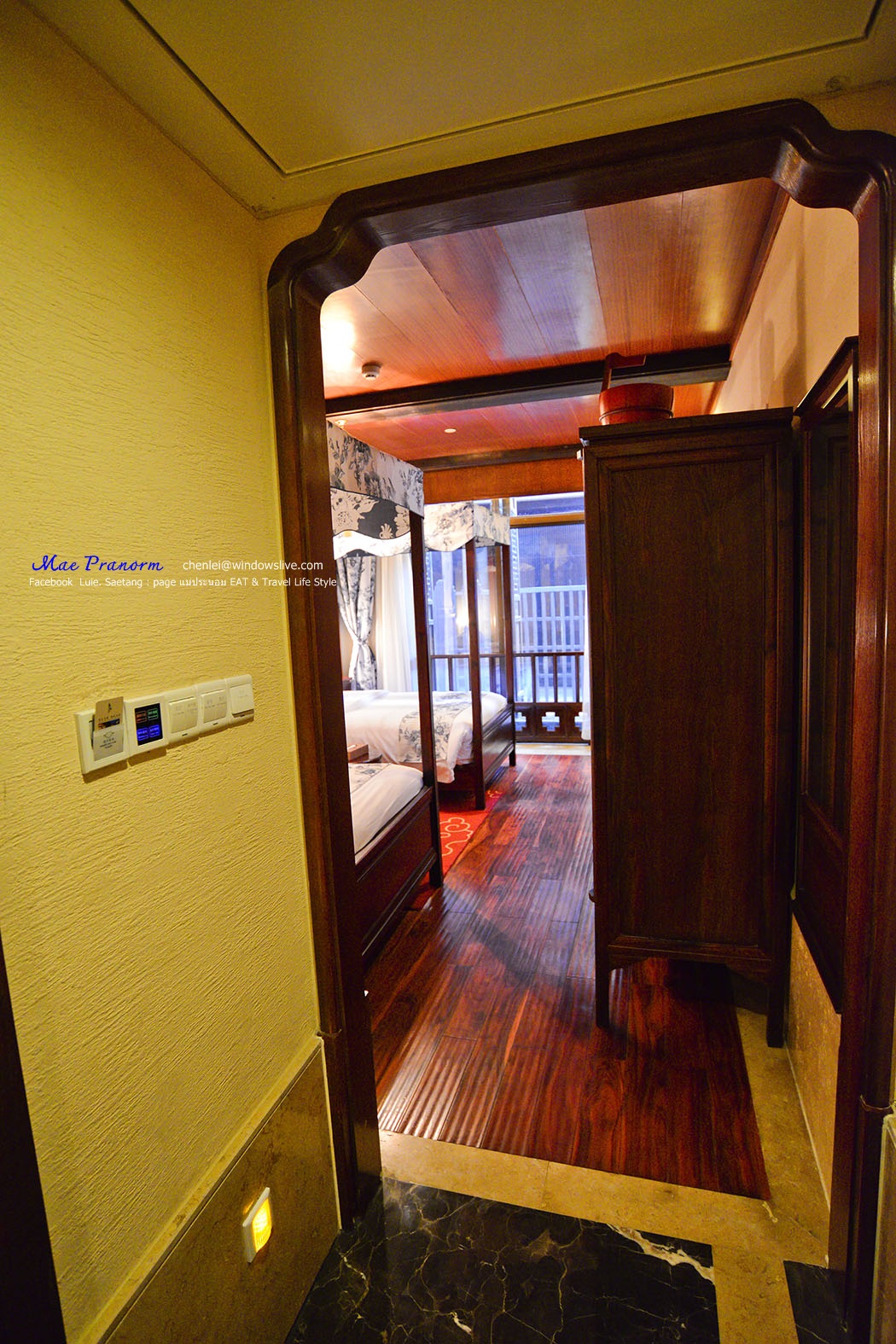
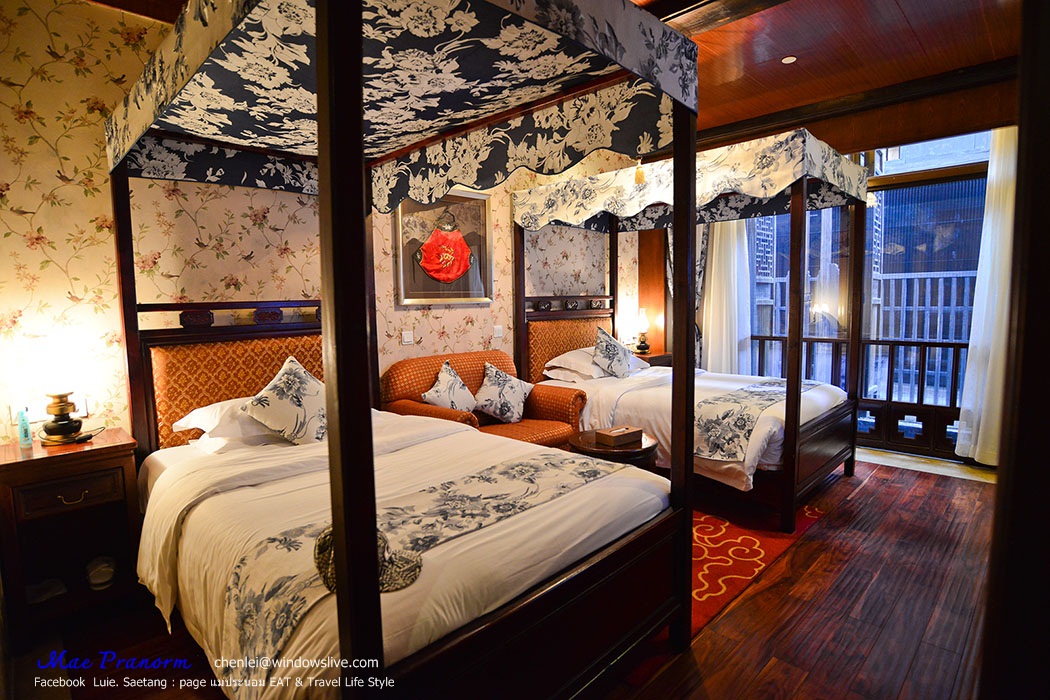
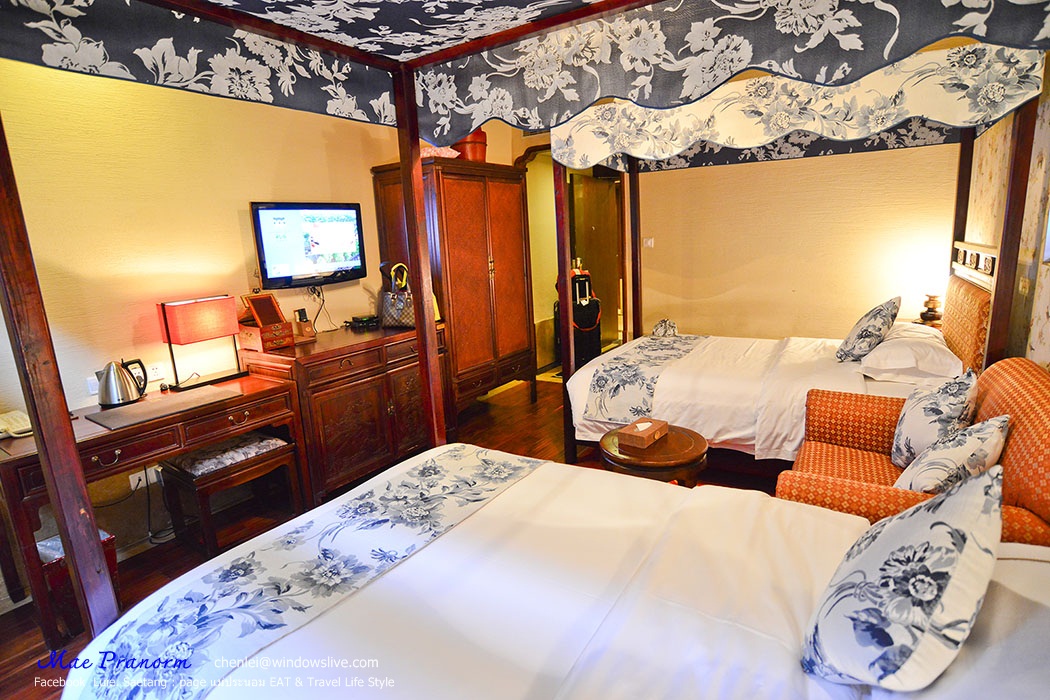
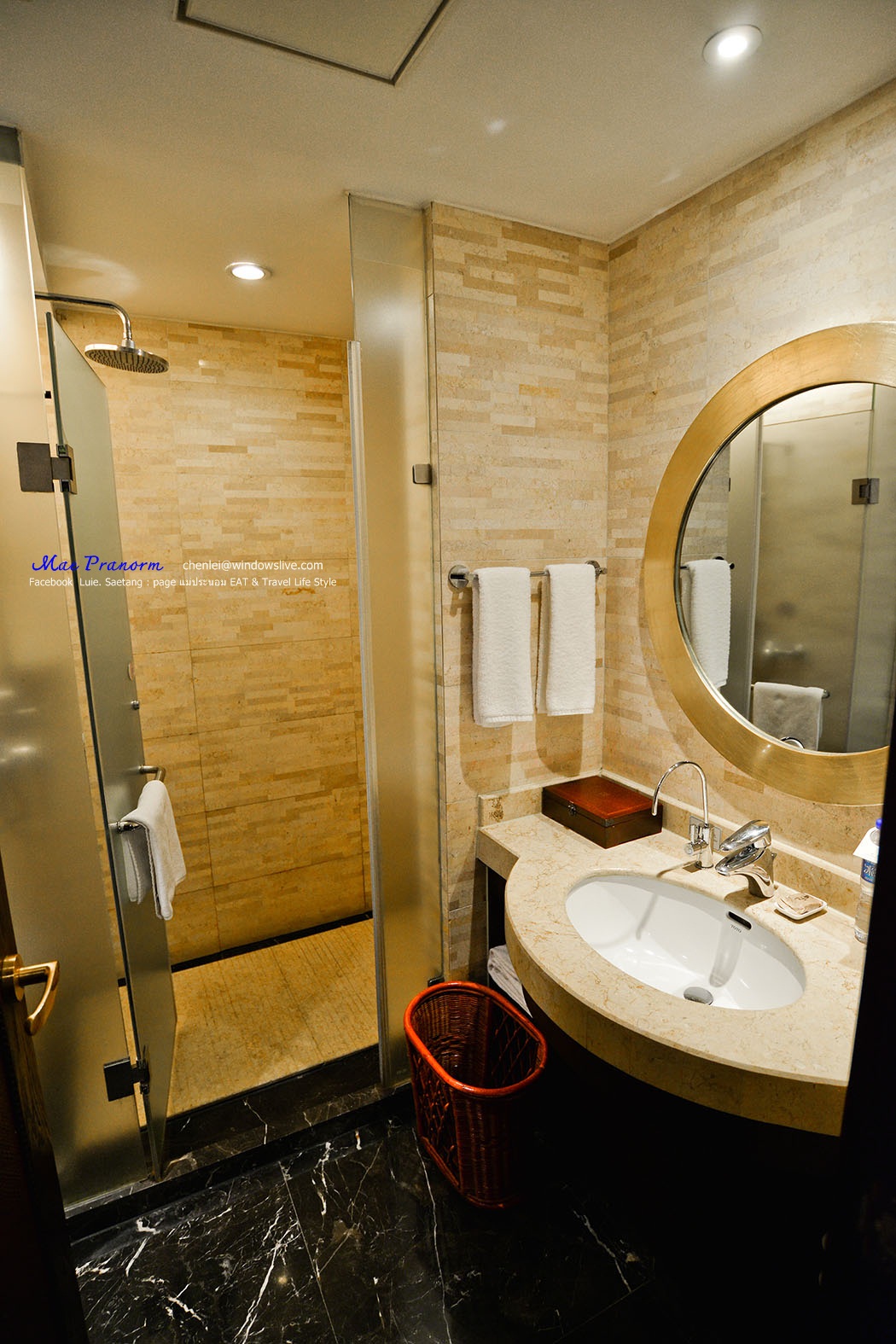
Now,let's take a look at the night time. I highly recommend you to stay over night here as it is so breathtakingly beautiful at night.
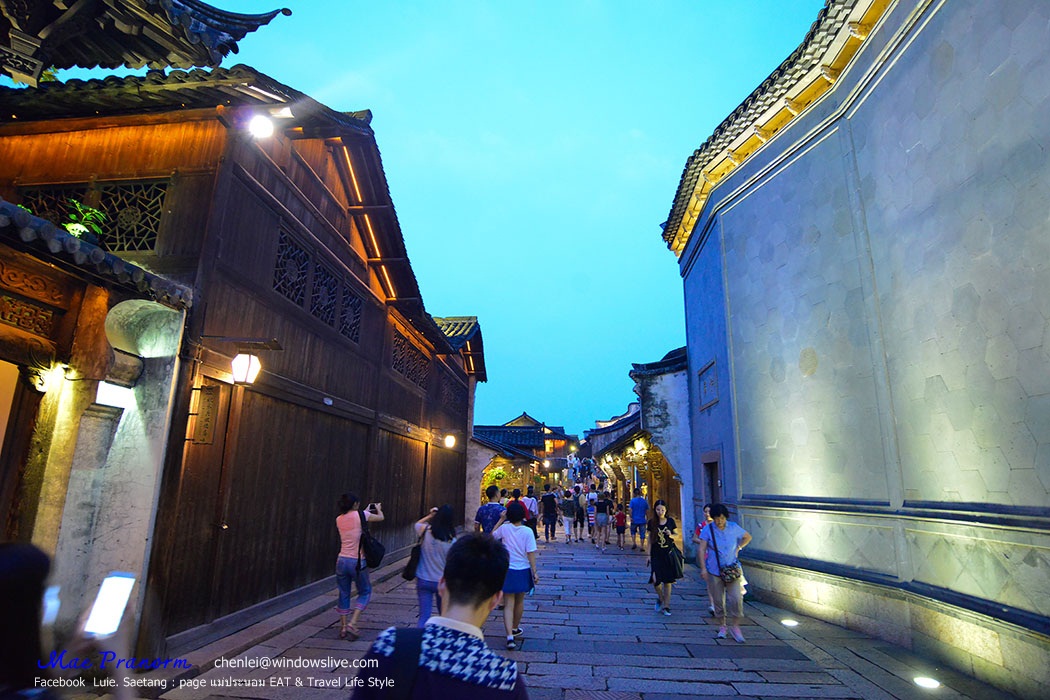
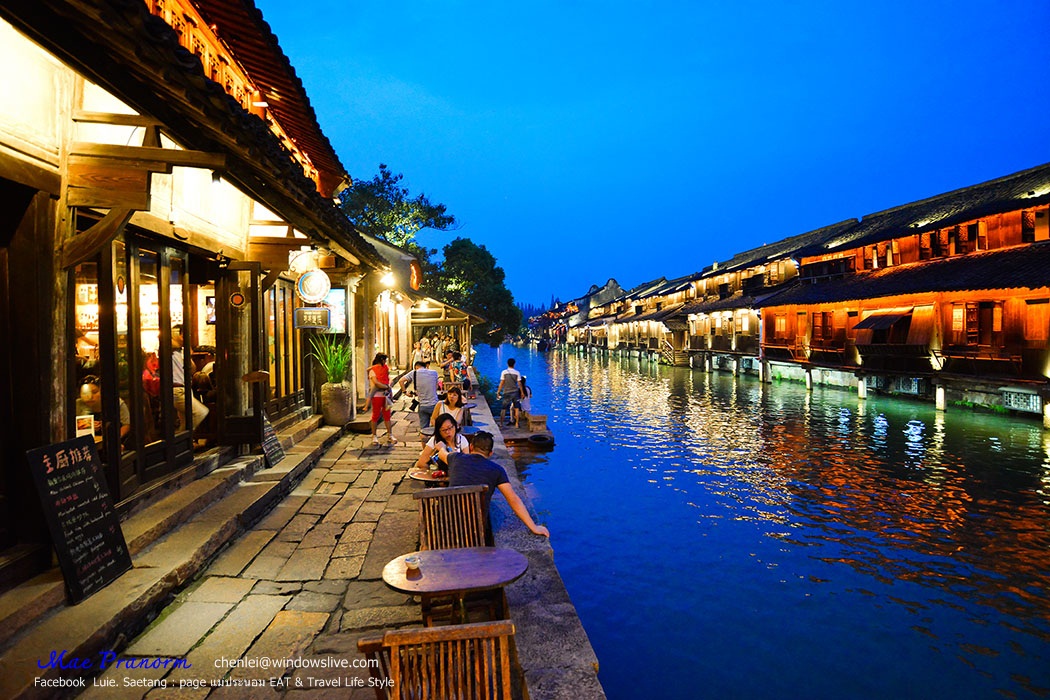
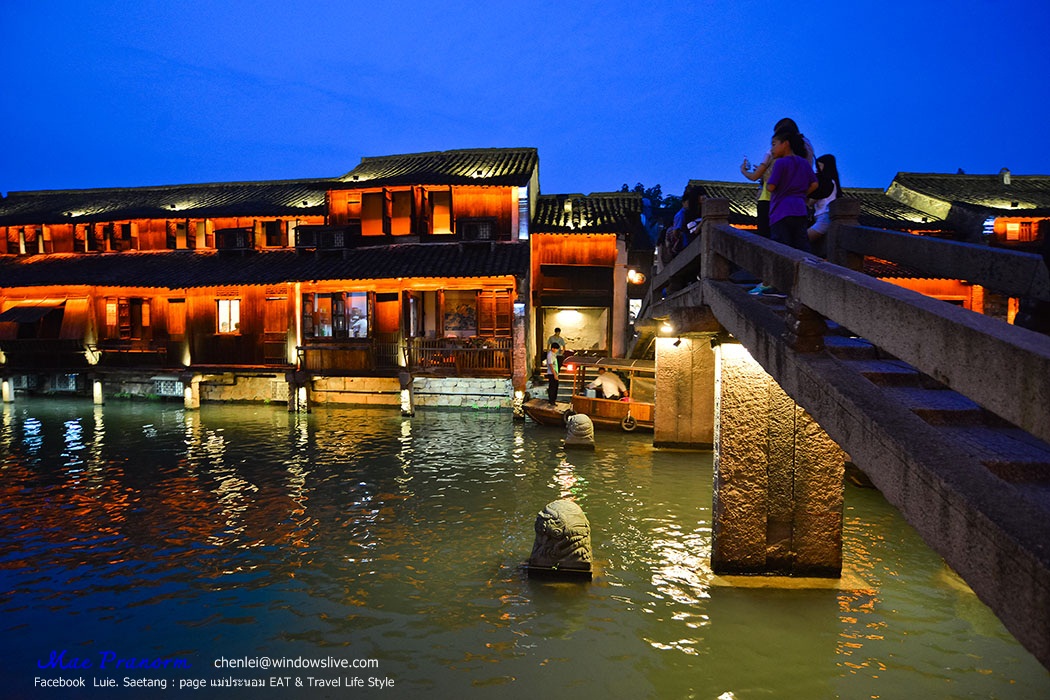
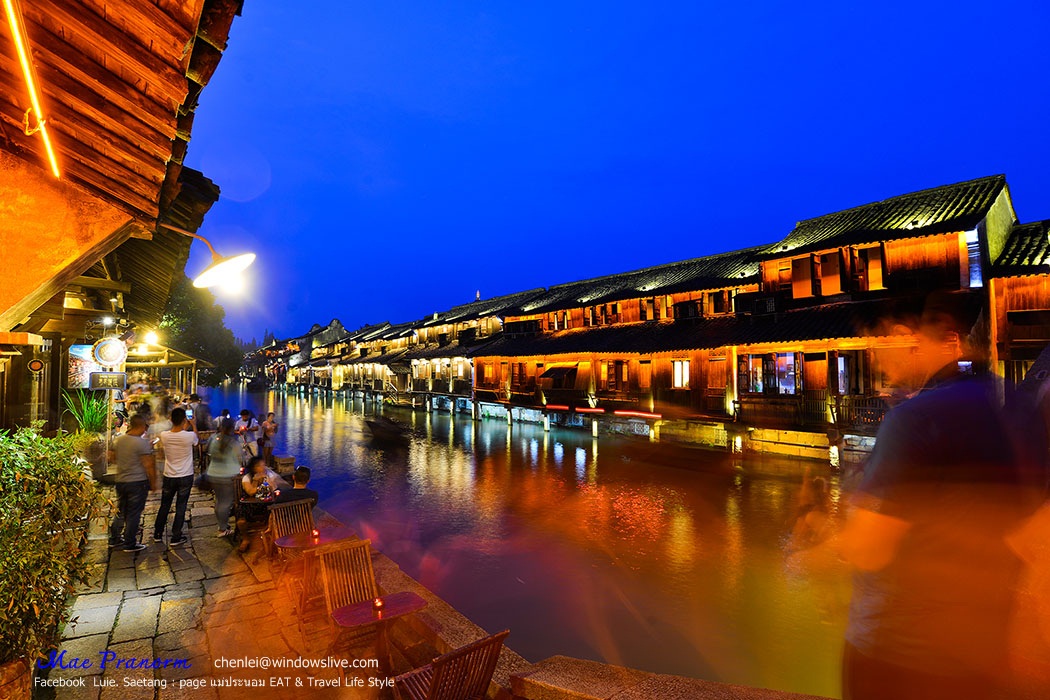
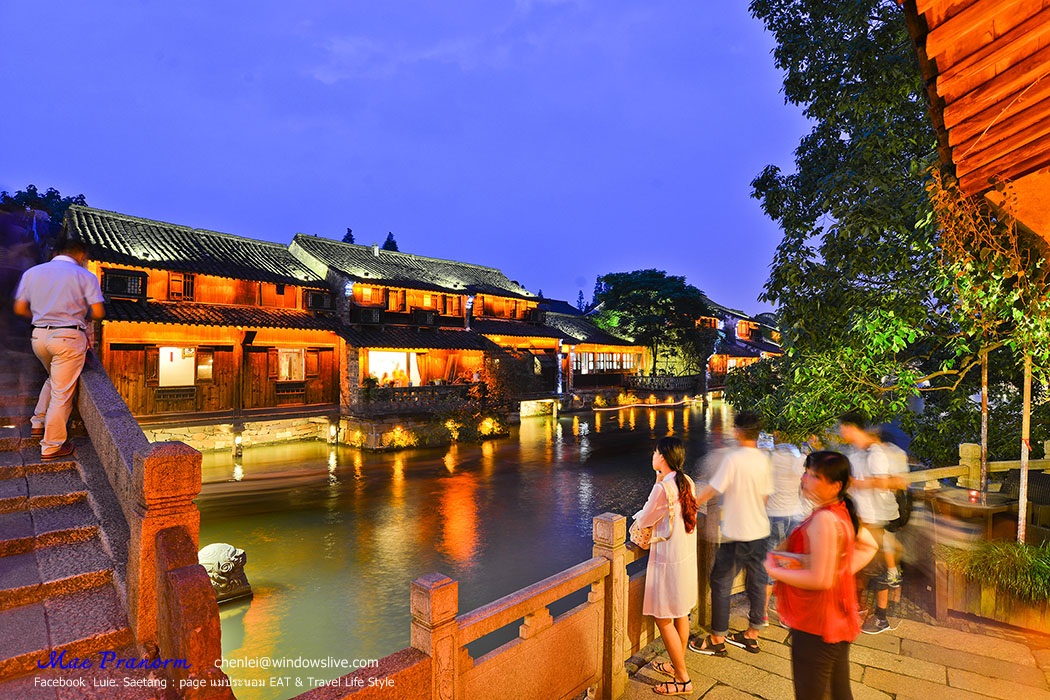
All the drink shops are located along the canal, looking very chillax.
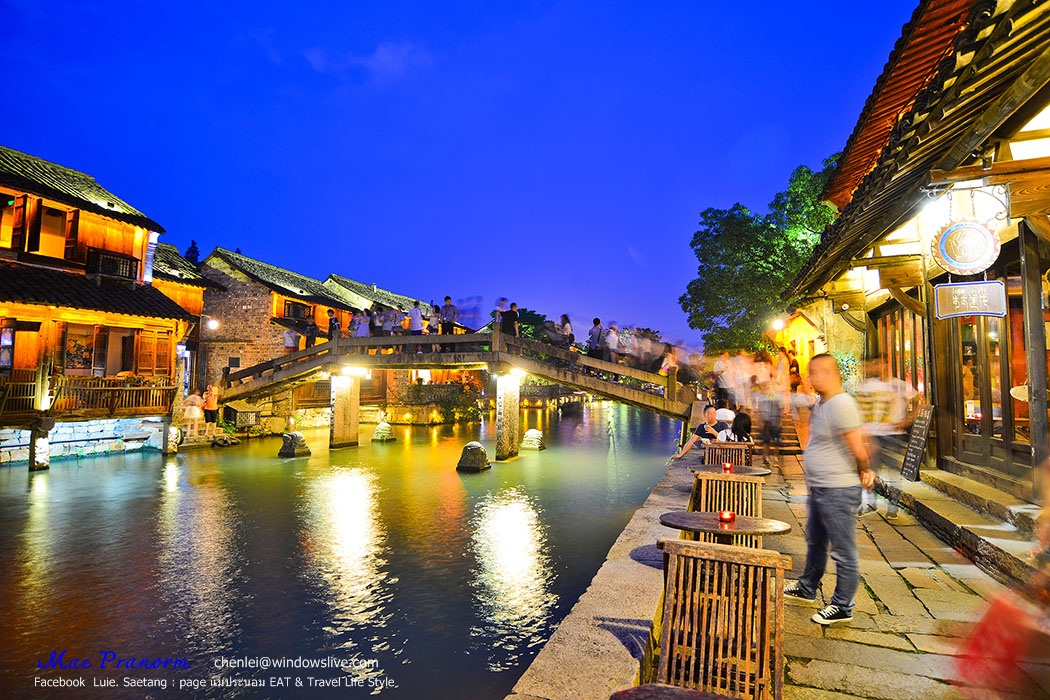
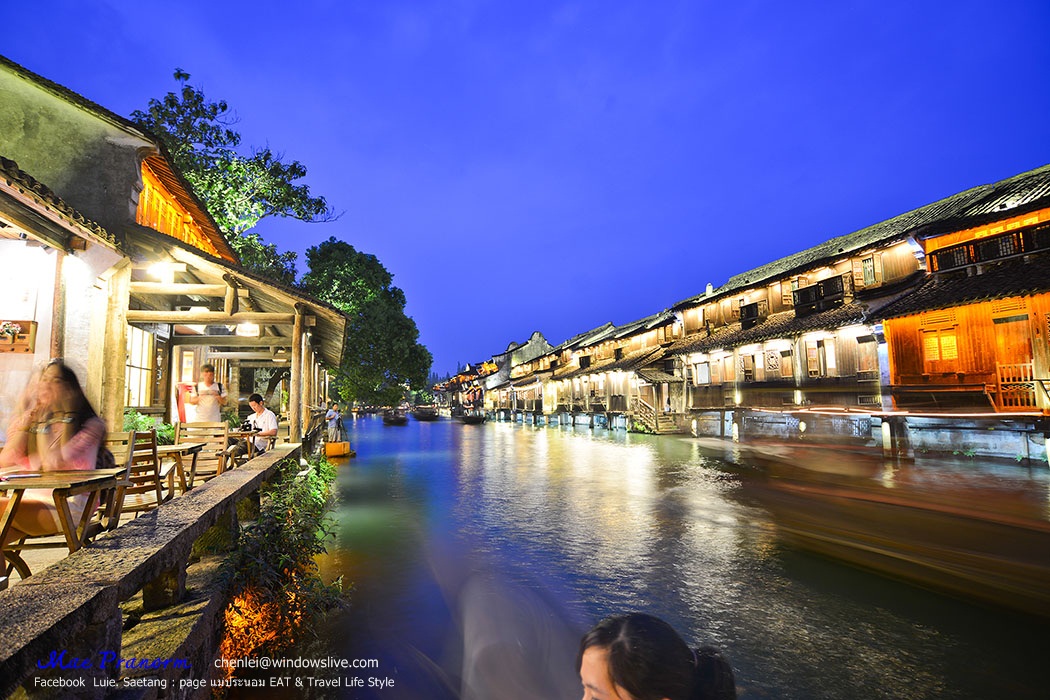

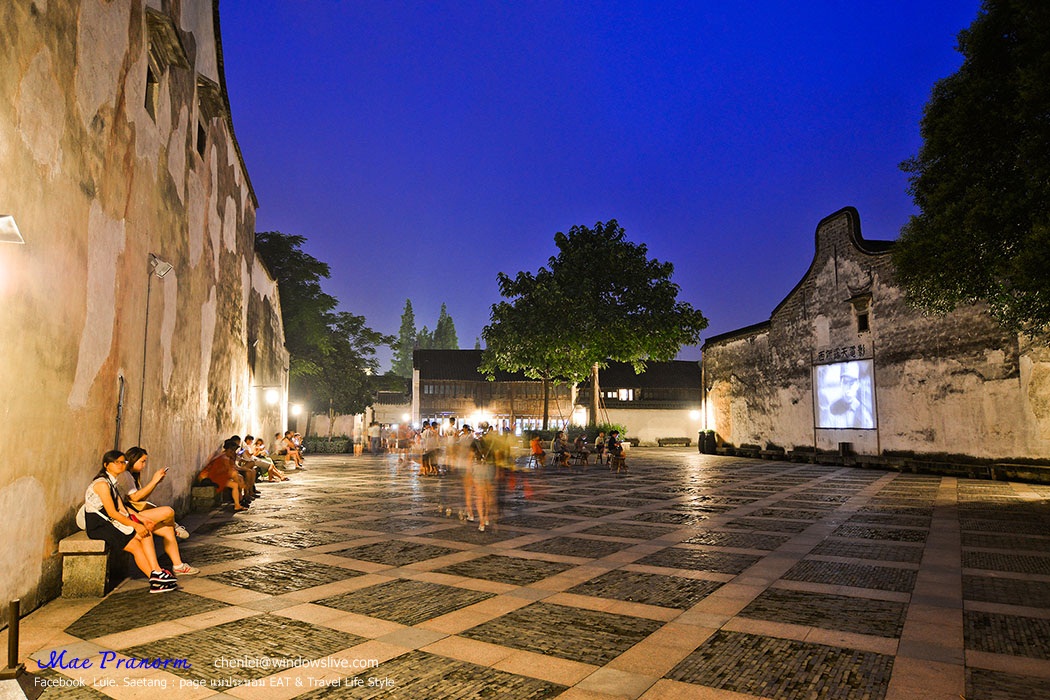

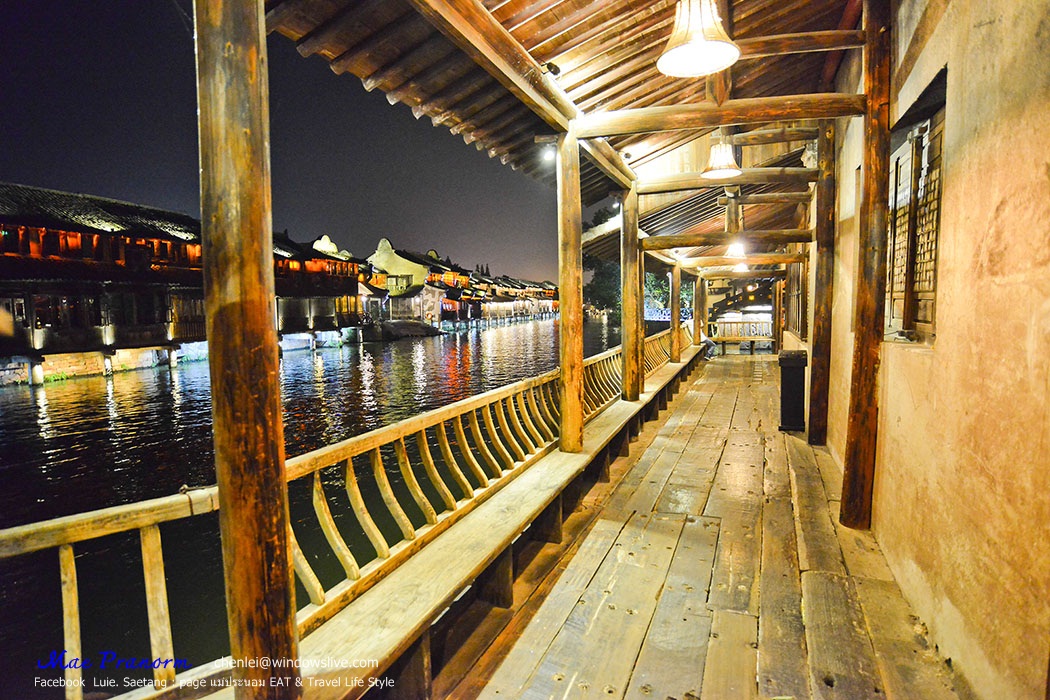
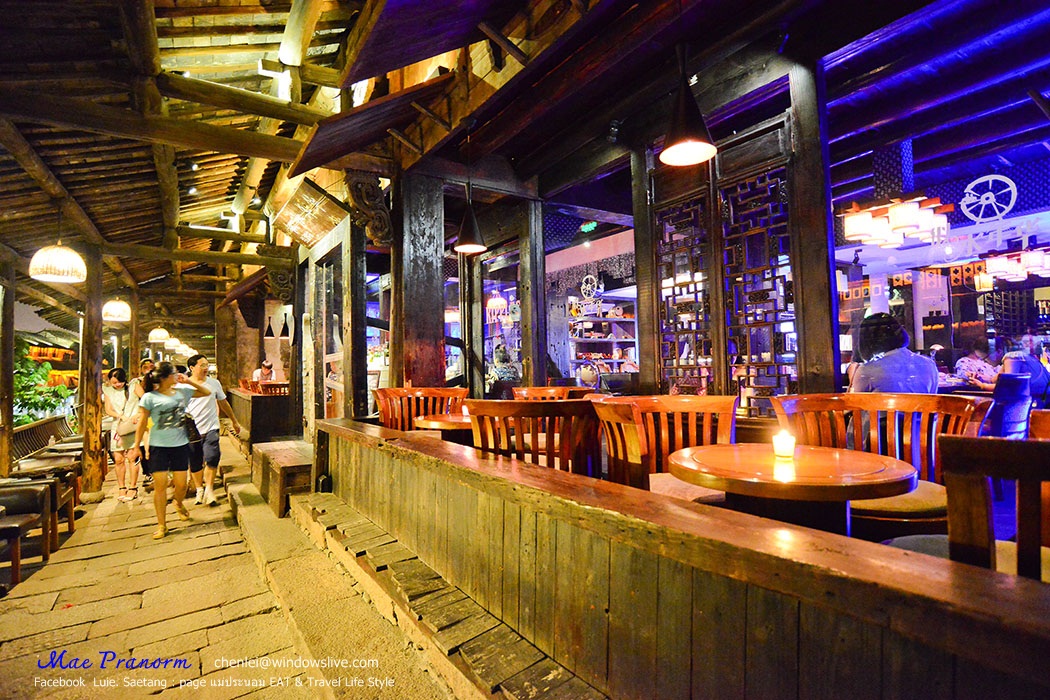
On the 3rd day, we explore Wuzhen a bit more in the morning before going back to Nanjing at noon and travel 2 more days in Nanjing.
Nanjing, the capital city of Jiangsu Province
Nanjing has a long history as one of the four ancient cities of China. There are many historic sites and heritages. On the Eastern suburb of the city revealed a human skull fossil called apeman. This means that the ancient human lived here 30 million years ago, and 5-6 thousands year ago, many of the traditional villages emerged.
In 1368, the Emperor Zhu Yuanzhang established the Ming dynasty's. He changed the name of Ying Tian Fu into Nanjing and thus originated Nanjing name. In 1378, Nanjing was renamed Jinsi, a capital city of Ming Dynasty's during the early time. Nanjing continued to be the capital city for the Emperor Hong Wu, the Emperor Jianwen and the Emperor Yongle for up to 53 years. Until in 1421, the Emperor Zhu Zhou moved the capital from Nanjing to Beijing. However, the places were maintained in the original style as well as several government offices were established. During 1927-1949, the Republic of China once again established Nanjing as a capital and that was the last time that this city being a capital city.
We returned to Nanjing quite late in the evening. After checking in and having dinner, we go for a walking street at Fuzi Miao Market or the Confucian Temple area.
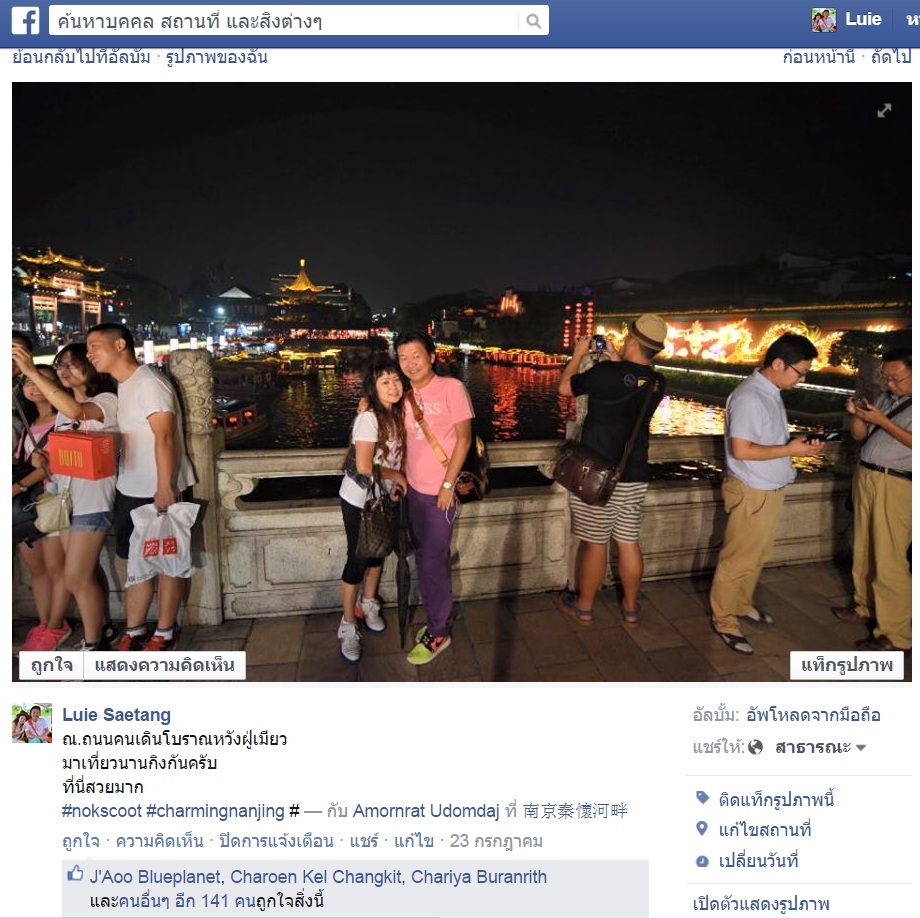
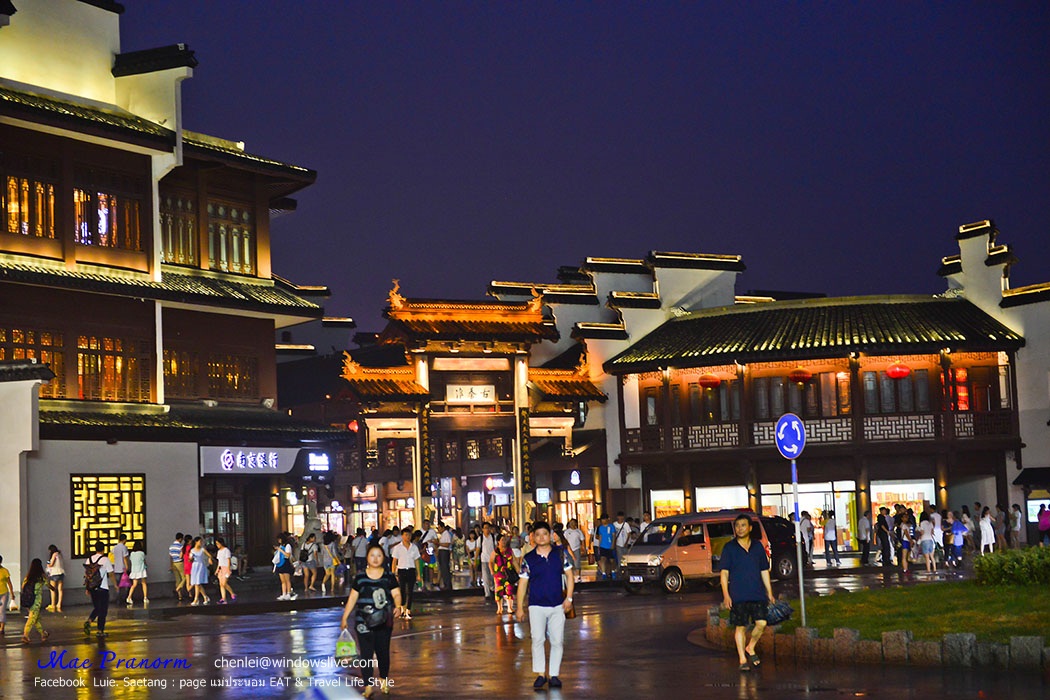
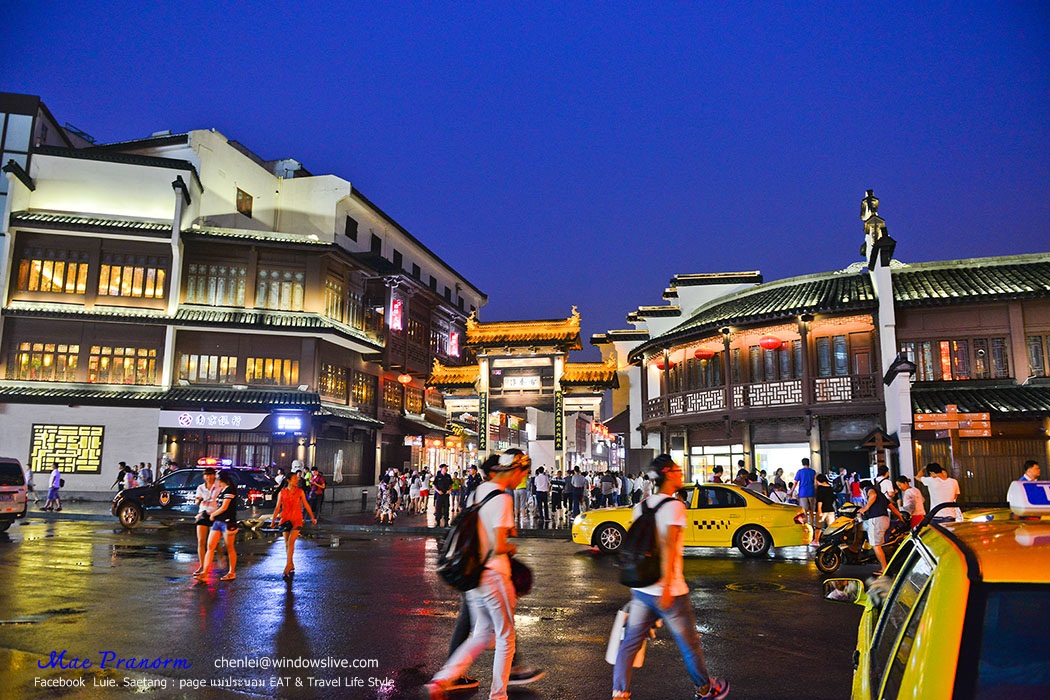
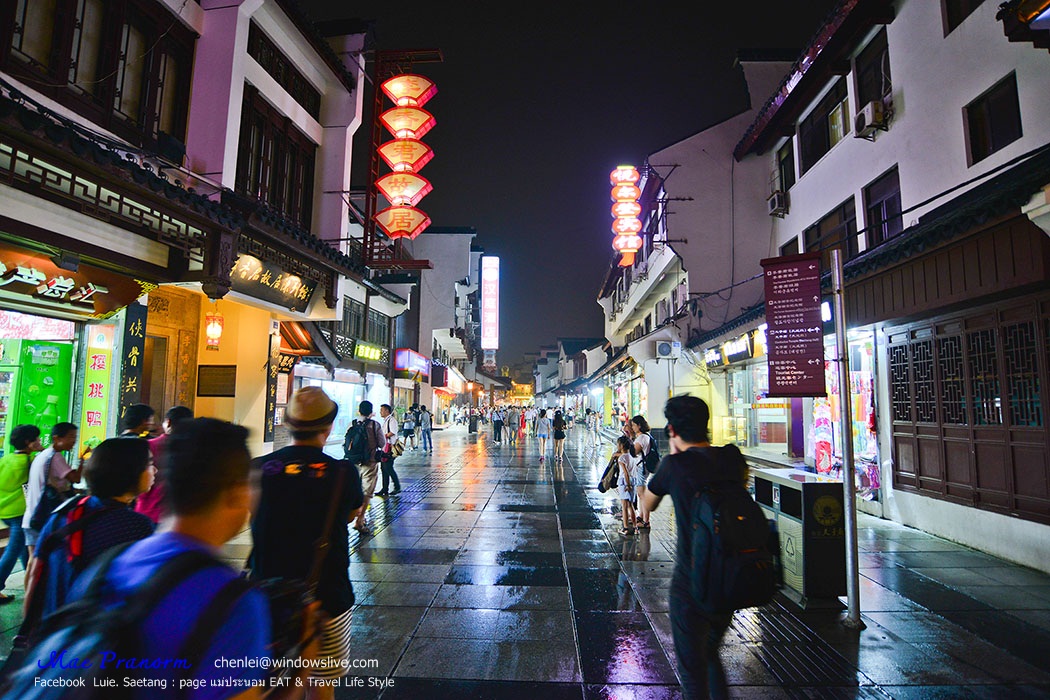
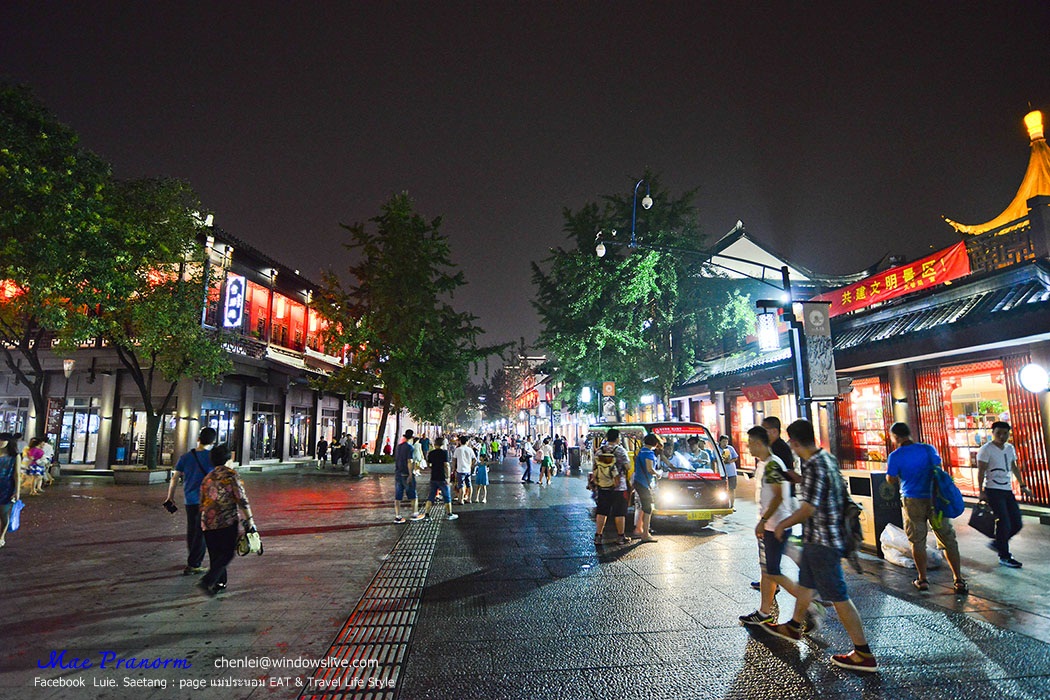
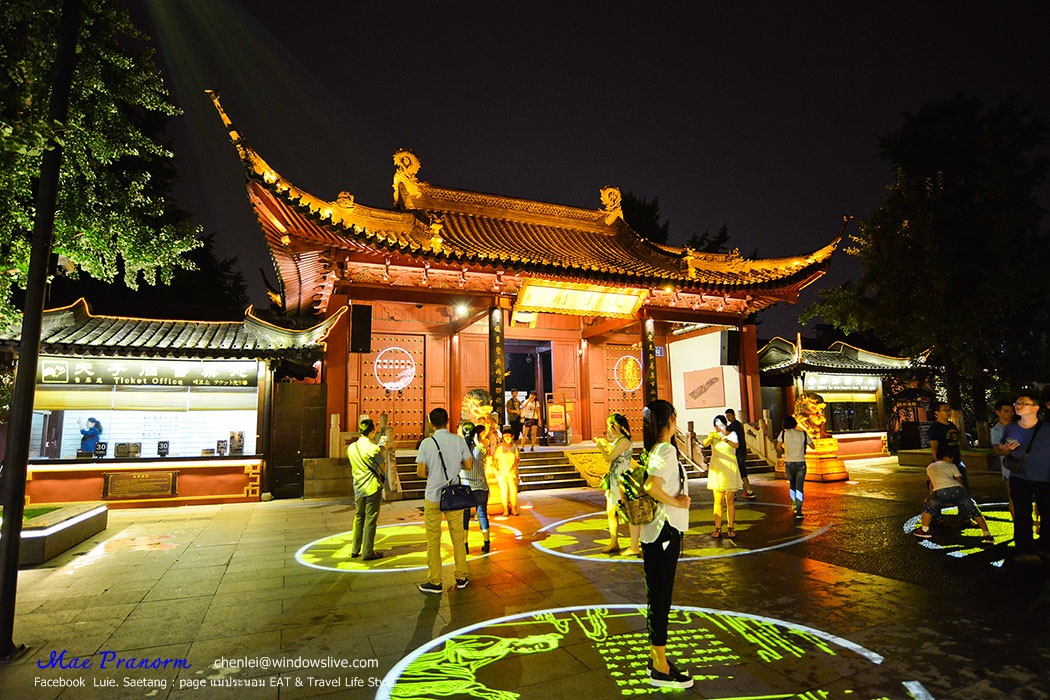

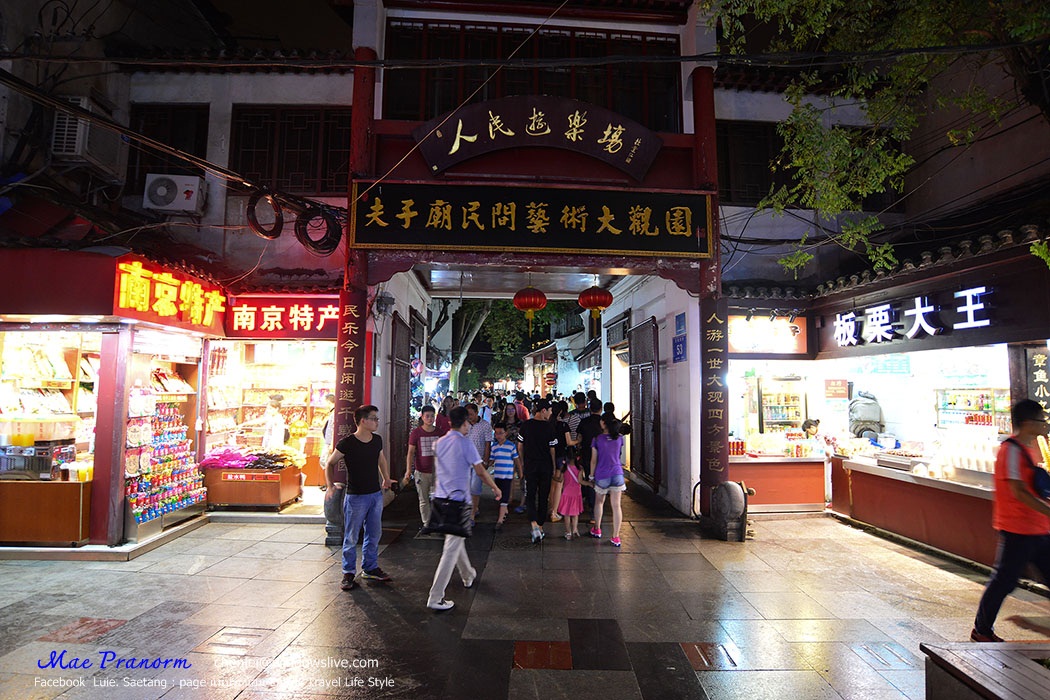
On the 4th day, we travel to the Zhongshan National Park to see three important landmarks situated on Zijin Shan, the Eastern suburb of Nanjing.
The first stop is the Sun Yatsen Mausoleum (Zhongshan Ling), a huge Mausoleum built after the death of Dr. Sun Yatsen in 1925.
It has the area of 20 acres with a 392 steps of granite stairs (which was equal to the 392 millions Chinese population at that time) to walk up to the monument. The monument is in a blue clay roof tiles.
The building that laid his body is on the lower side to the monument .
Dr. Sun Yatsen is regarded as the father of the new China. After his death, he desired to have his body buried at the South of Zijin Shan mountain.
Once we arrive, we must park the bus outside and get on bus provided by the National Park.
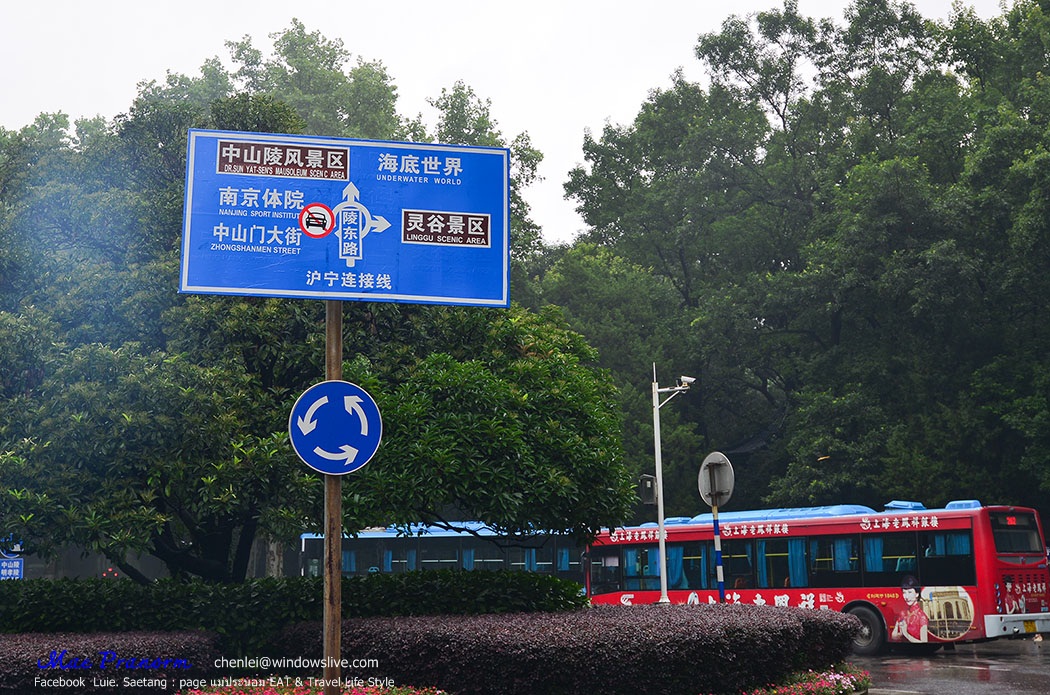
And get on another electronic bus...
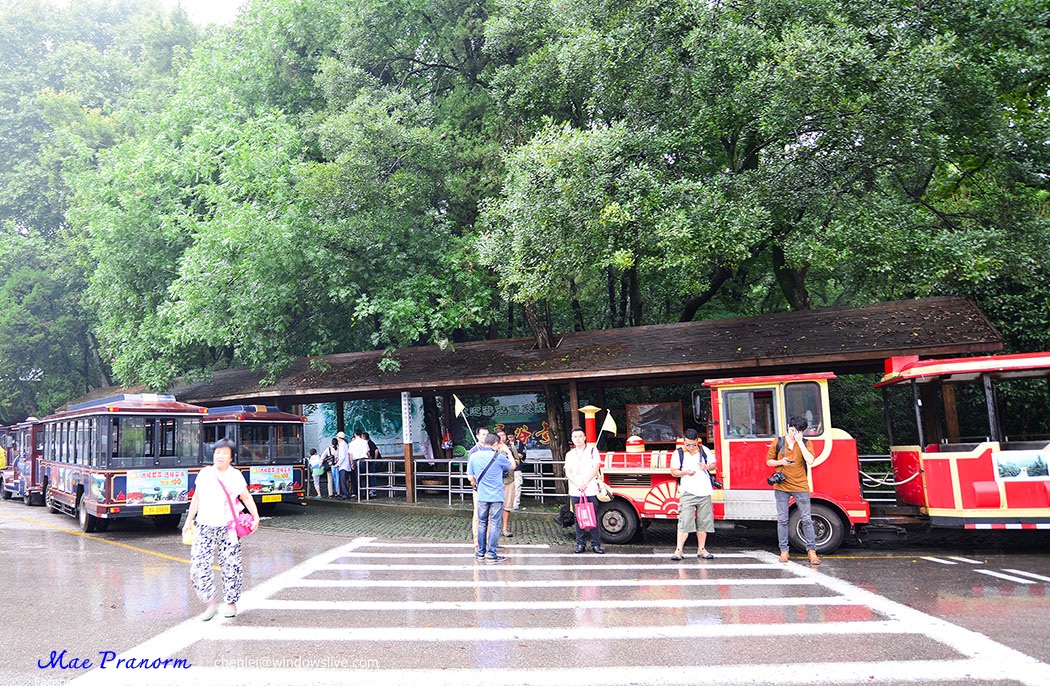
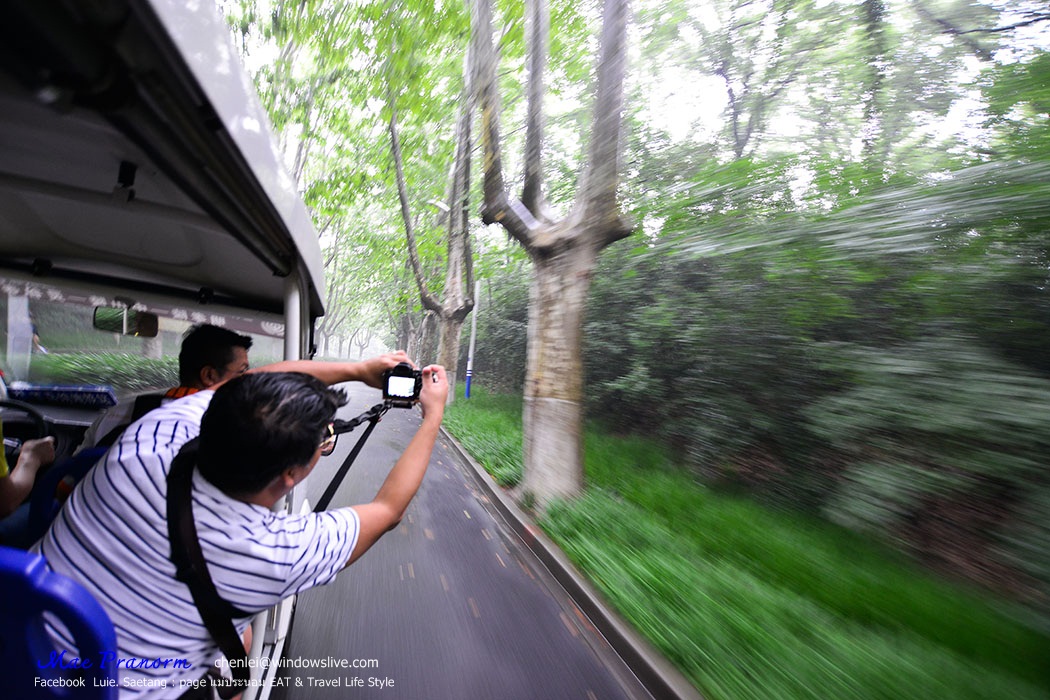
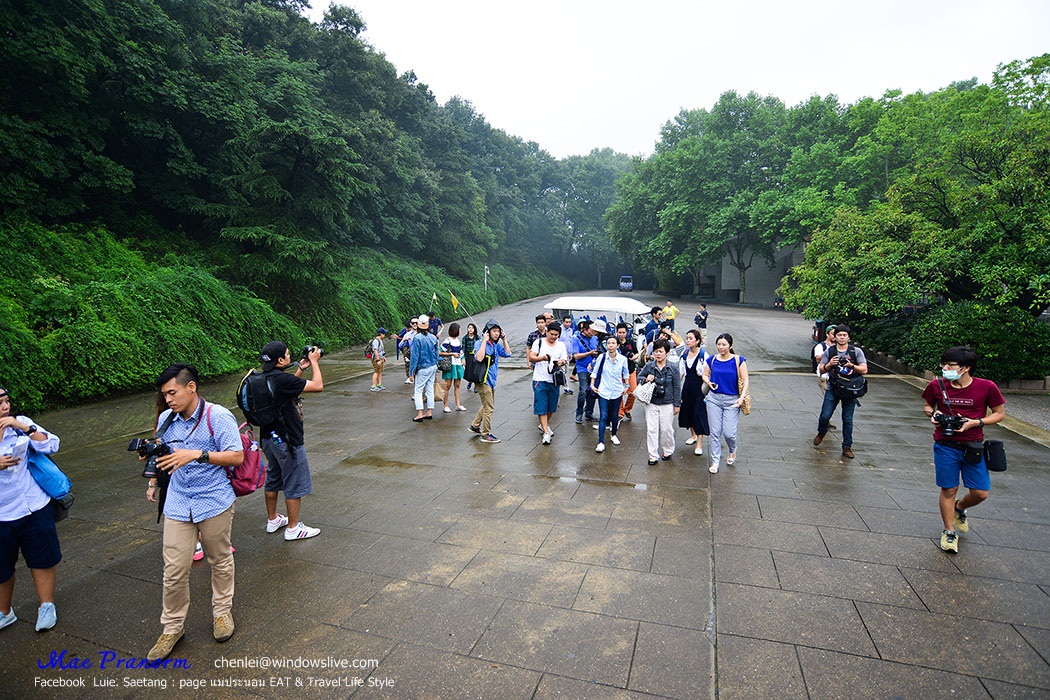
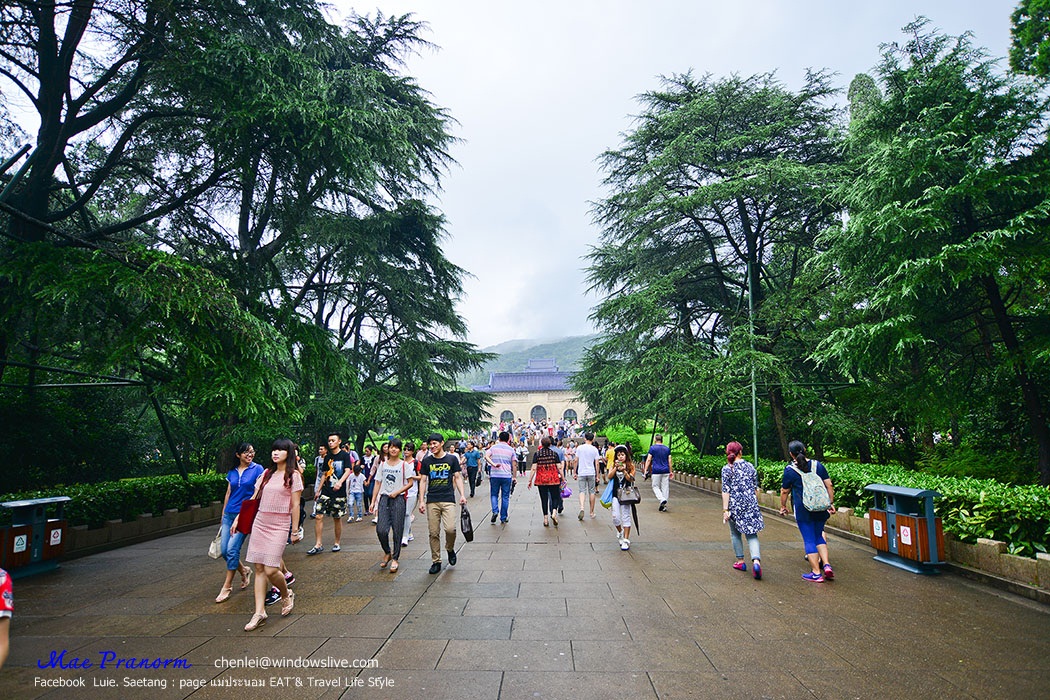
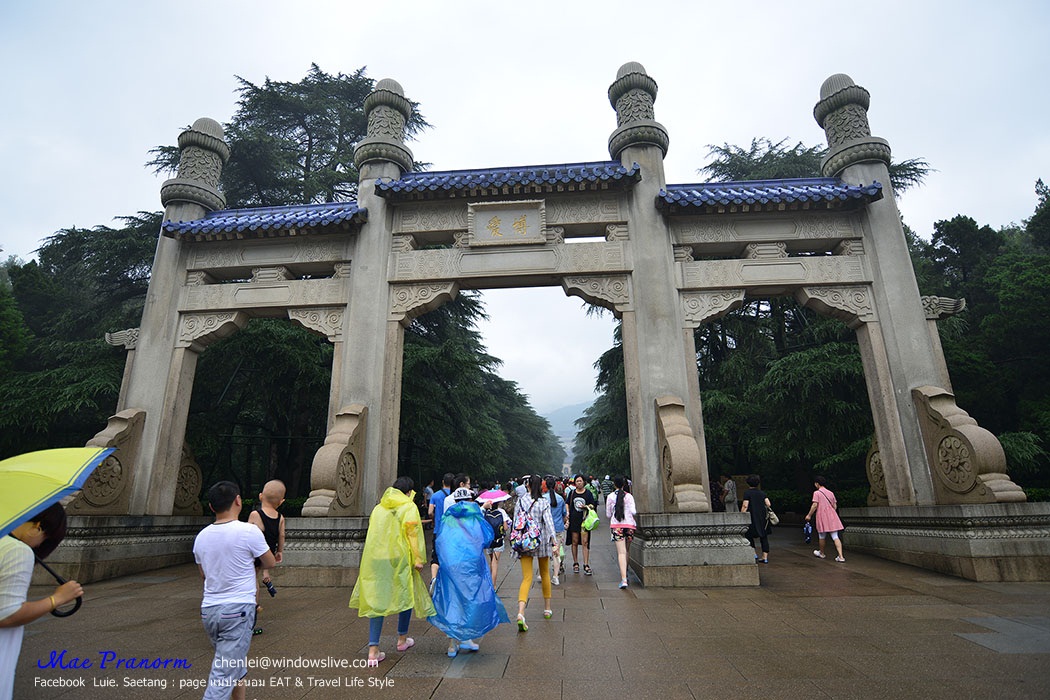
There are really a lot of tourists coming.
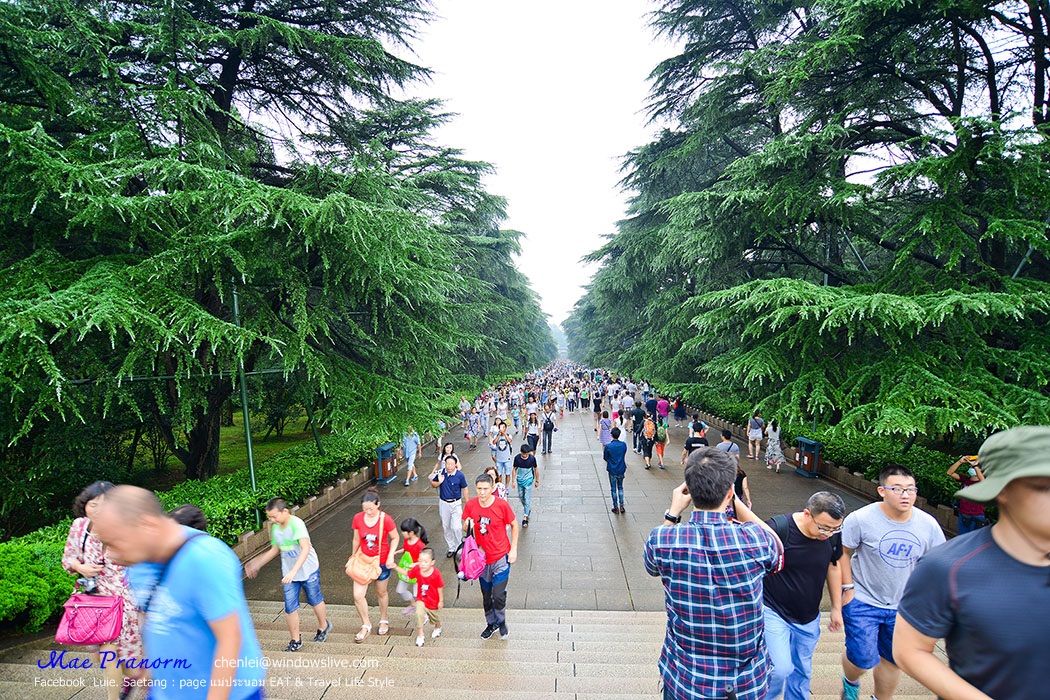
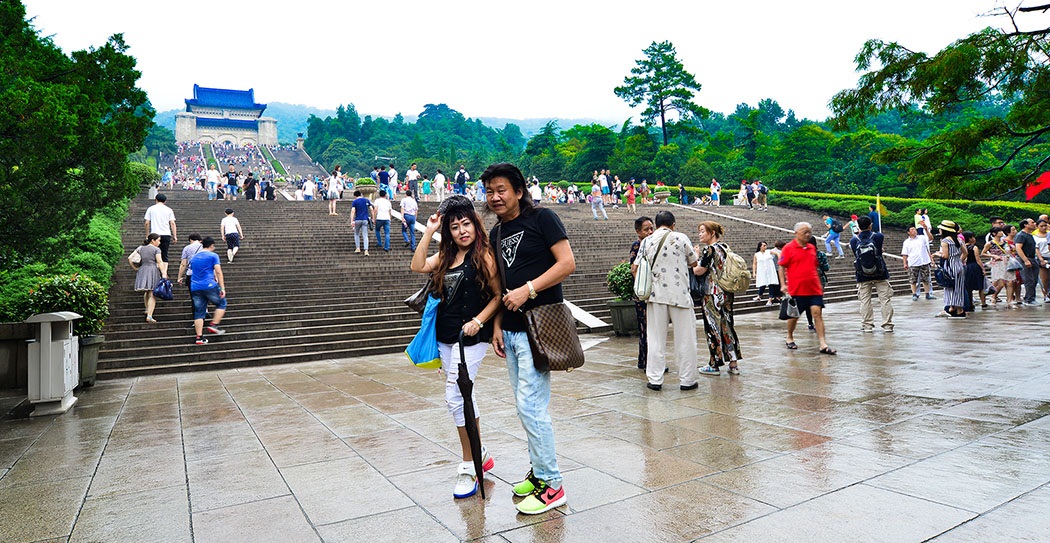
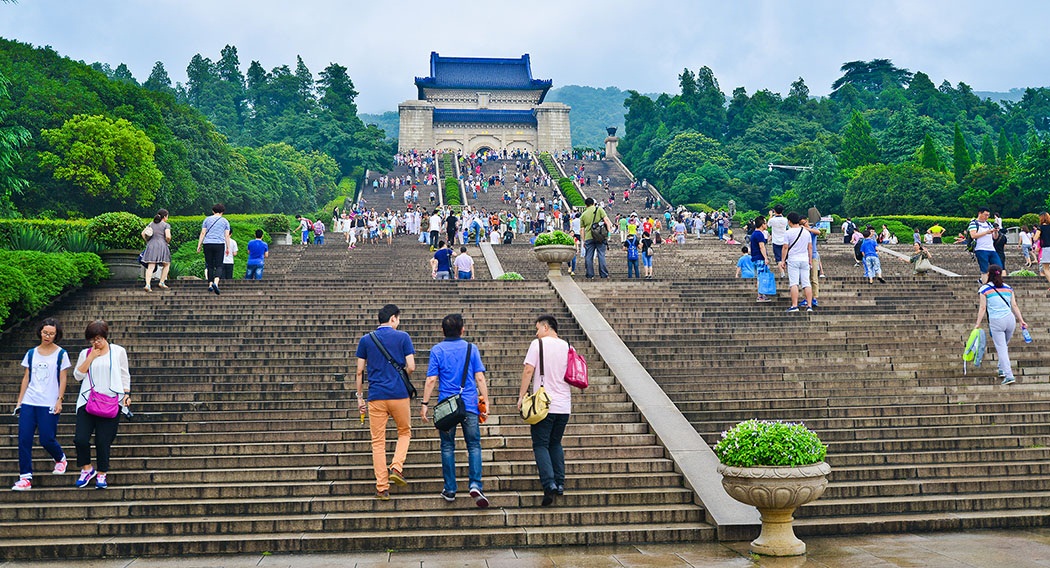
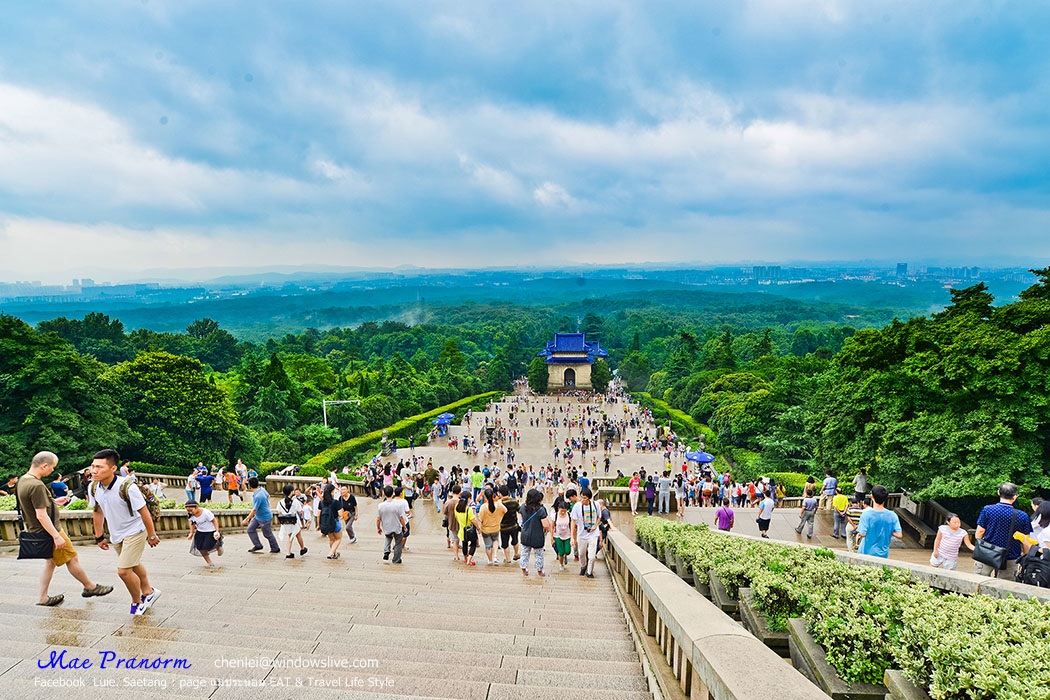

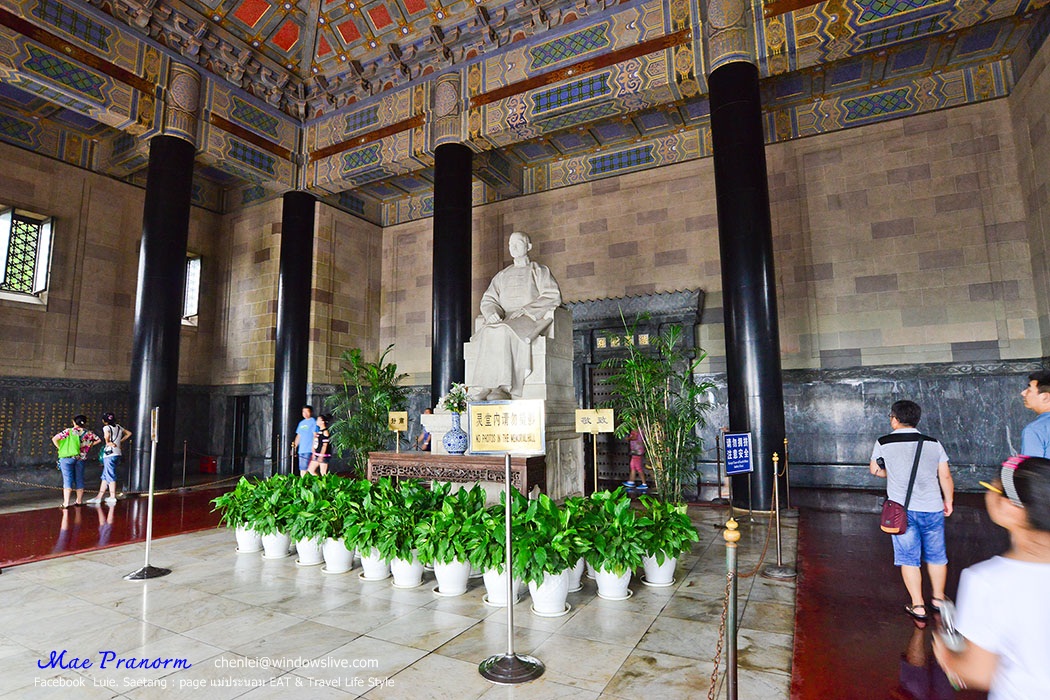
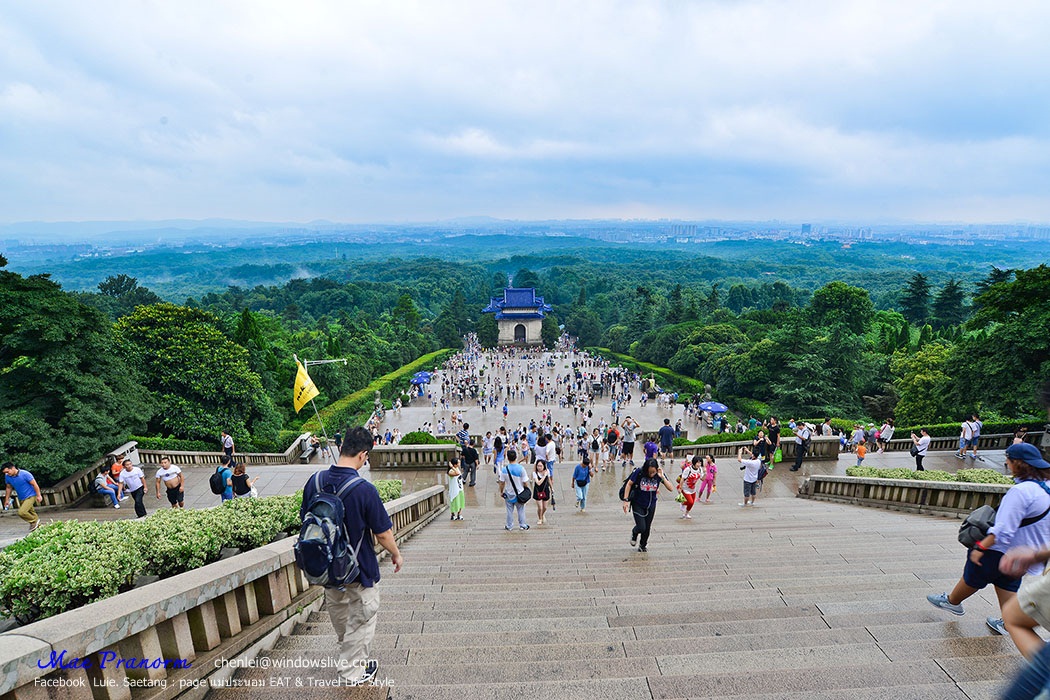
For today lunch, we are enjoying at Da Pai Dang restaurant which is at the foothills of the mountain.

This restaurant is looking really good with an ancient identity style.
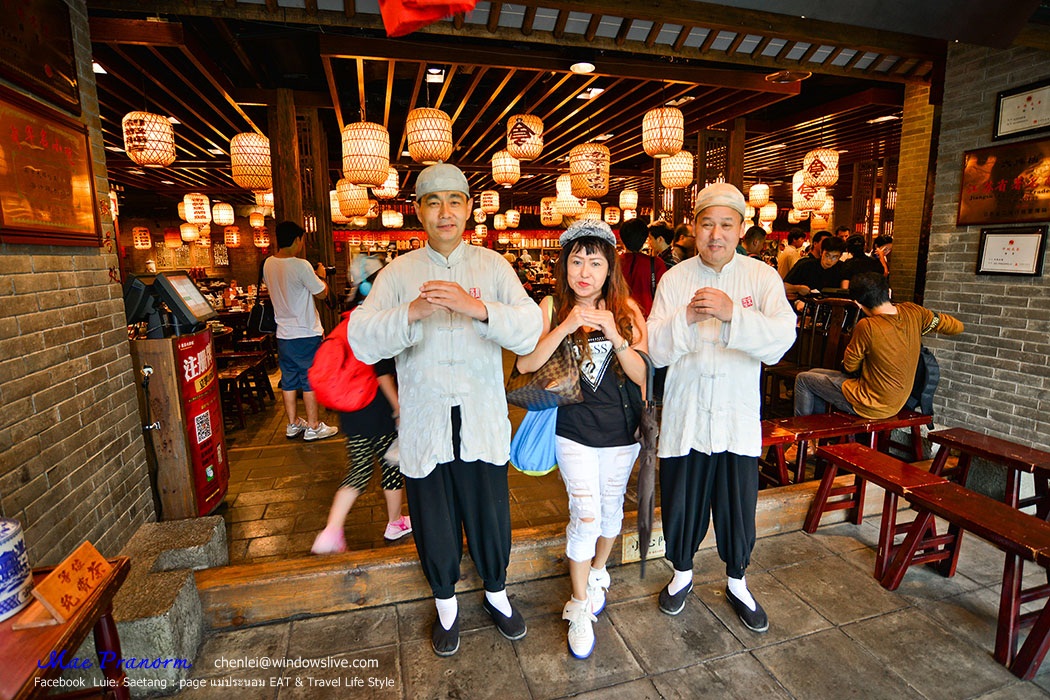
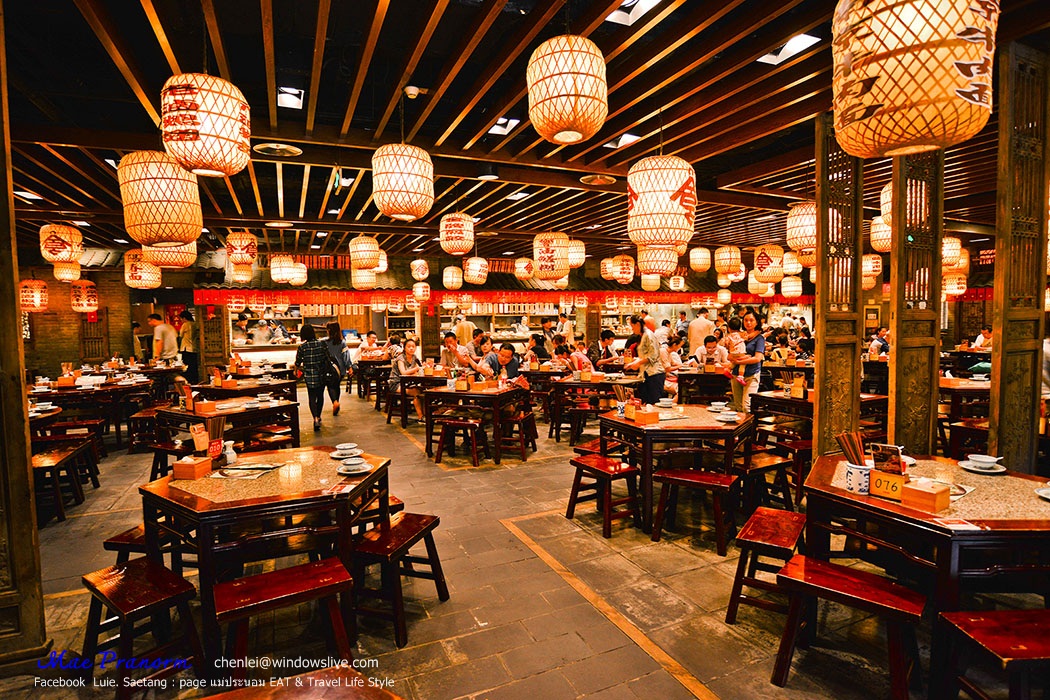
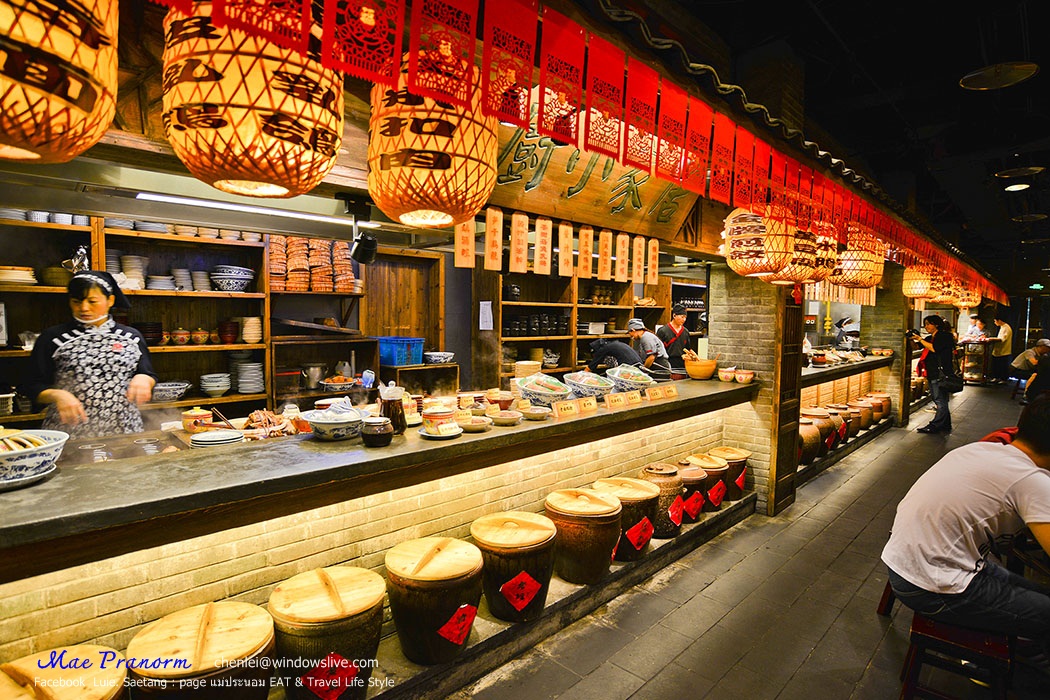
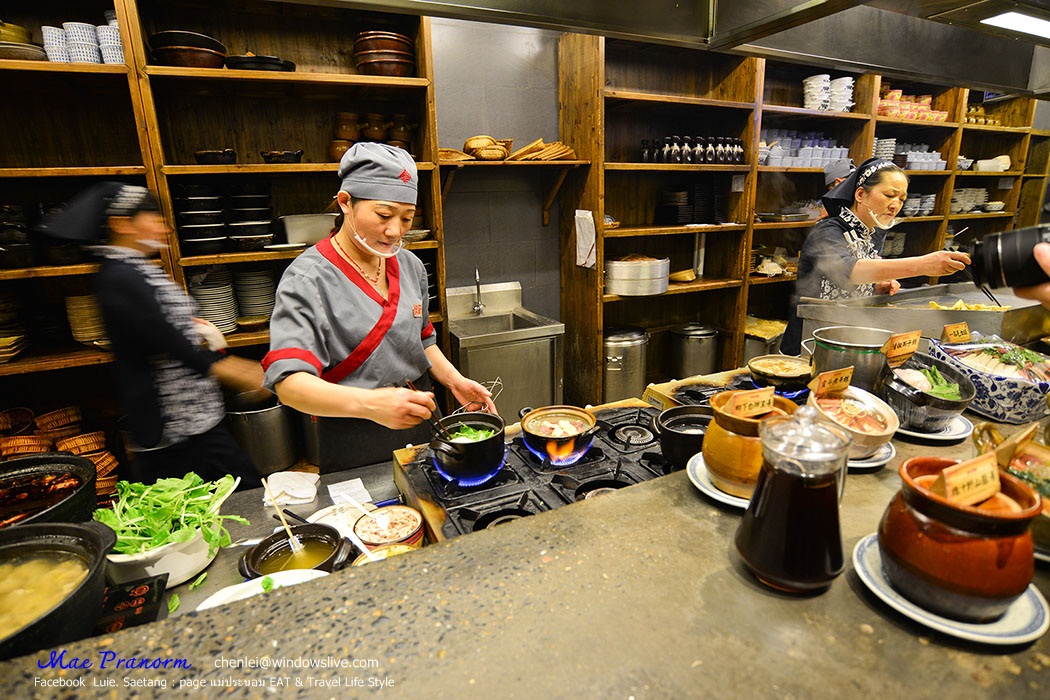
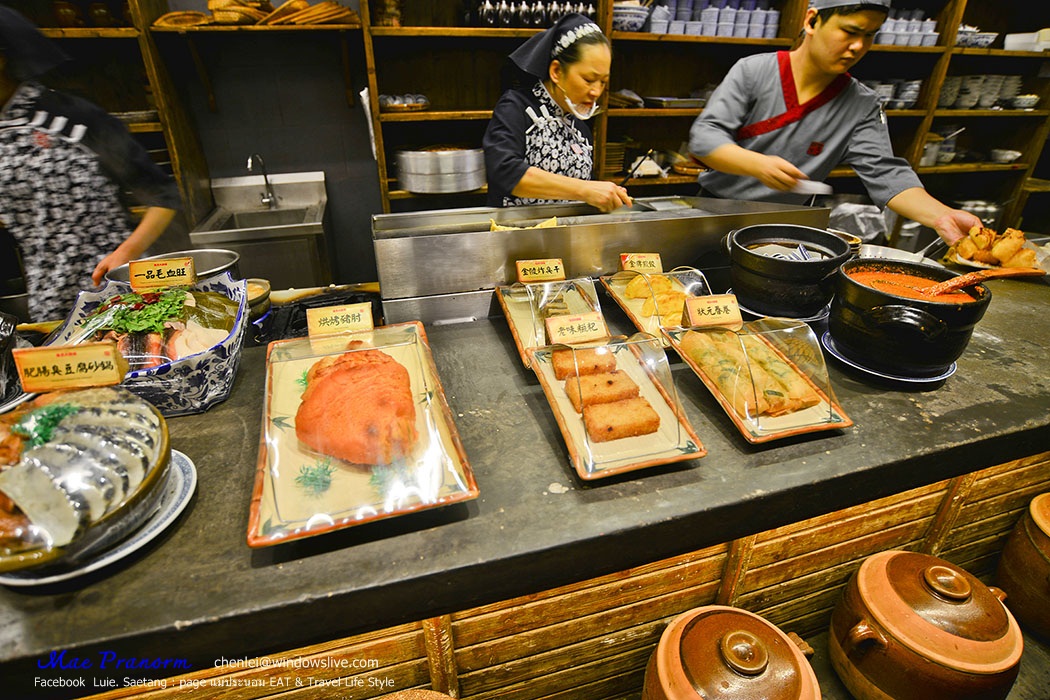
The food is delicious and not so expensive. We eat and enjoy it a lot.
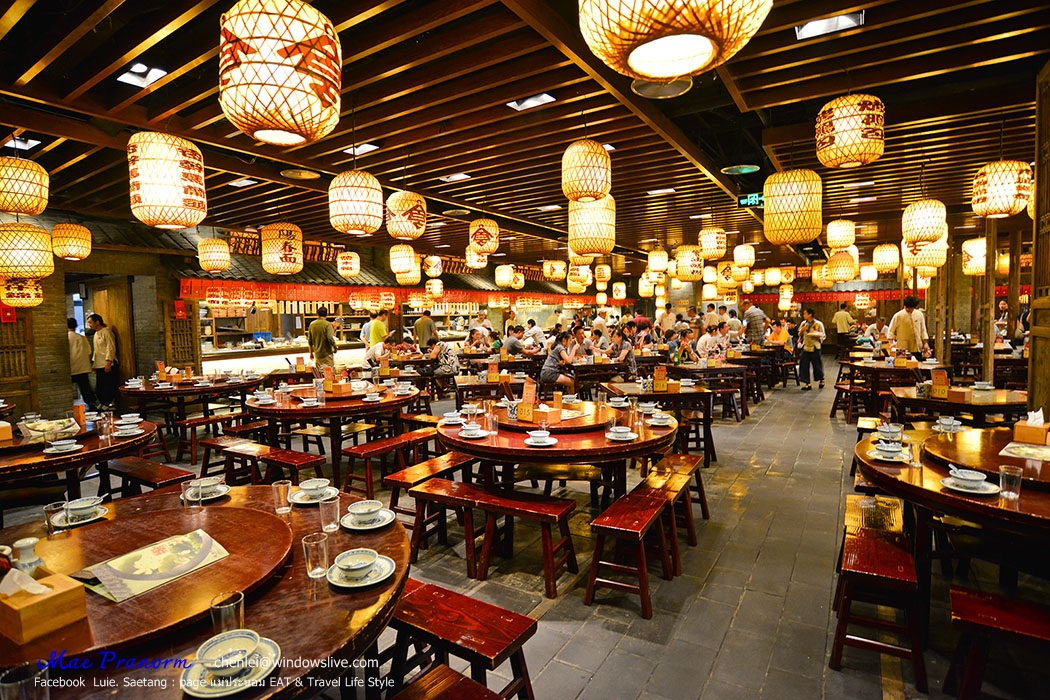
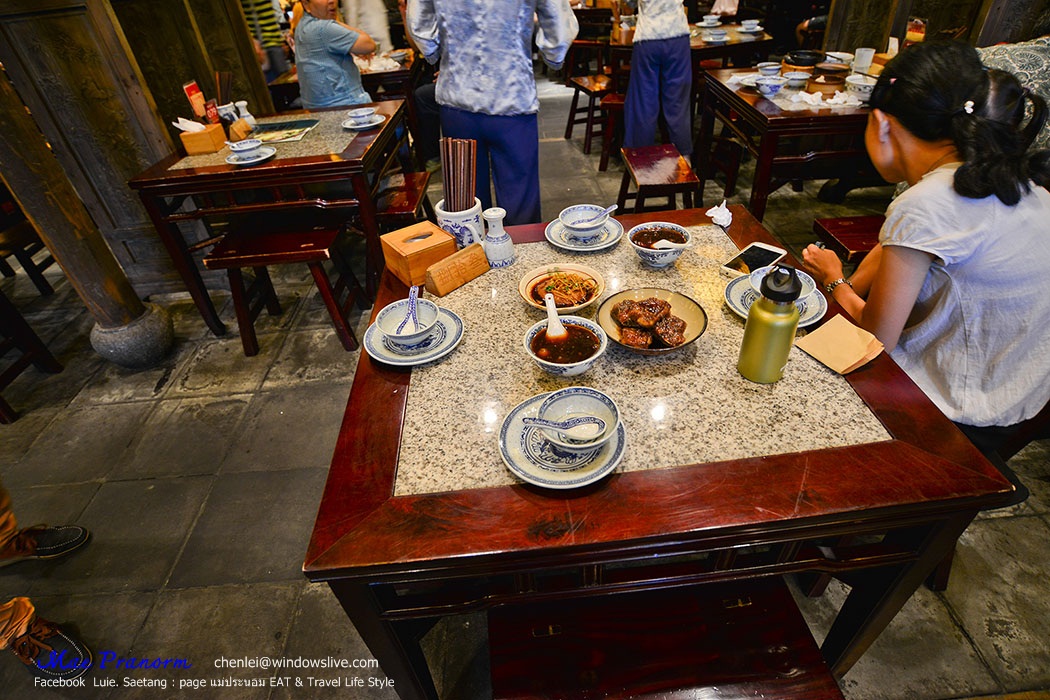
The most famous food in Nanjing, "Salted Duck", a dish that whoever comes to this town must try.
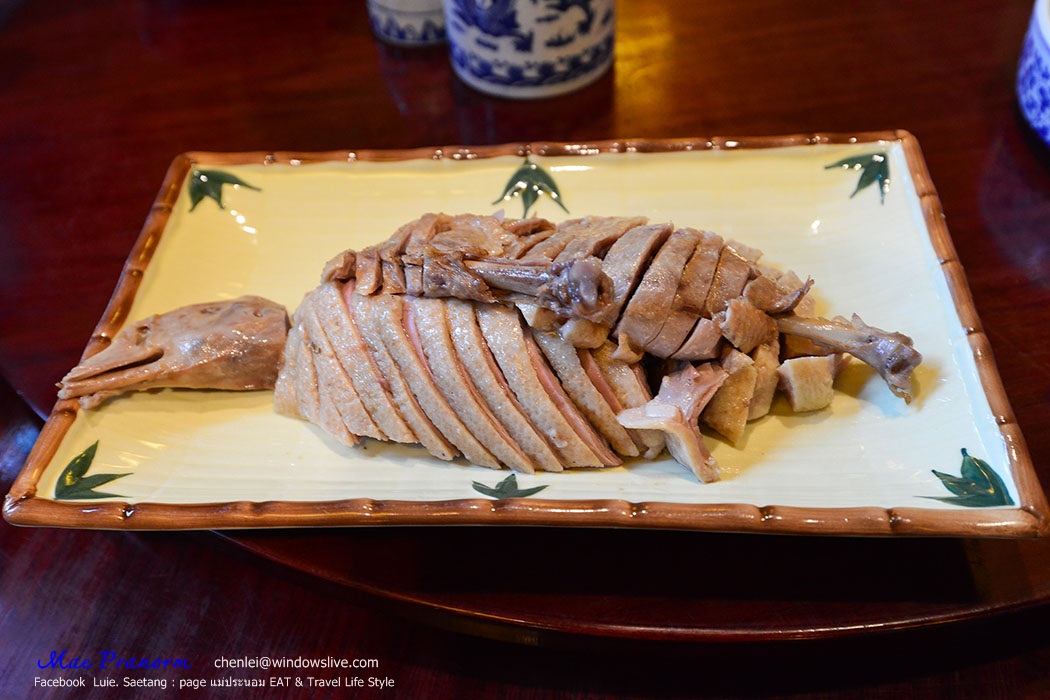
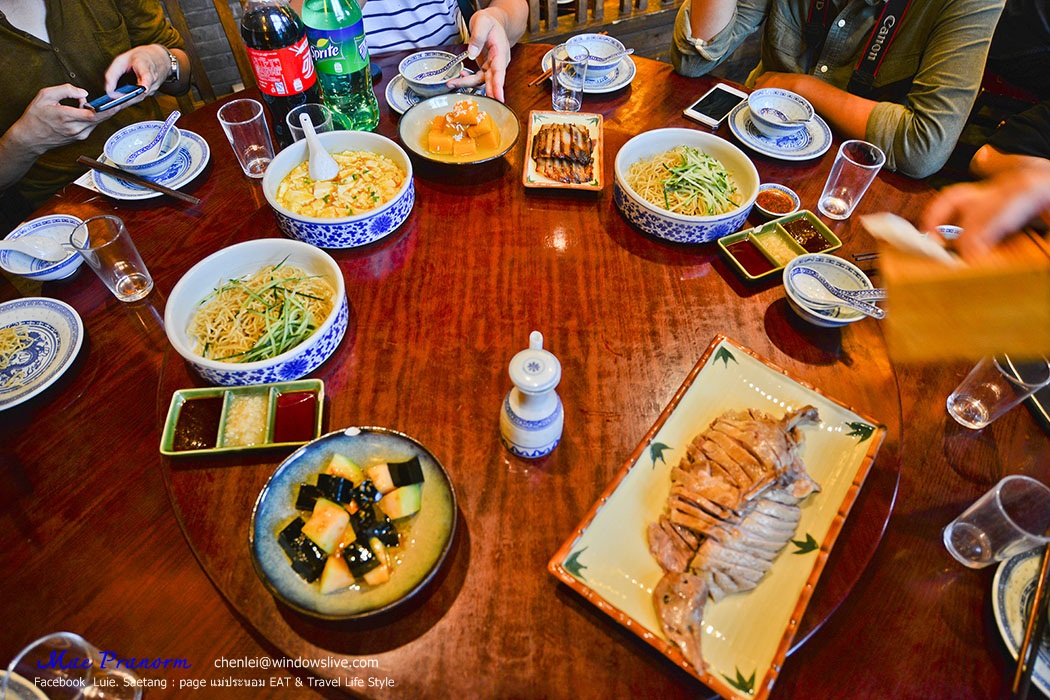
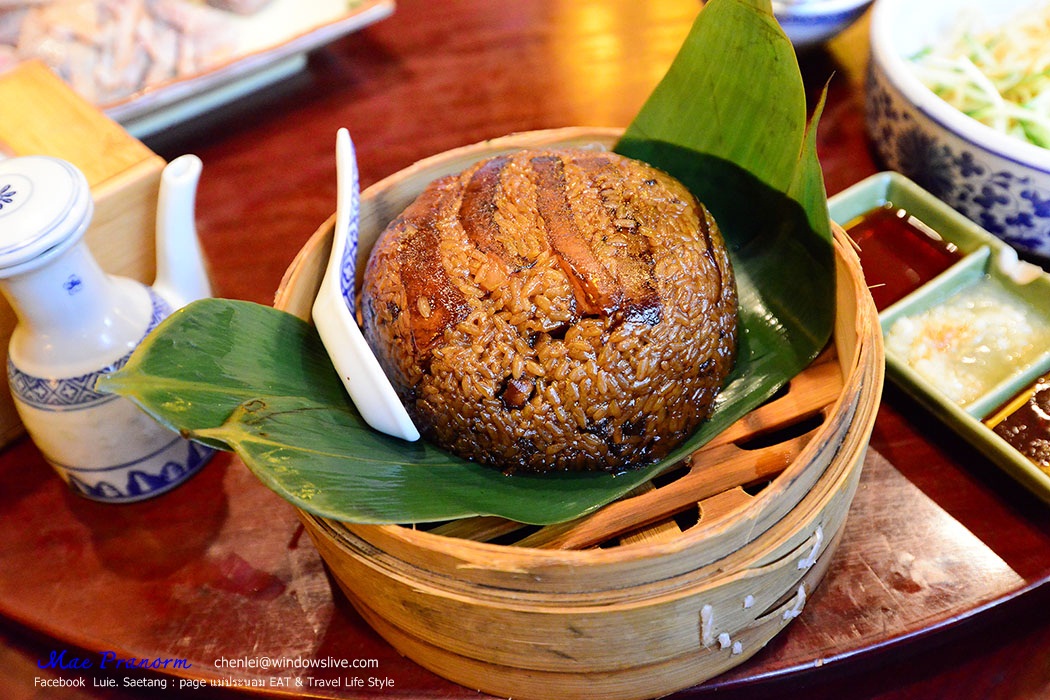
The next stop is the Hong Wu Mausoleum or Ming Xiaoling Mausoleum.
It is the royal tomb situated among the lushly green nature where the Emperor ordered to build several years prior to his death.
Hong Wu Mausoleum or in Chinese "Ming Xiaoling" Mausoleum is situated to the South of Dr. Sun Yatsen Mausoleum. On the passage to the tomb, craved stones and soldiers are to be seen all along the way.
But it is such a pity that the tomb was robbed during the Taiping Rebellion so many treasures which were the valued historical evidence were all taken away and that the tomb almost became a deserted tomb.
We will need to take an electric bus to this stop.
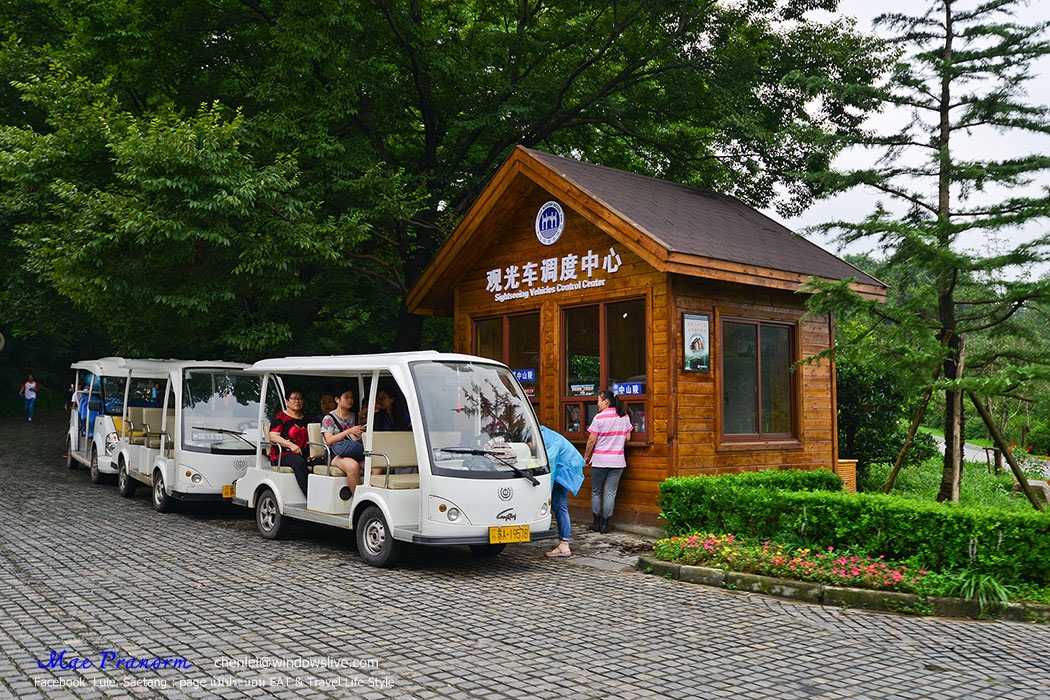
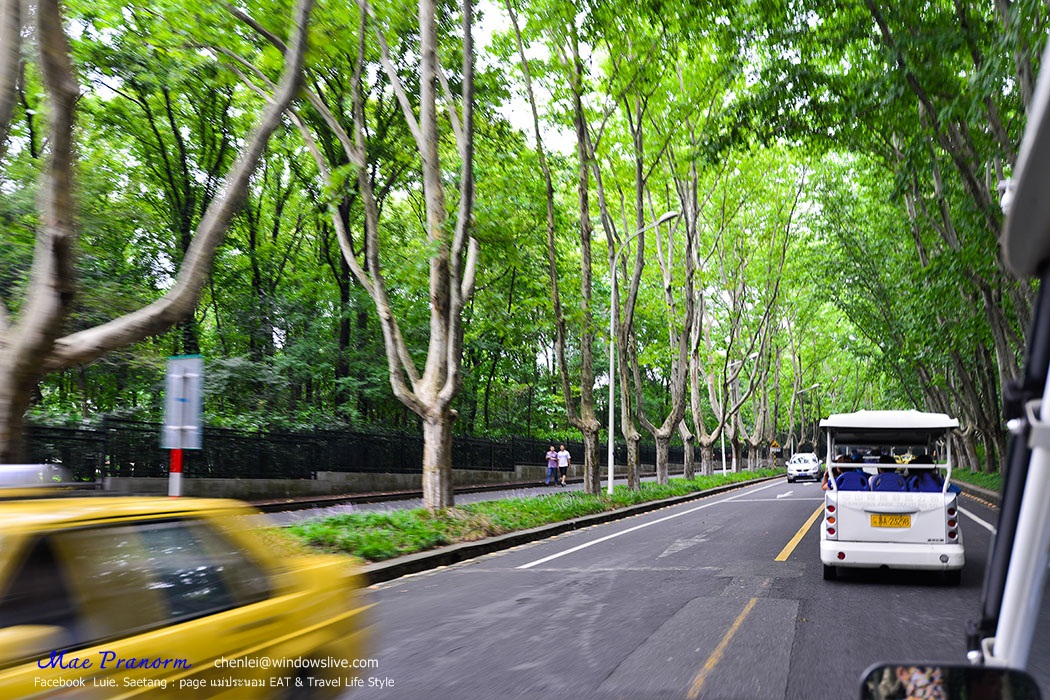
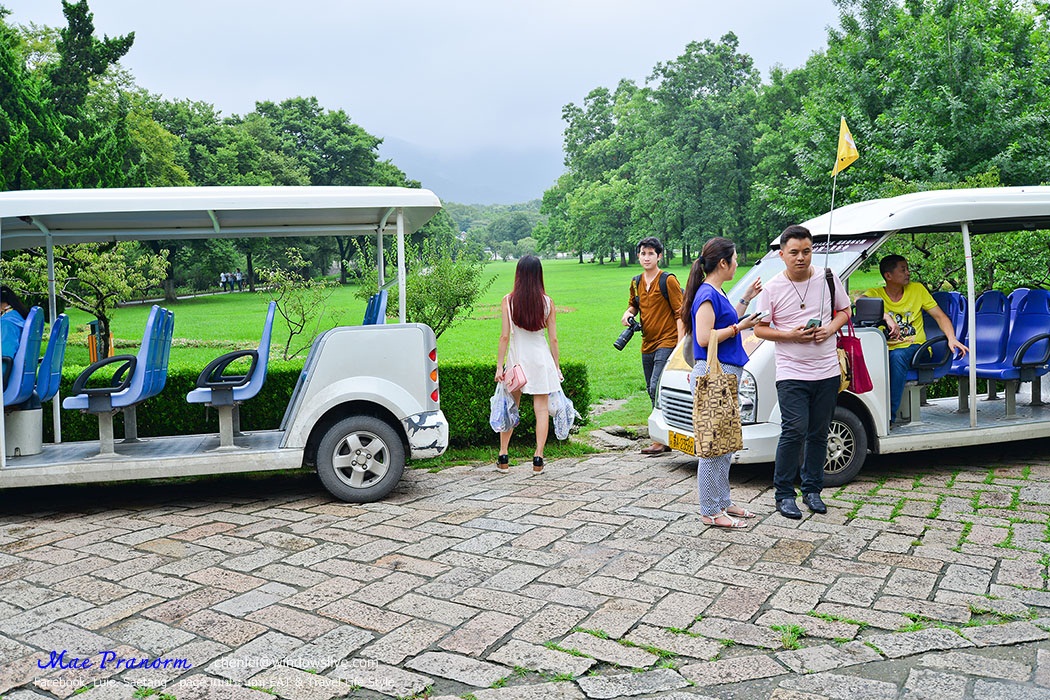

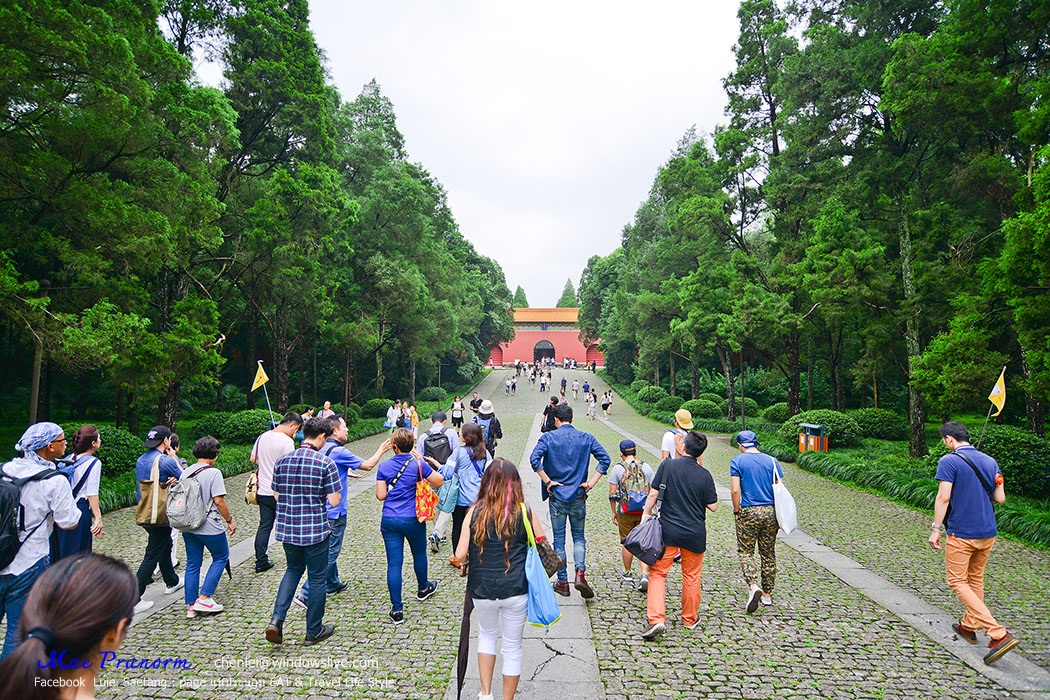
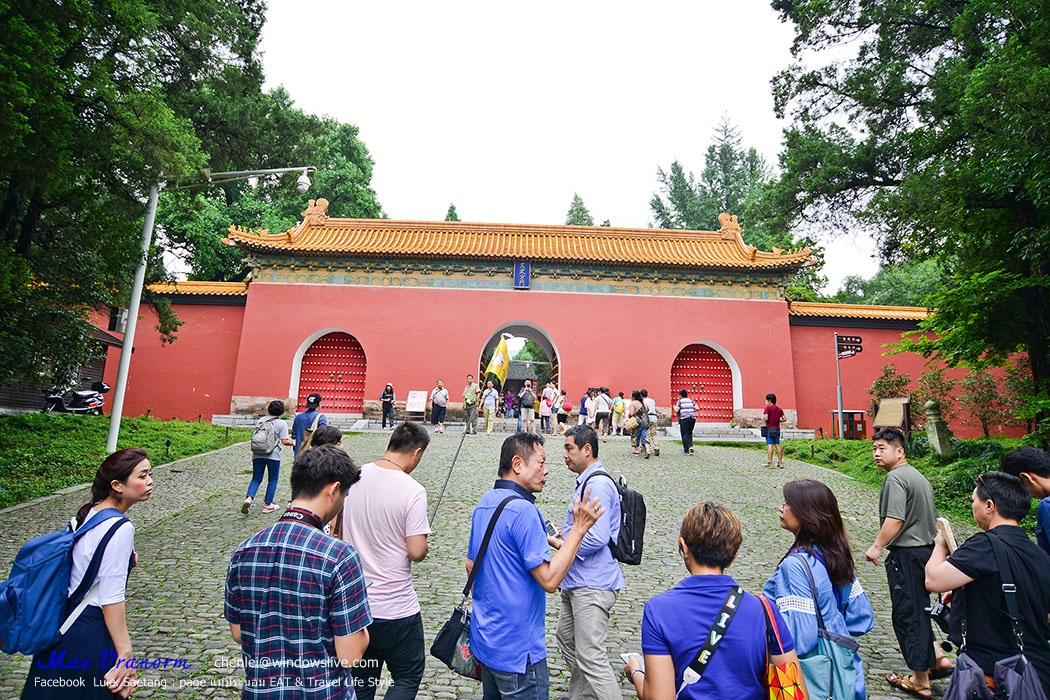
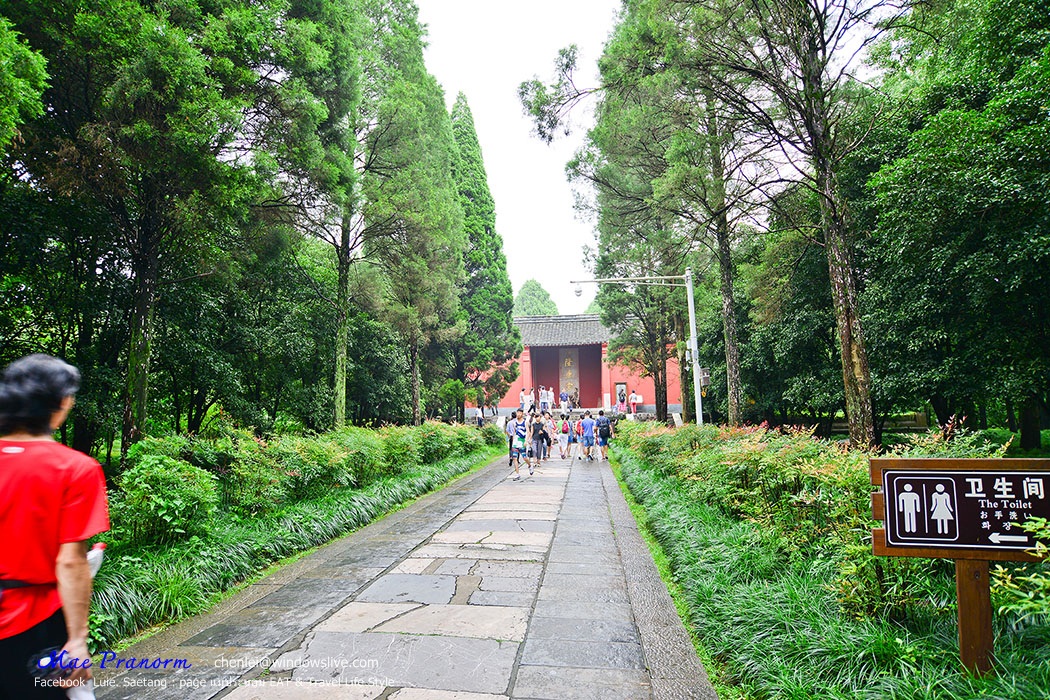
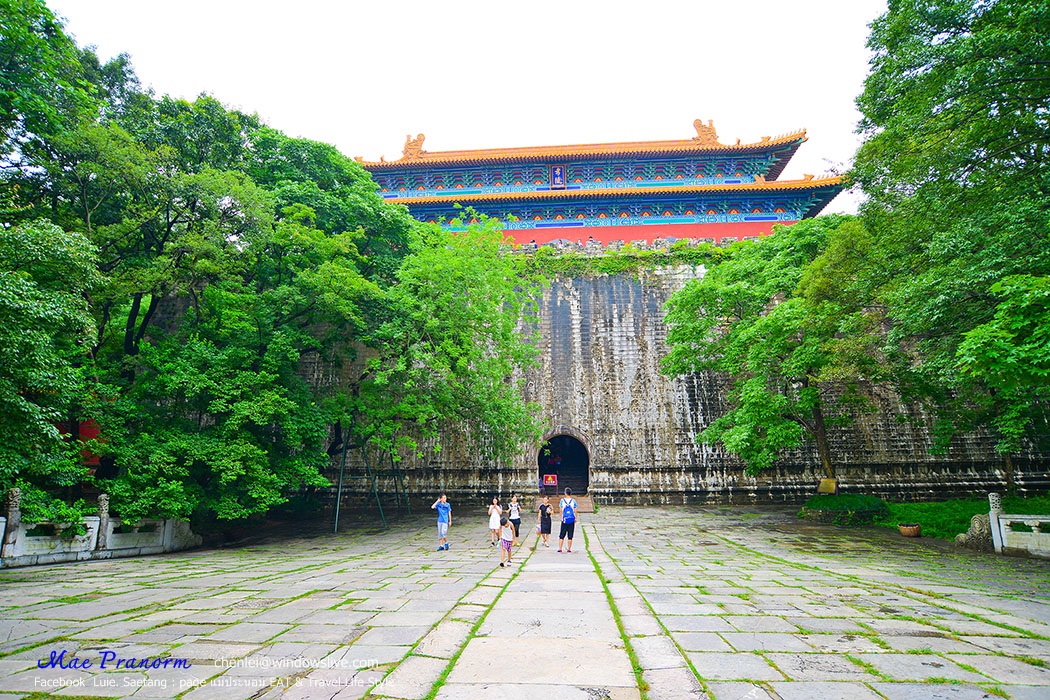
And we are moving onto Linggu Temple.
Linggu Temple is the old temple built at the end of the 14th Century, and the important remaining is "Wuliang Hall".
It is a Beamless Hall, built with bricks entirely from the bottom to the top. At the rear of the temple situated Linggu Pagoda. It is a nine-stories tall pagoda that
stands 60.5 meters high. It was built in 1929 in the memorial for the victims during the warlord era that many people were killed.

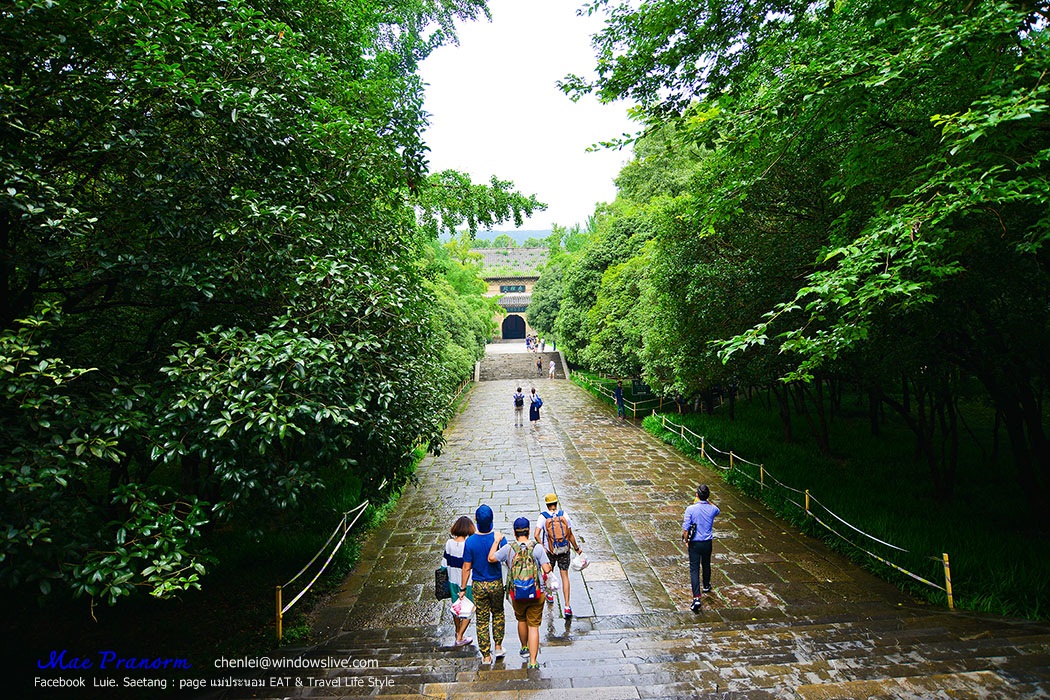
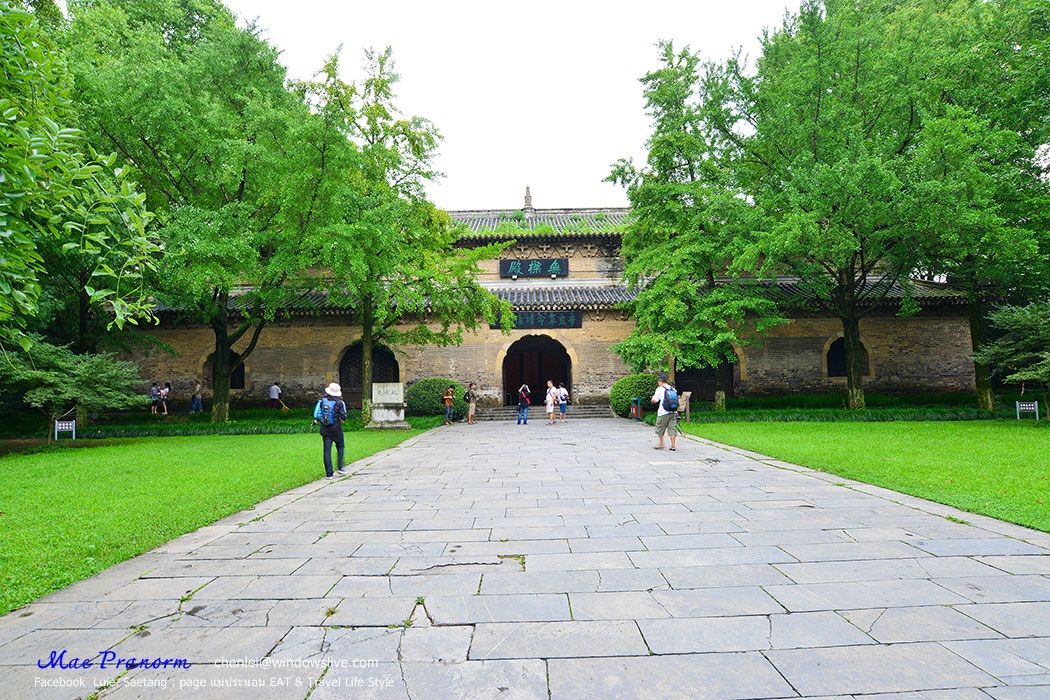
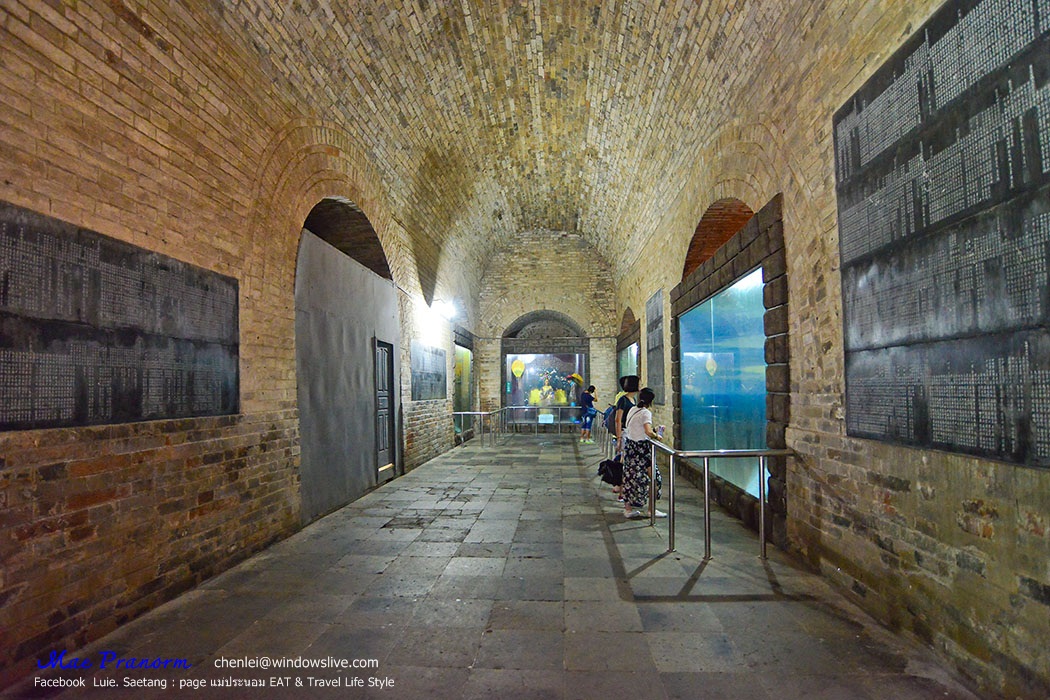

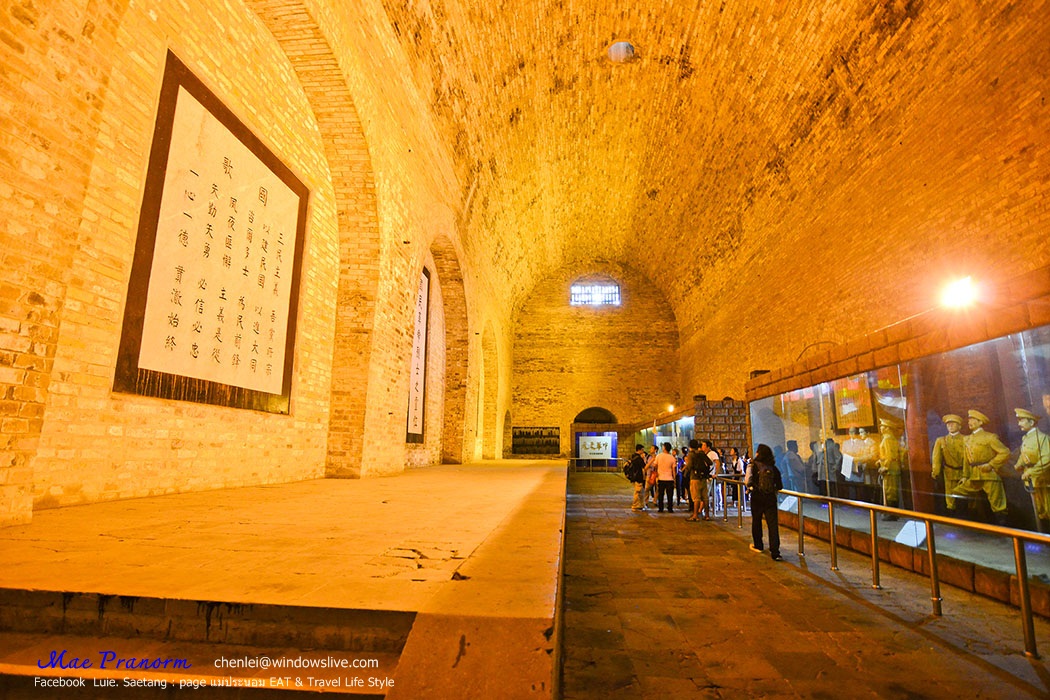
In the evening, we are cruising at Fuzi Miao.
We are cruising along the Qinhuai River, the biggest river of Nanjing. It is considered a subsidiary river of the Yangtze River. Qinhuai River is 110 kilometers in length and divided into the inner and outer river lines. The outer line will flow off the city and the inner line will run through the Nanjing city, before both of which will flow into the Yangtze River. We are cruising to see the highlight places of this city in a 4.2 kilometers long. Both sides are the beautifully decorated with houses of rich people as well as the shops.
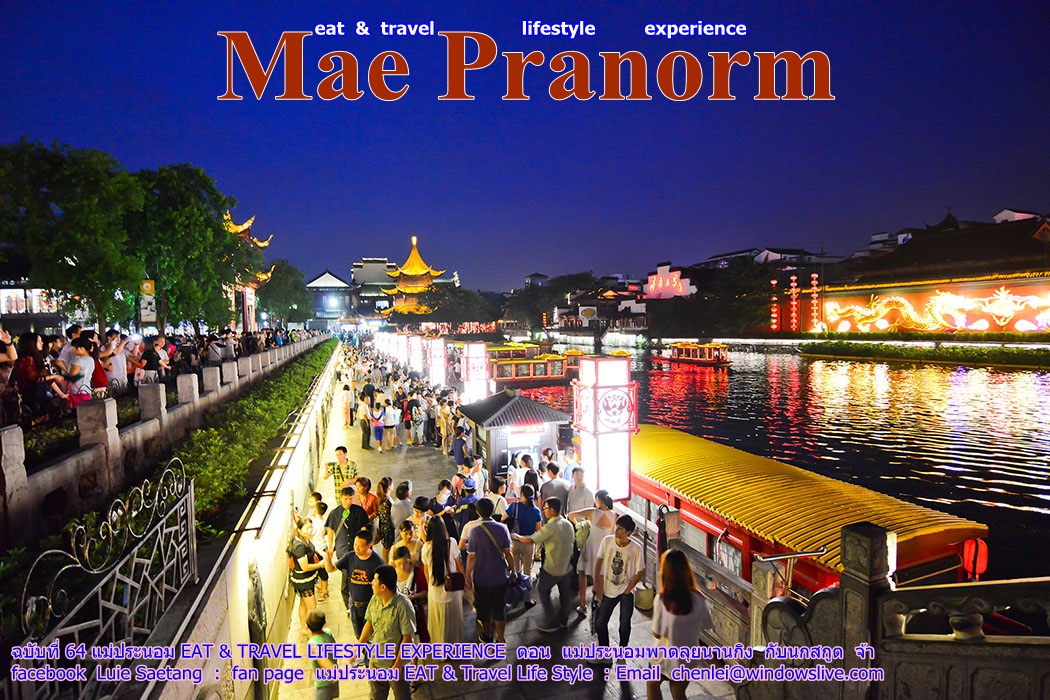

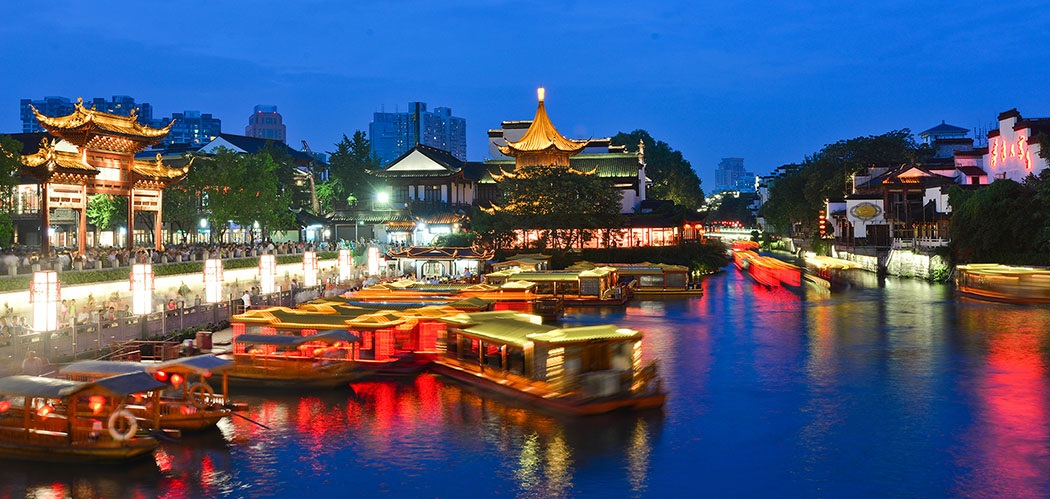
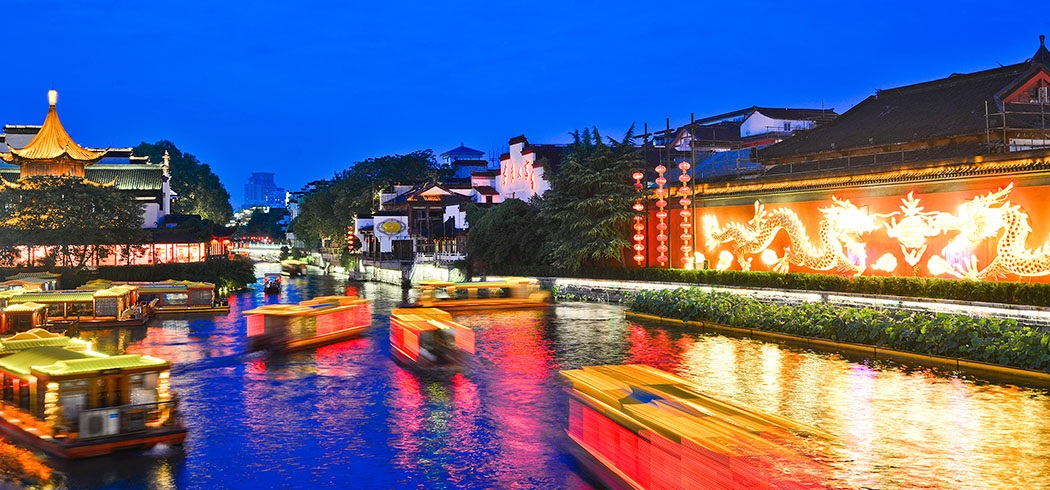

The ticket is 60 RMB per person and let's get cruising.
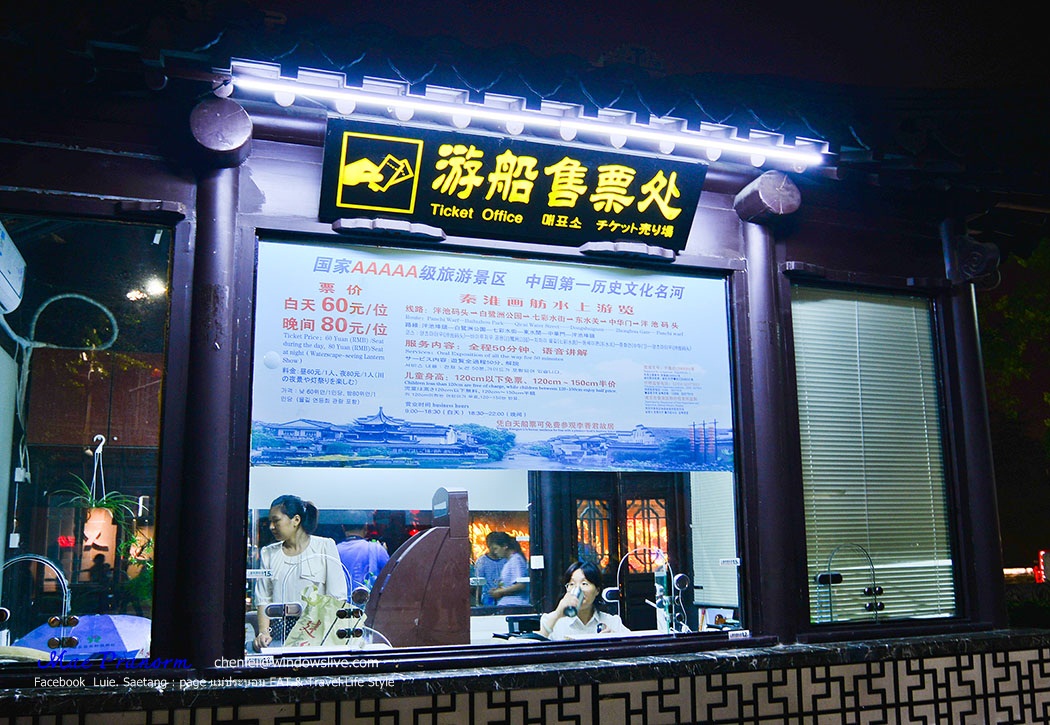
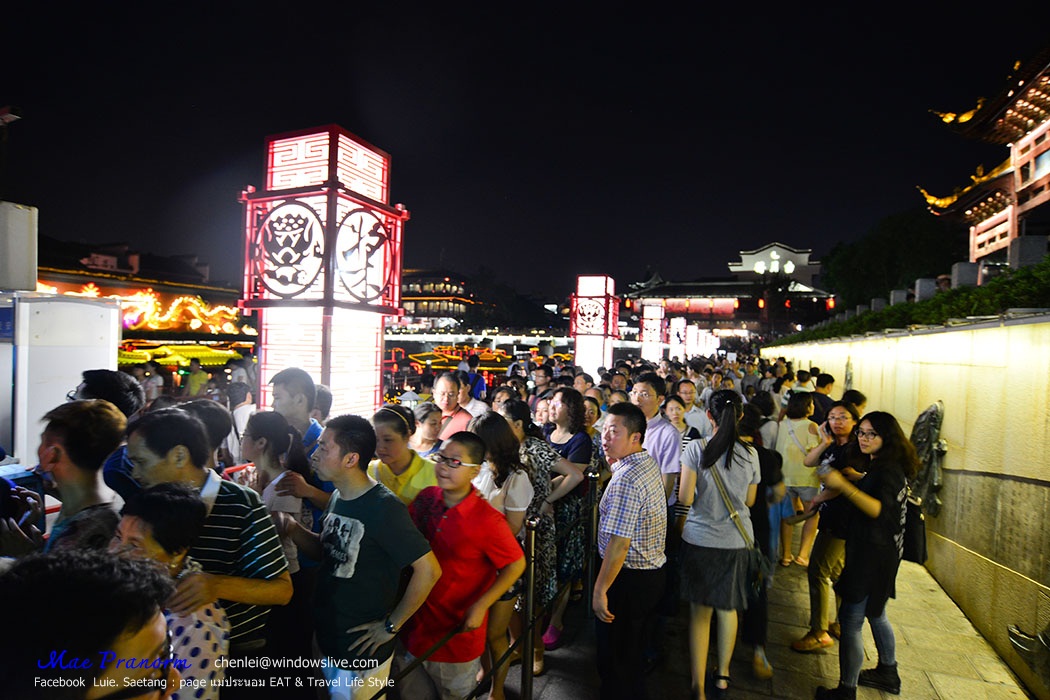
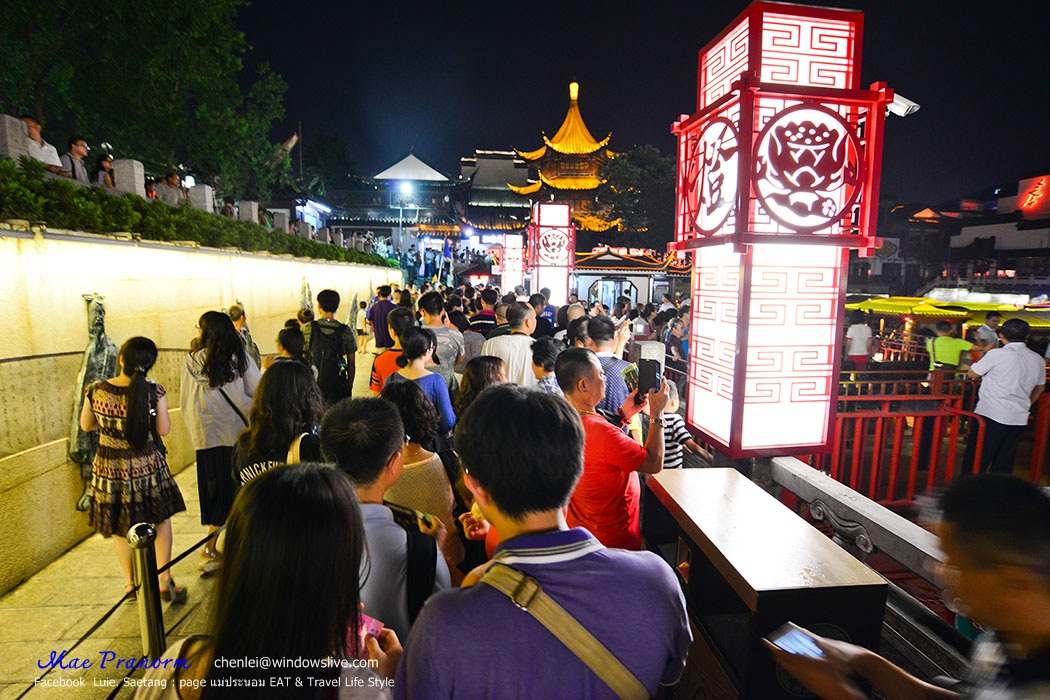
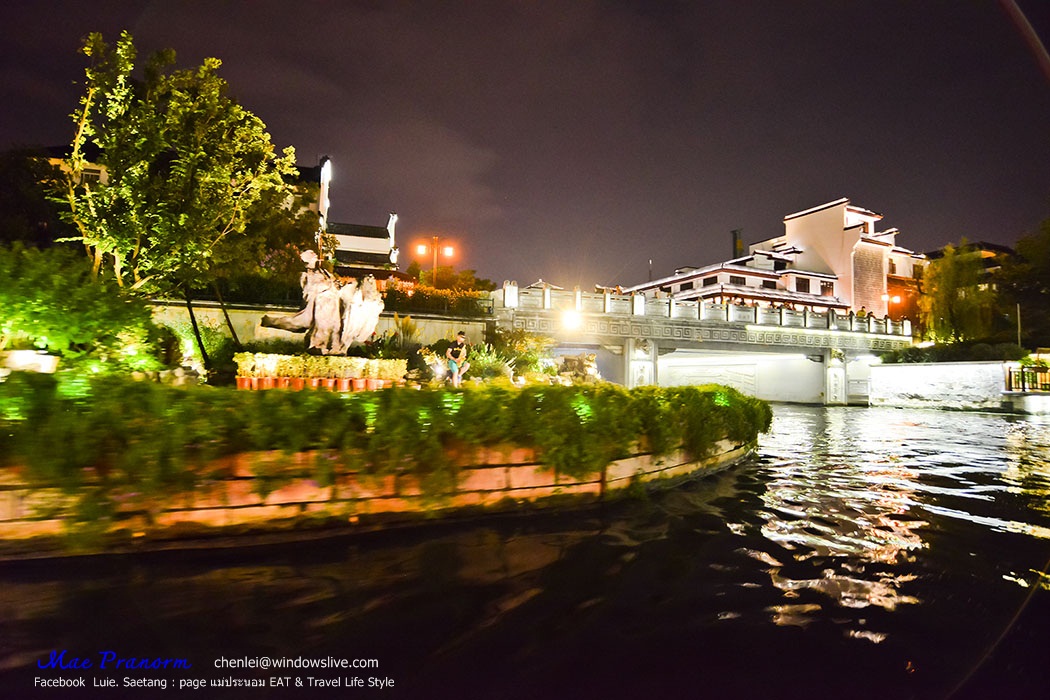
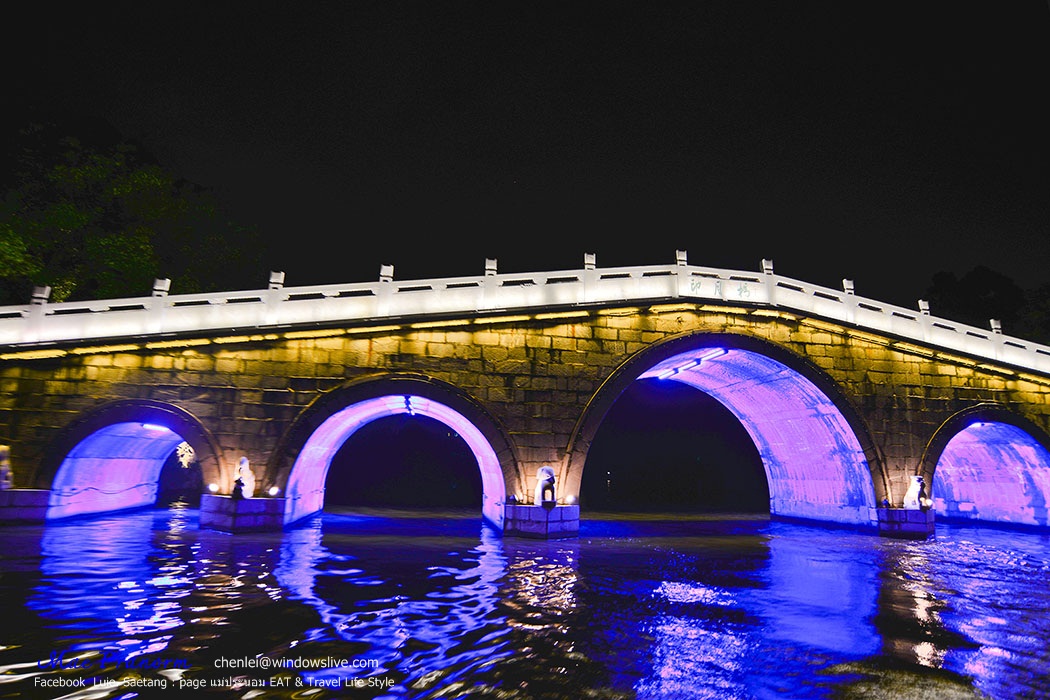
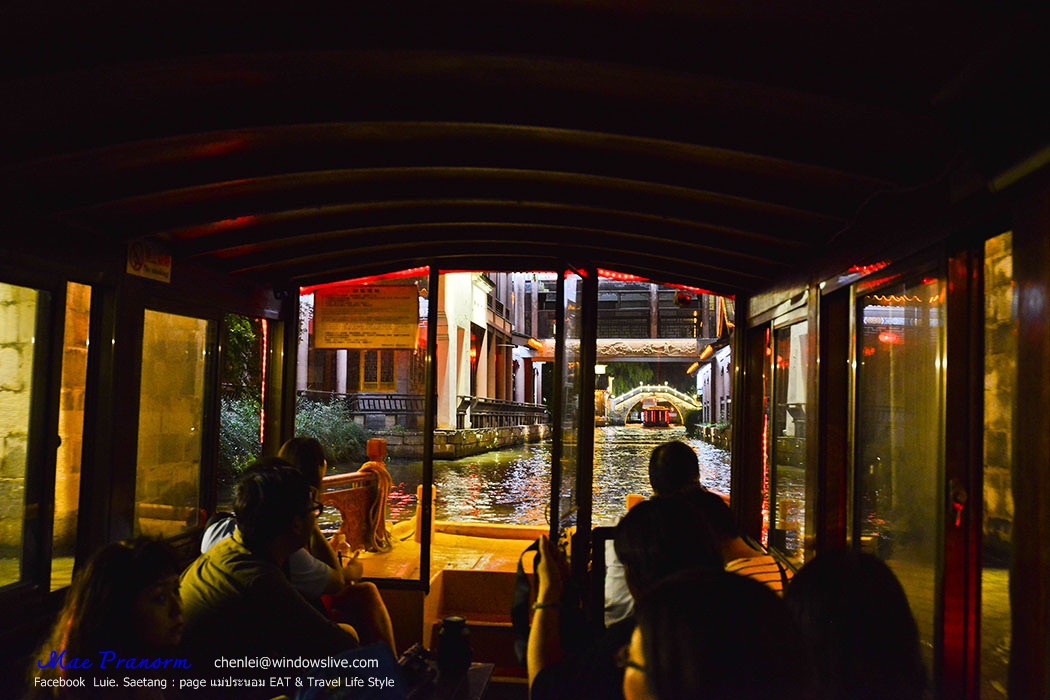
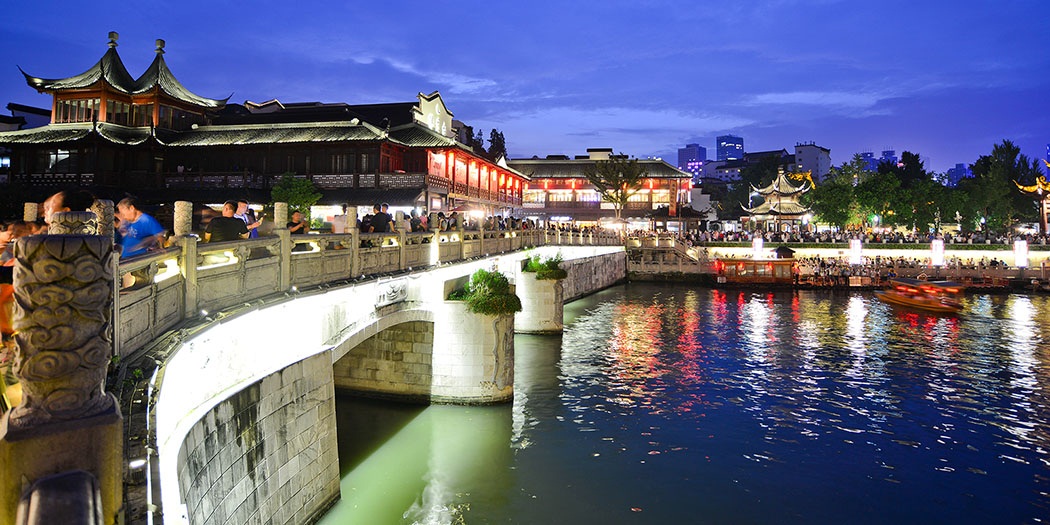
After that, let's take a walk. It is such a beautiful place.
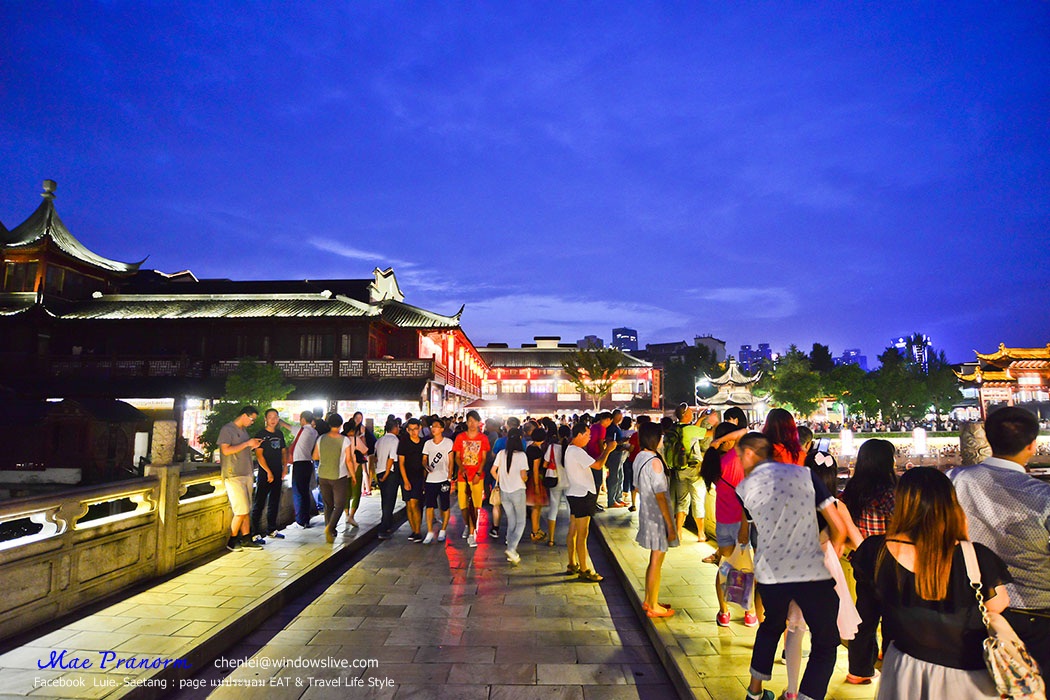
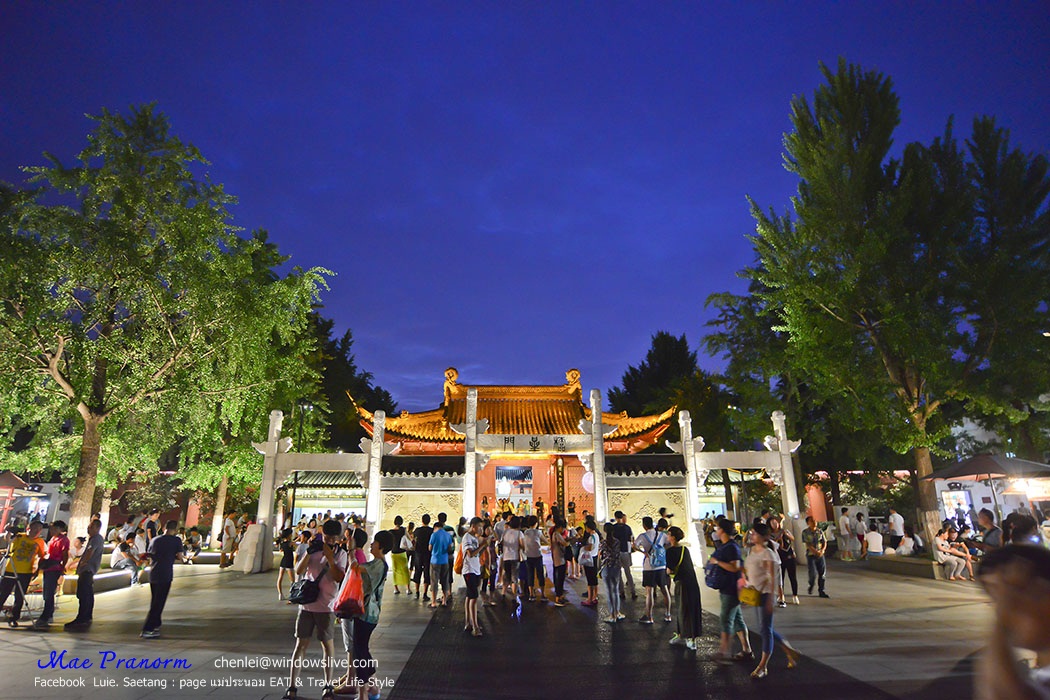
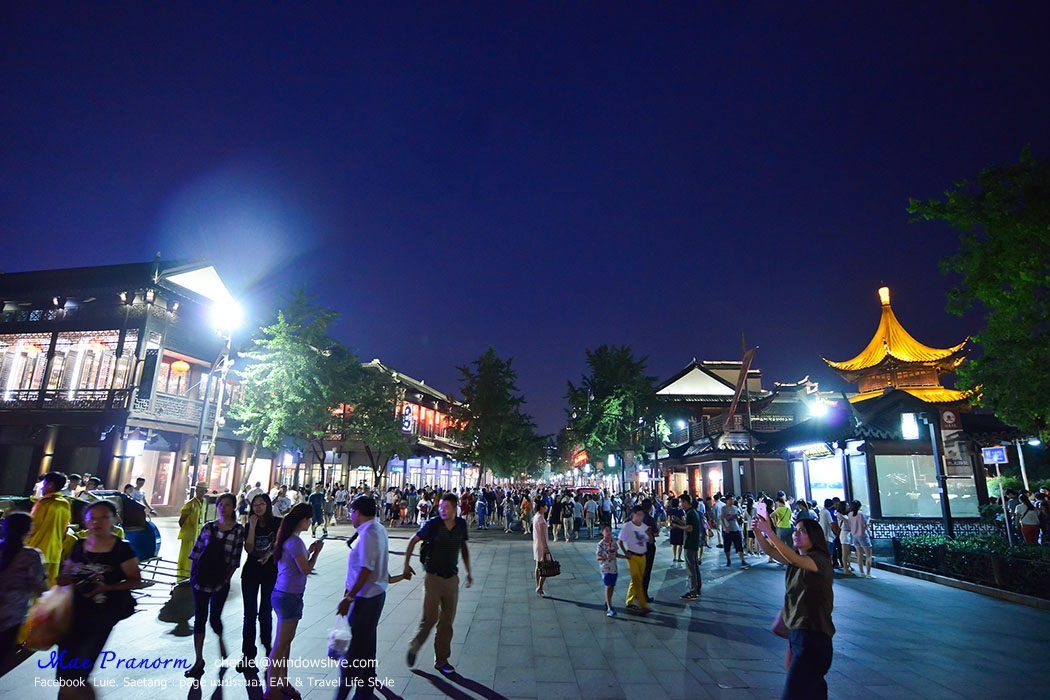

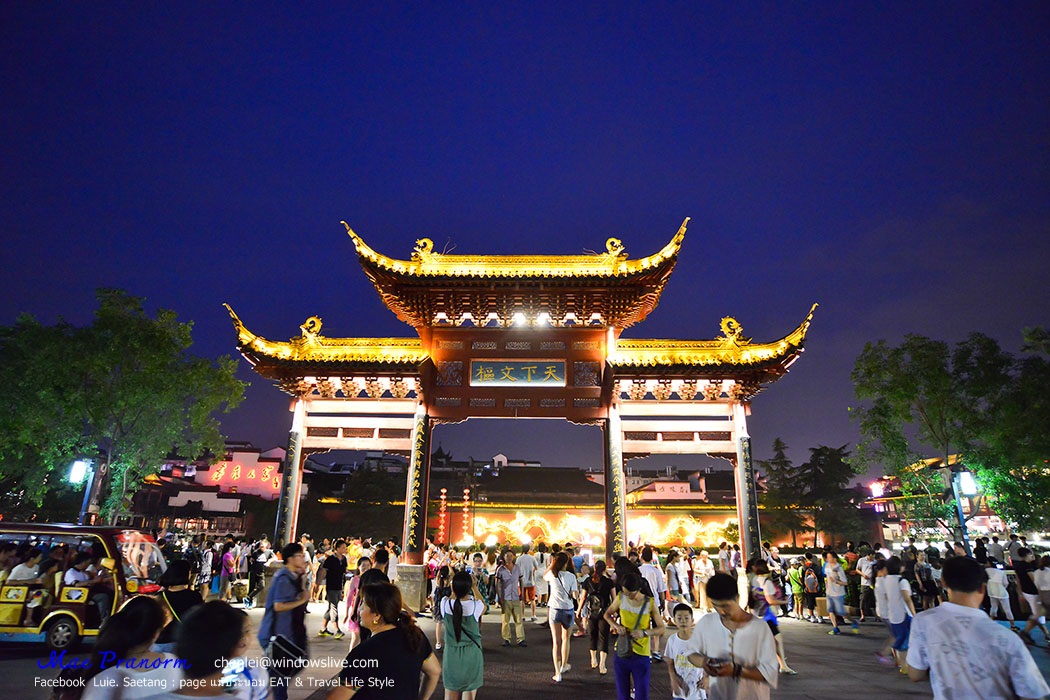

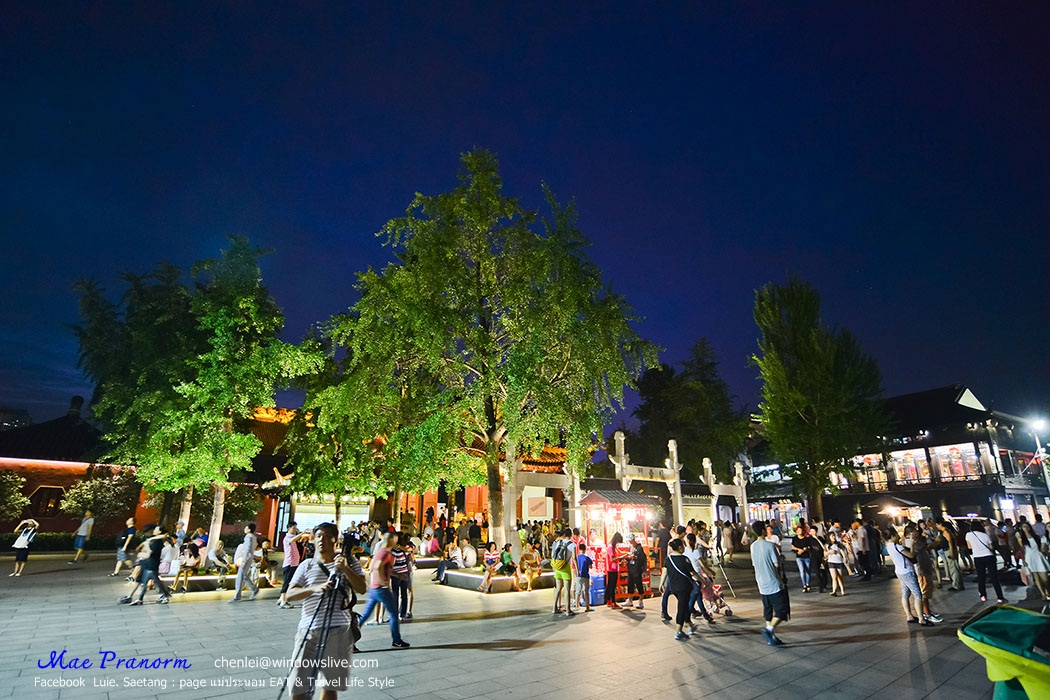
On the 5th day, and our last day of the trip, we are going to see the bridge that is crossing over the Yangtze River.
The Nanjing Yangtze River Bridge is the third bridge to go across this strong water tide of Yangtze River after the Wuhan Yangtze River Bridge and the Chongqing Baishatuo Yangtze River Bridge.
It is a double-tracks steel bridge with a 4.5 kilometers long and located to the Northeast of the city.
In order to construct this bridge, more than 9,000 labors were needed and it lasted for about 8 years. It started in 1960 and completed in 1968. Since prior to the building, China relied on the Russian technology and steel, but after the conflict with Russia, Russia canceled all the assistance so the Chinese government needed to design and test the steels for many years.
Therefore, the Nanjing Bridge is the collection of the technological experiences on the equipment and raw materials. Ever since then, China was capable of constructing many technological complex bridges.
This bridge is also considered the first heavy bridge designed and built using Chinese expertise under the great achievement of the far ahead vision.
This bridge is also once recorded as the longest bridge for vehicles and trains. This is the great of the great.
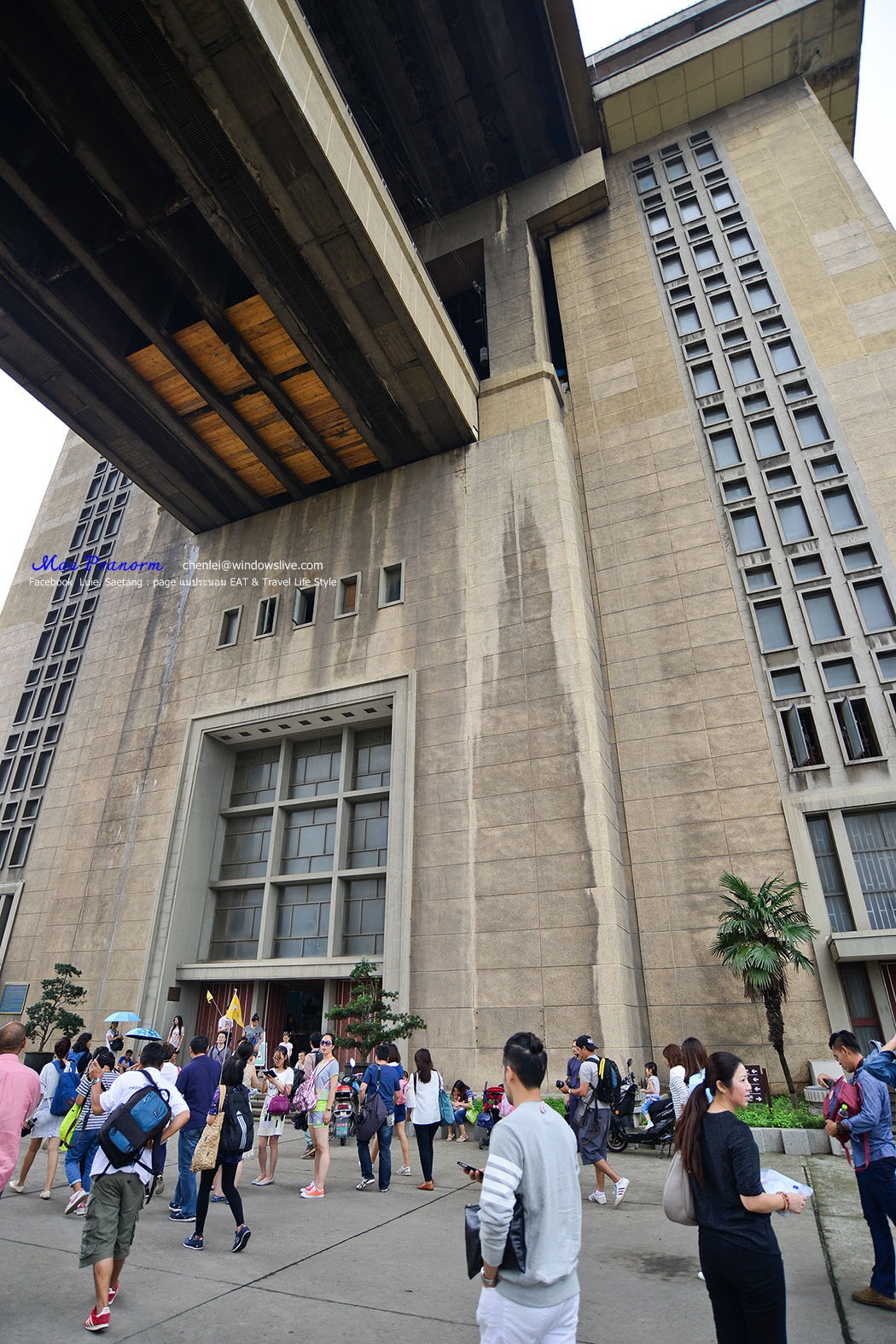
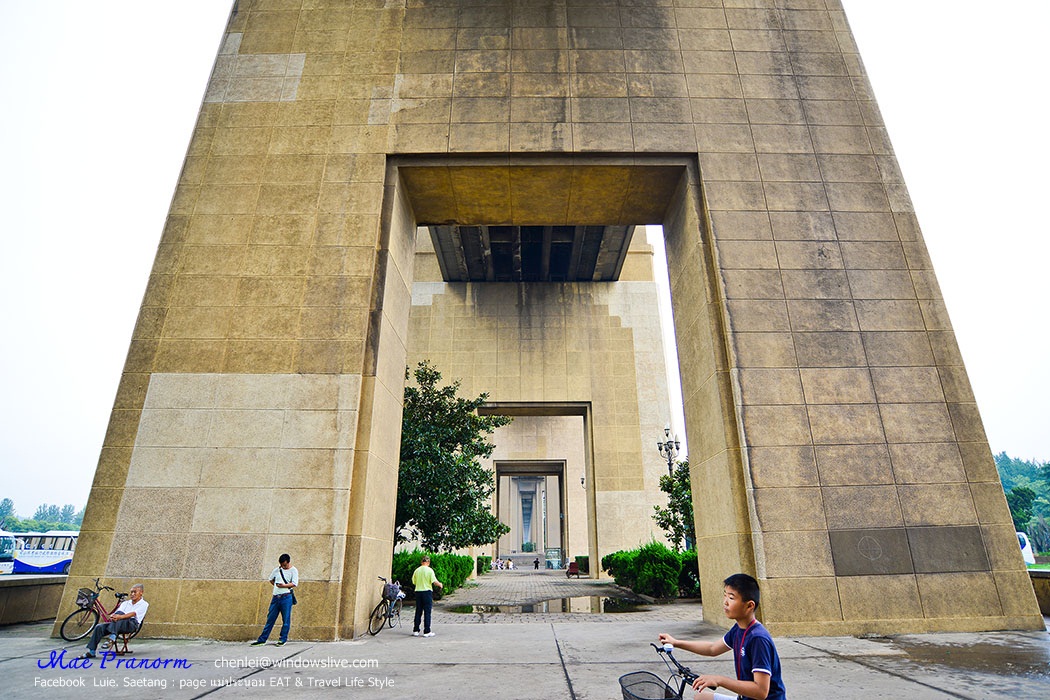
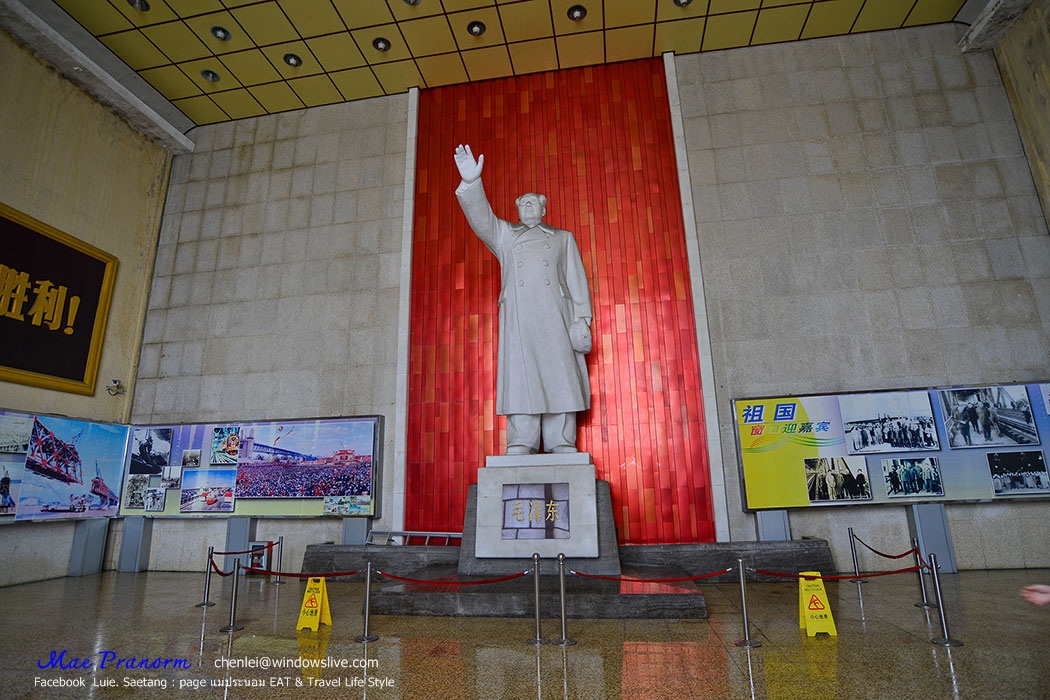
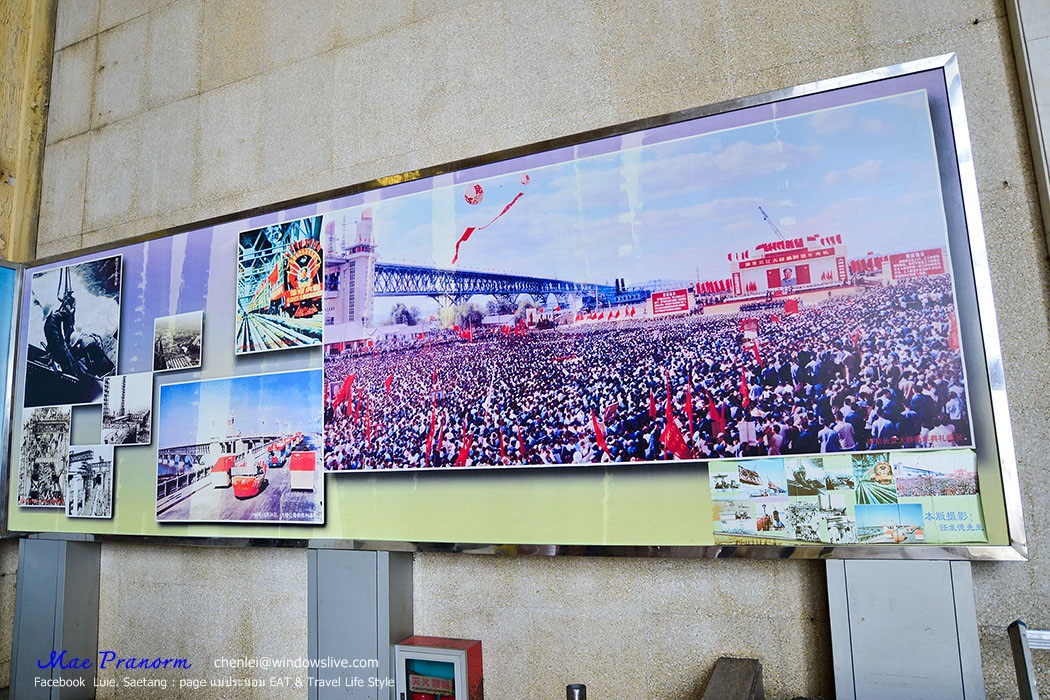
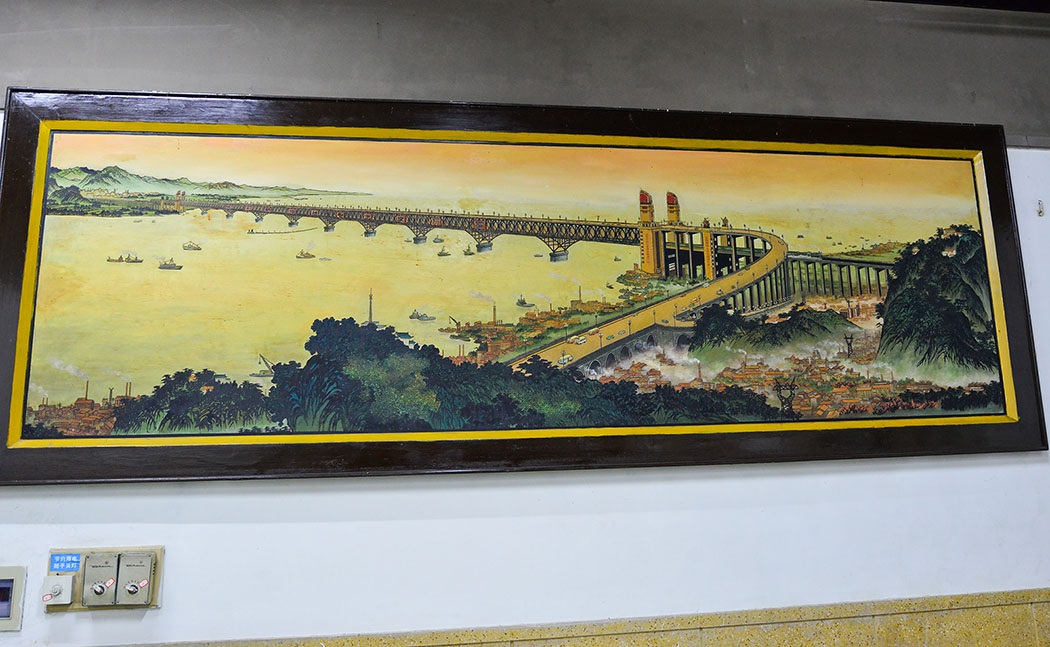
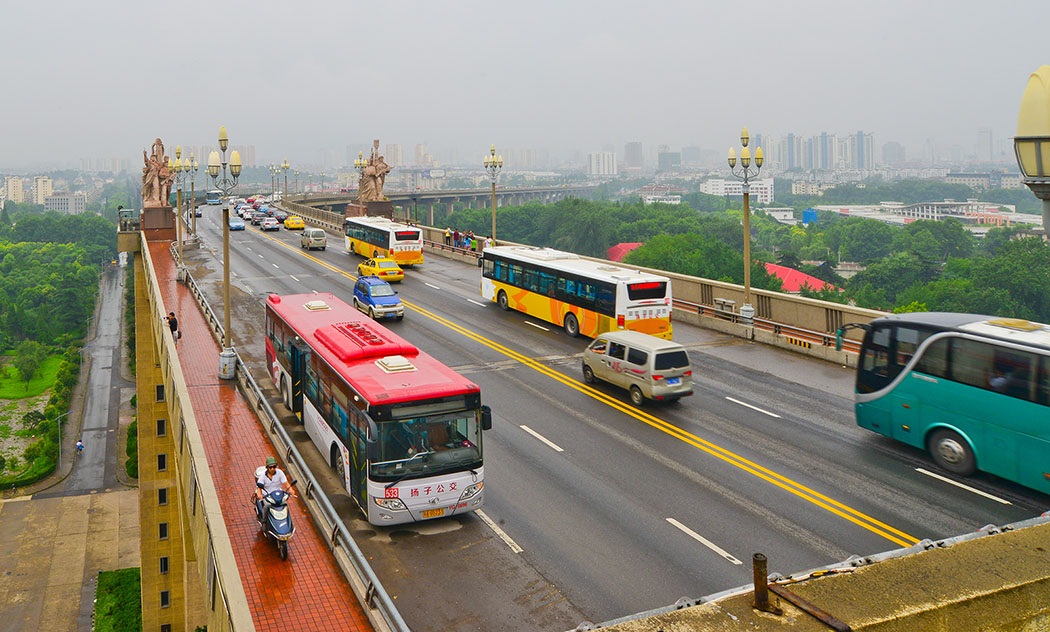

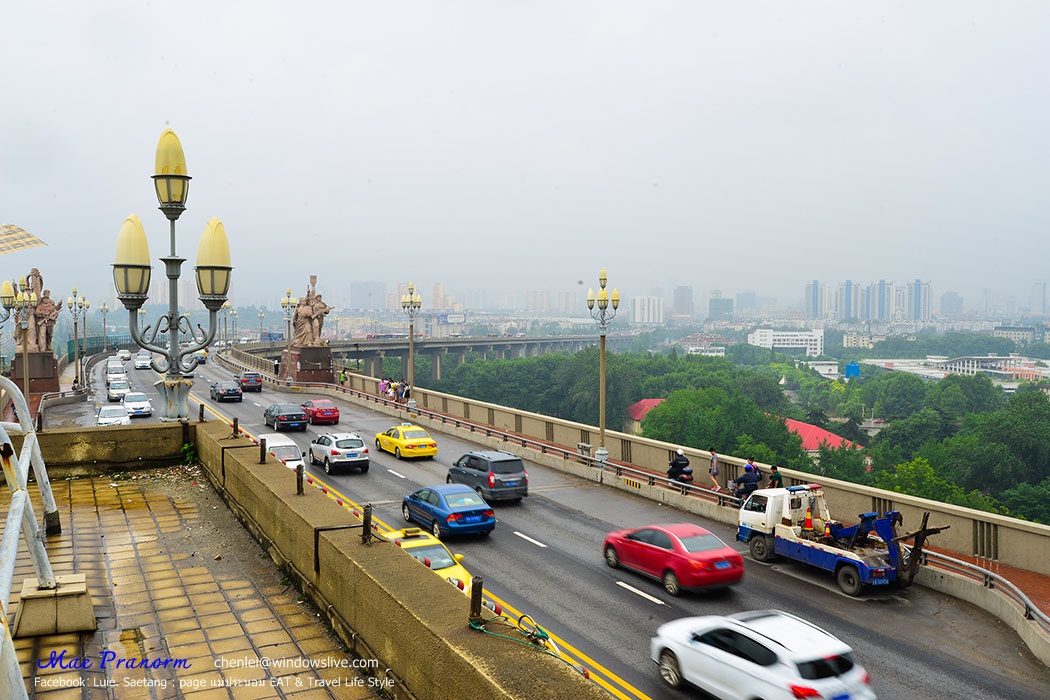
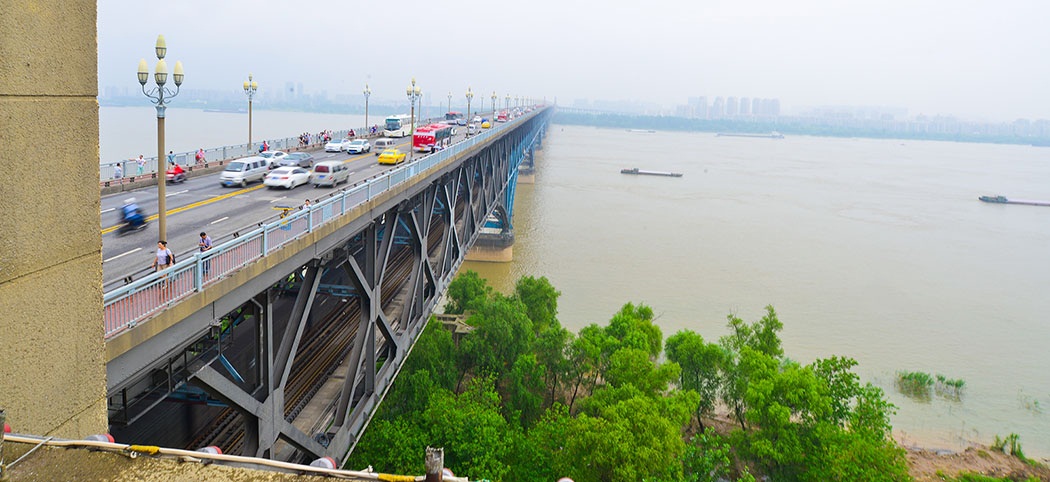
And the last attraction that we will go before setting off for the airport is the Nanjing Massacre Memorial Hall.
The Nanjing Massacre Memorial Hall was built to commemorate the Nanjing massacre incident that is like a nightmare that can never be forgotten for the Chinese.
The memorial exhibit photos, statues of the Chinese who try to escape as well as the evidence of the brutality of the Japanese army against the Nanjing people in December 1937. They destroyed houses, raped women randomly and murdered more than 300,000 Chinese people.
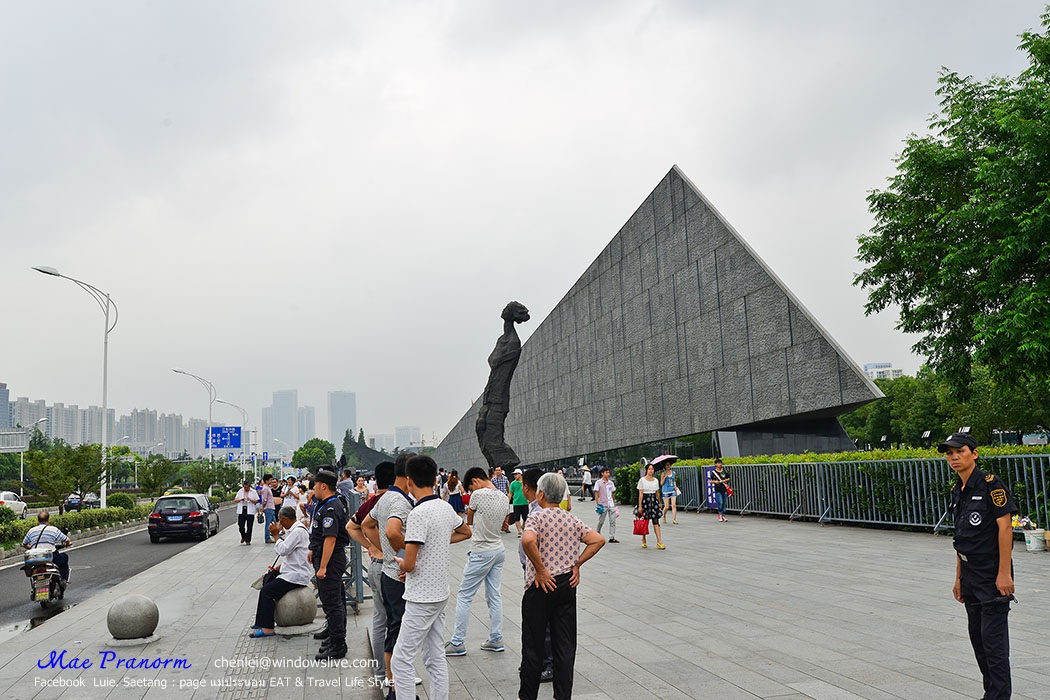
We can take a metro and it will bring us right to the front of the memorial hall.
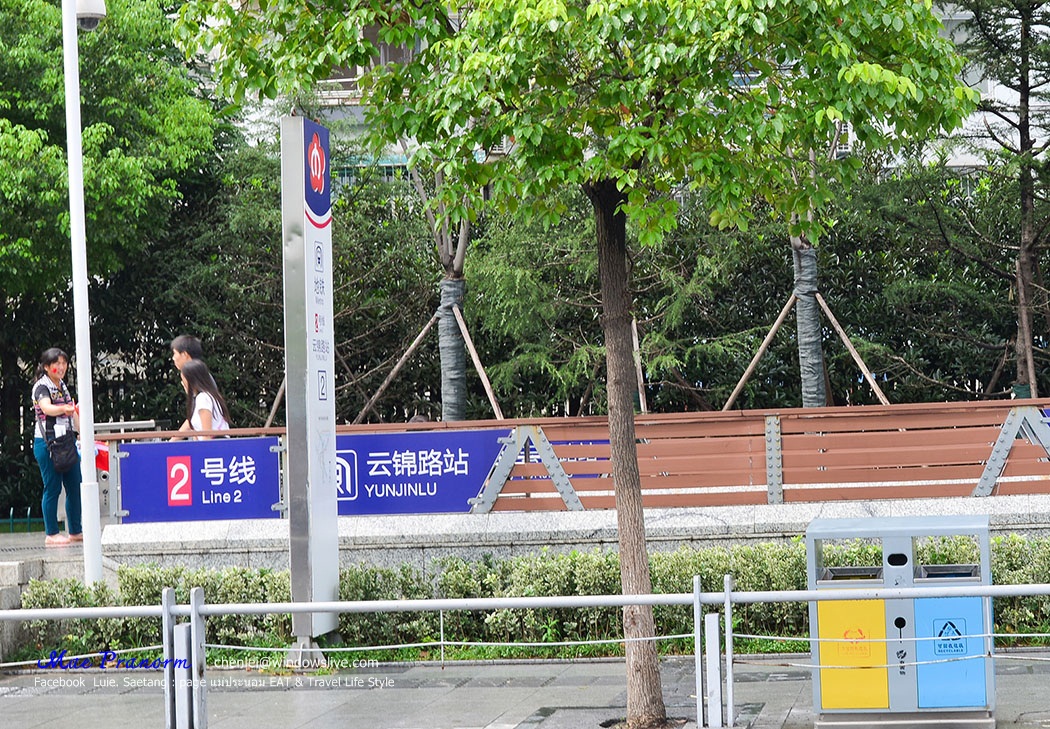
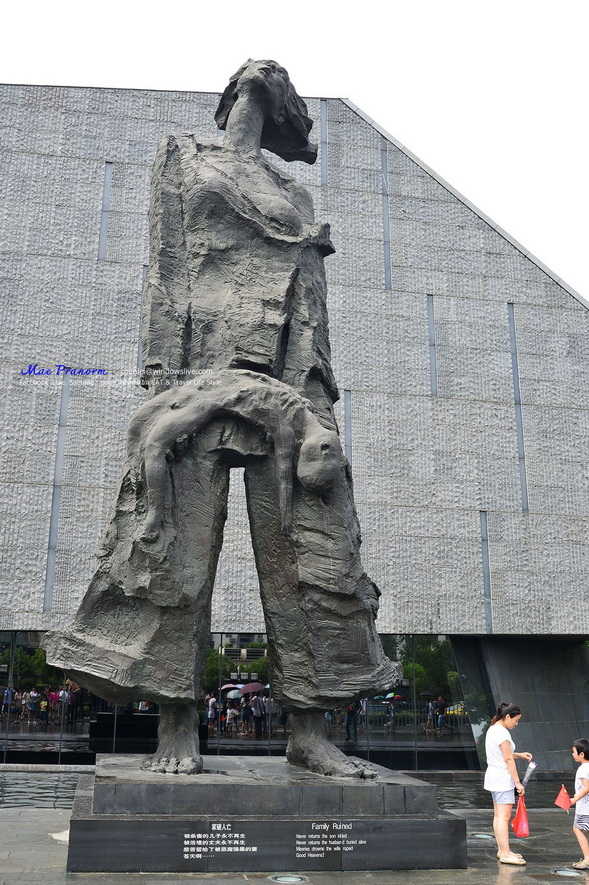
This is a bayonet.
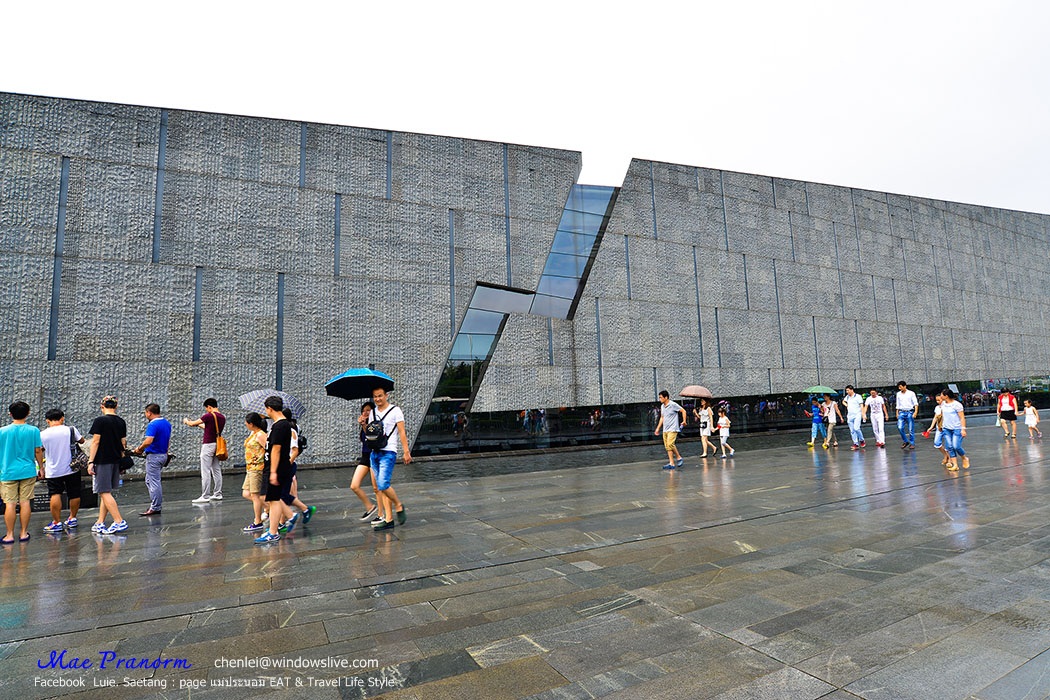
....
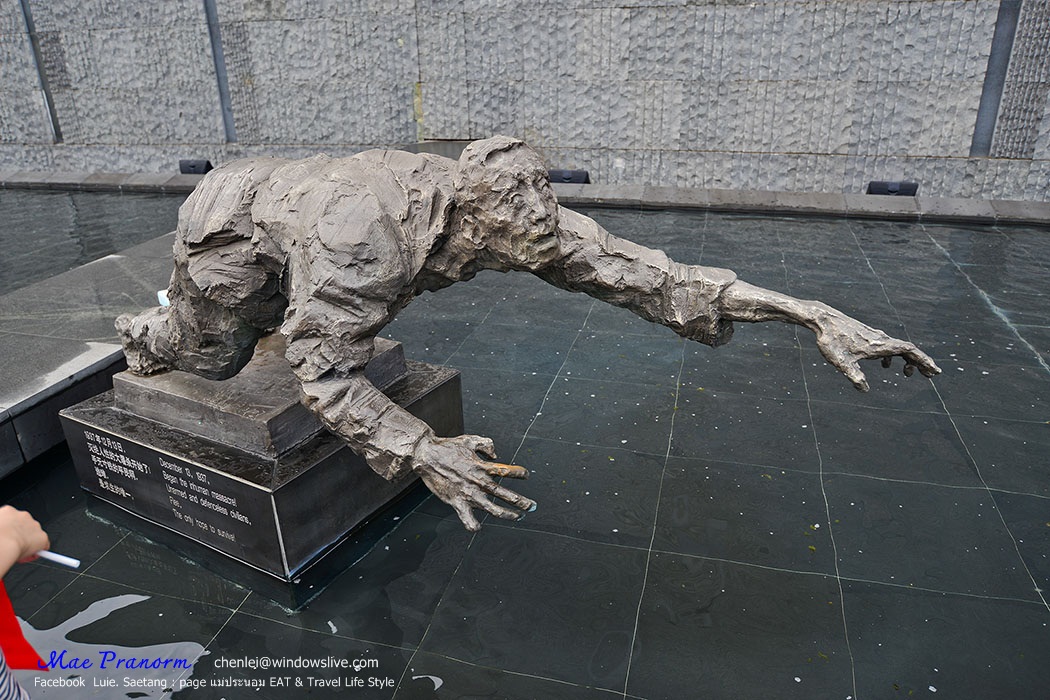
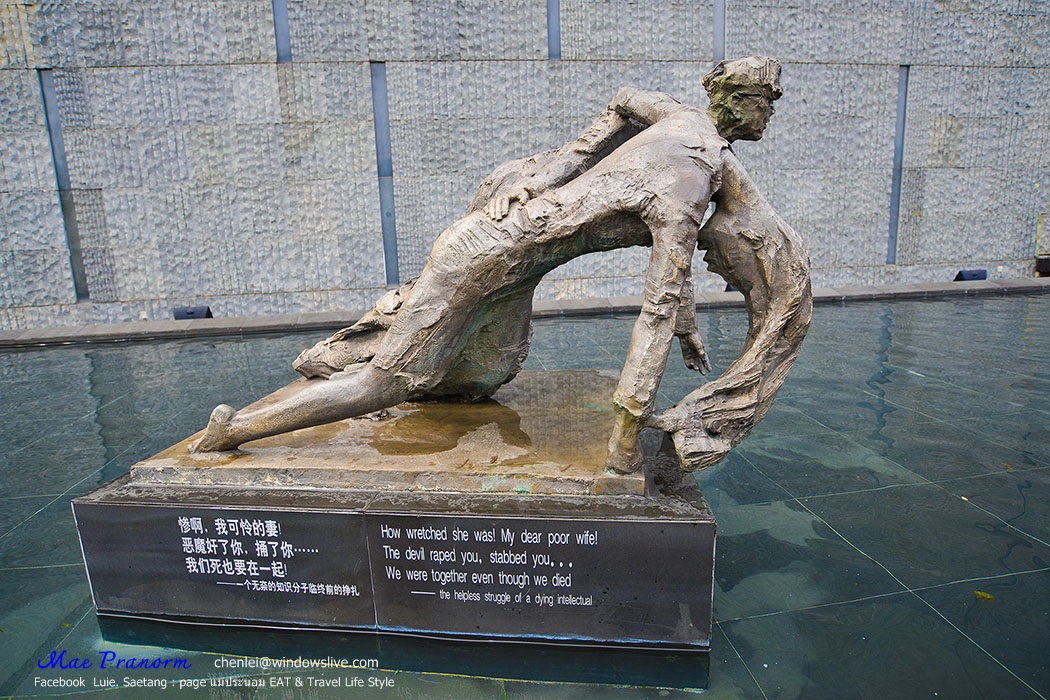
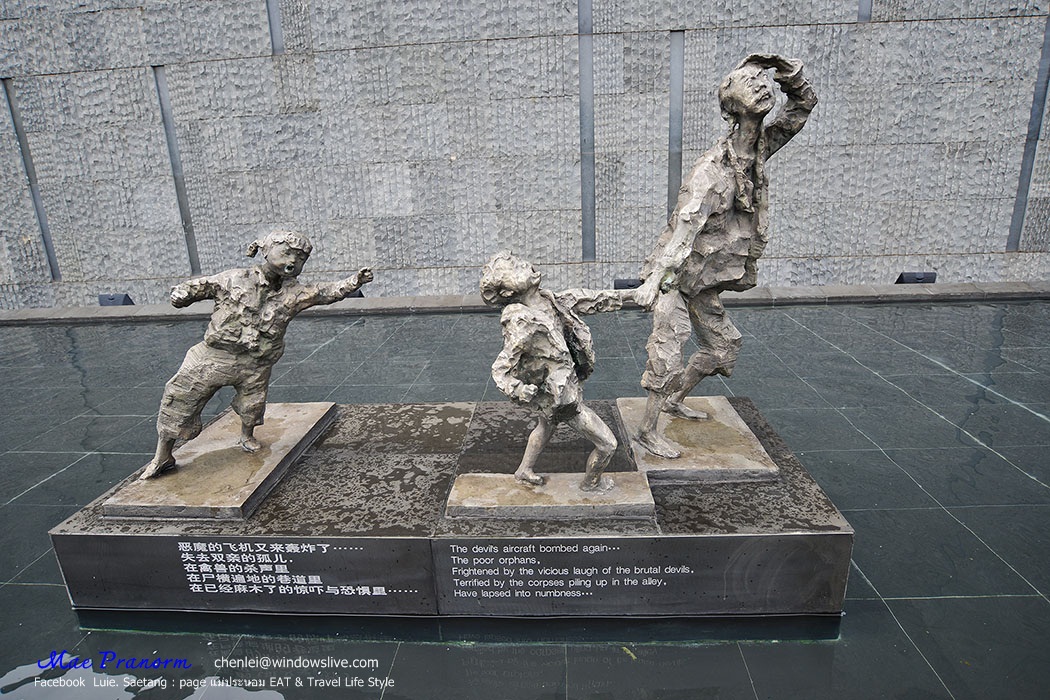
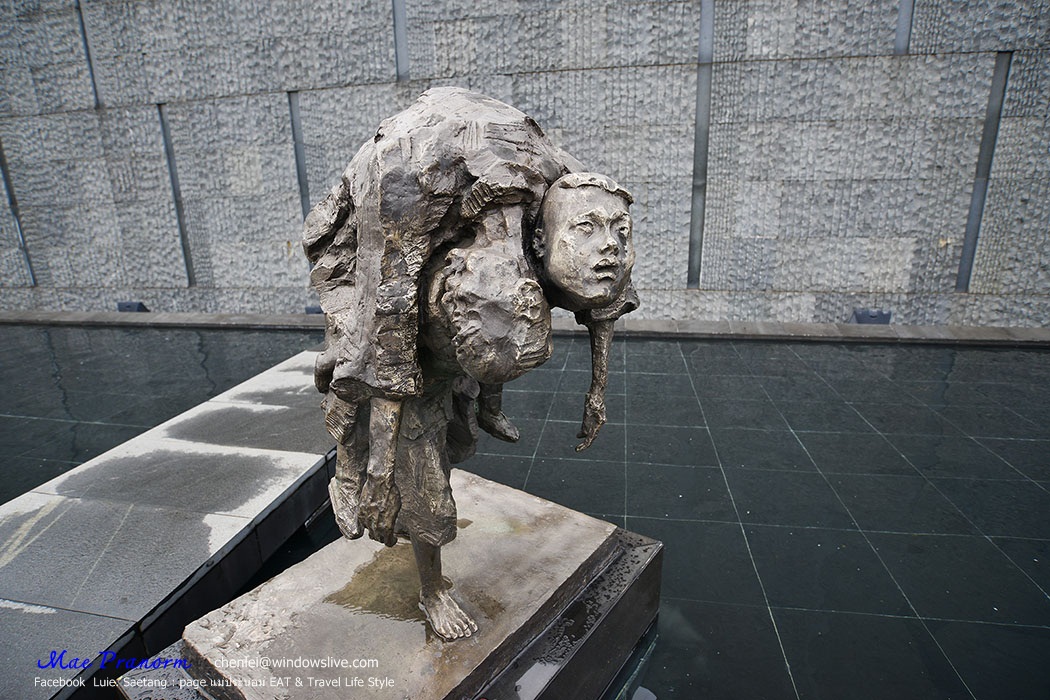

The place is grand but full of cruelty and tragedy.
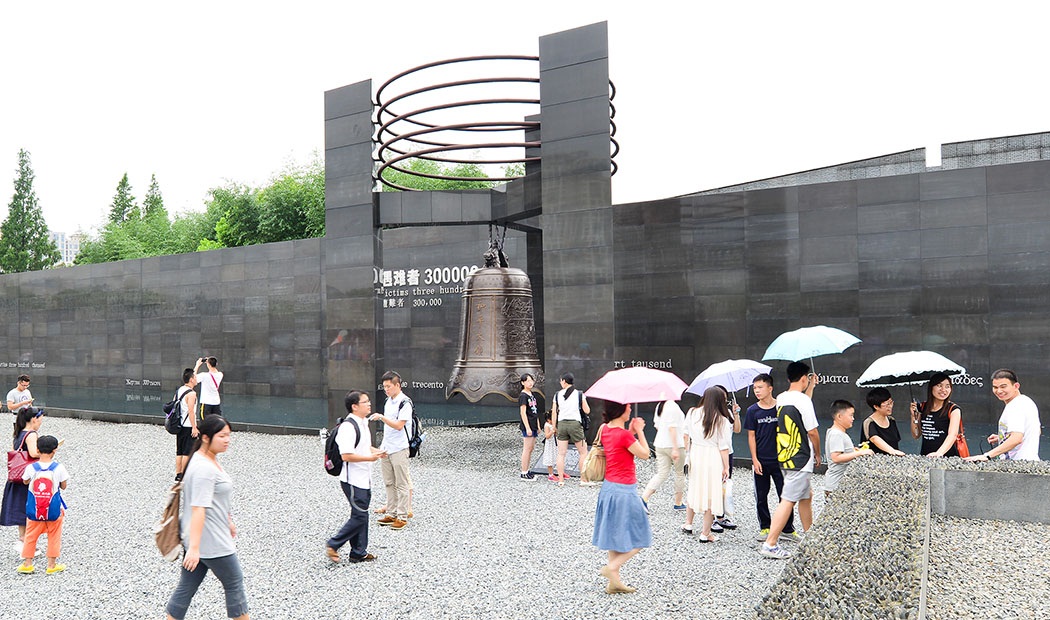
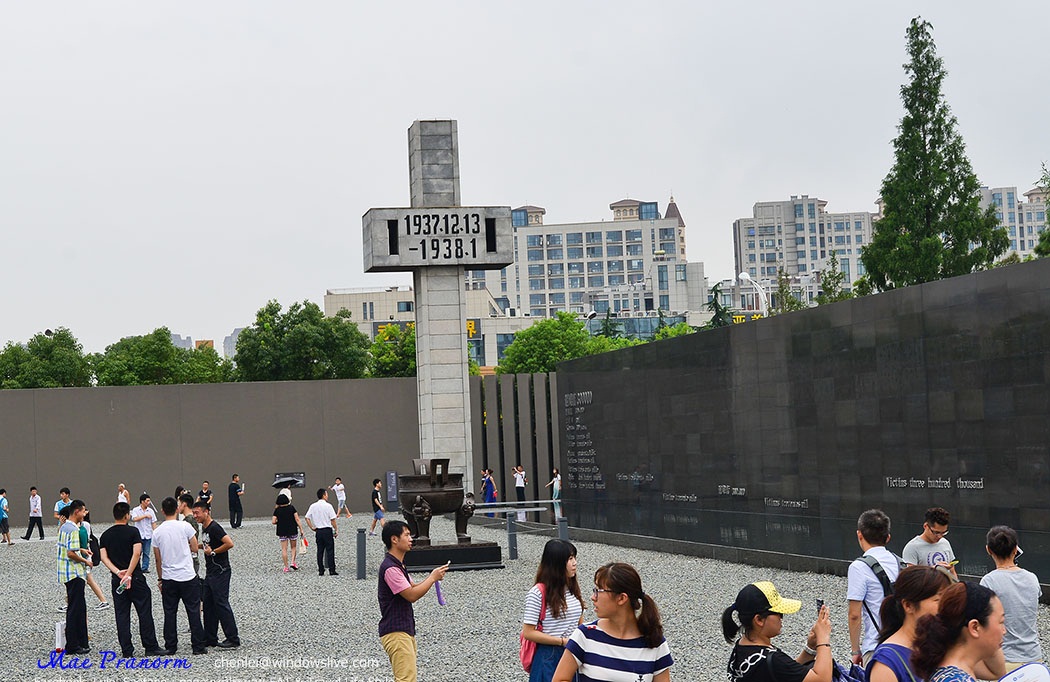
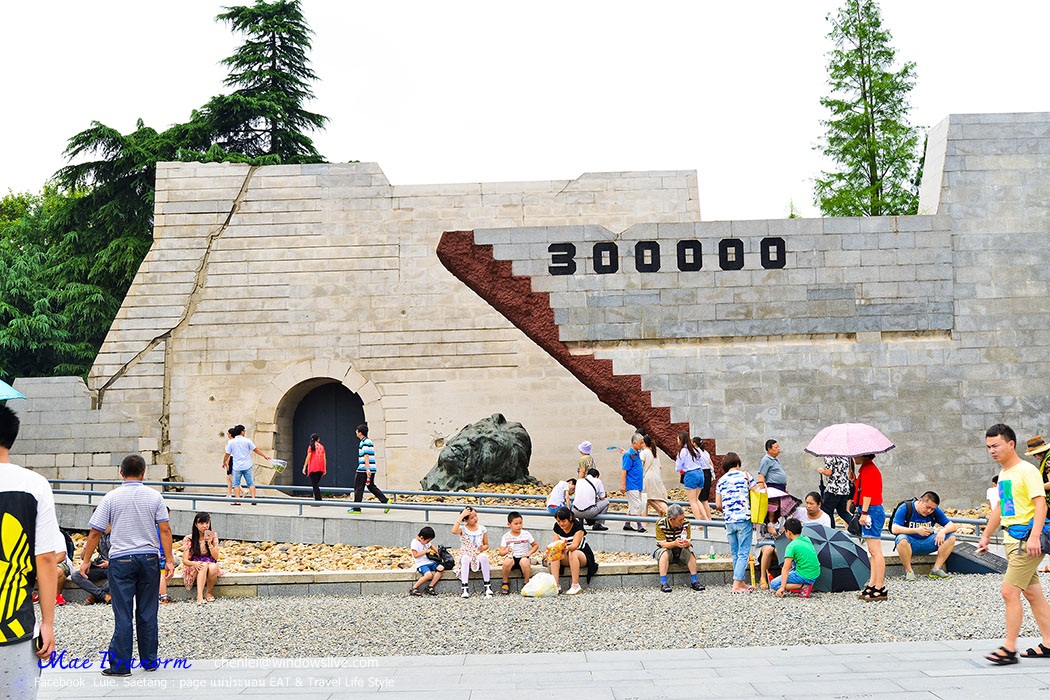
Let's go see inside but photos are strictly prohibited.
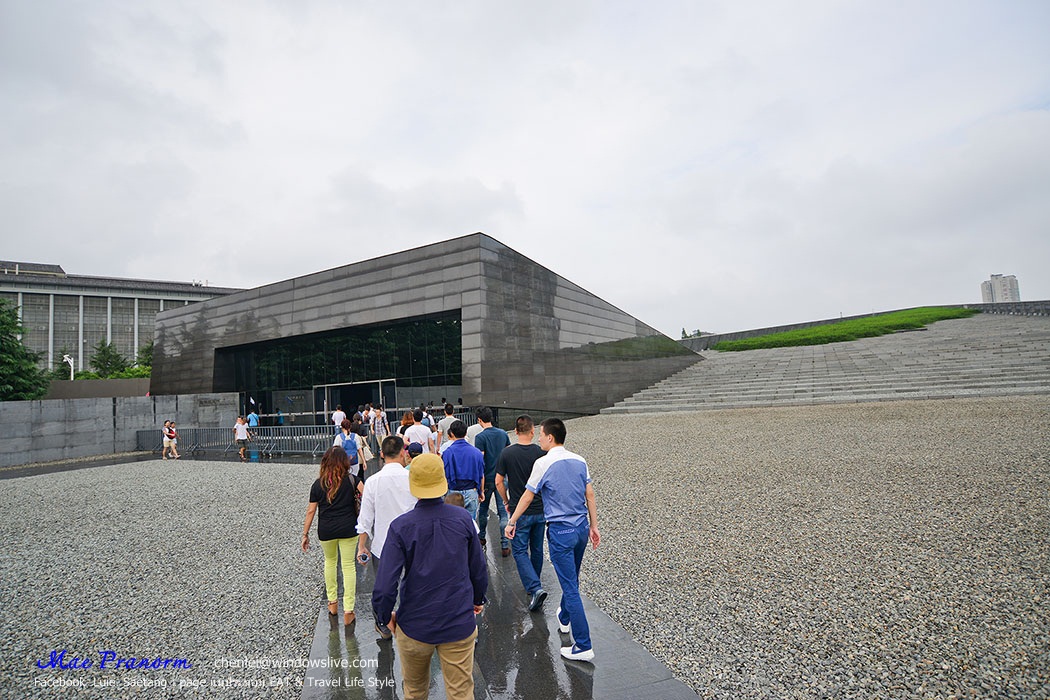
This is the inside, since I see Chinese tourists secretly take the photos, so I use my mobile phone to capture them as well but the photos might not be so clear.
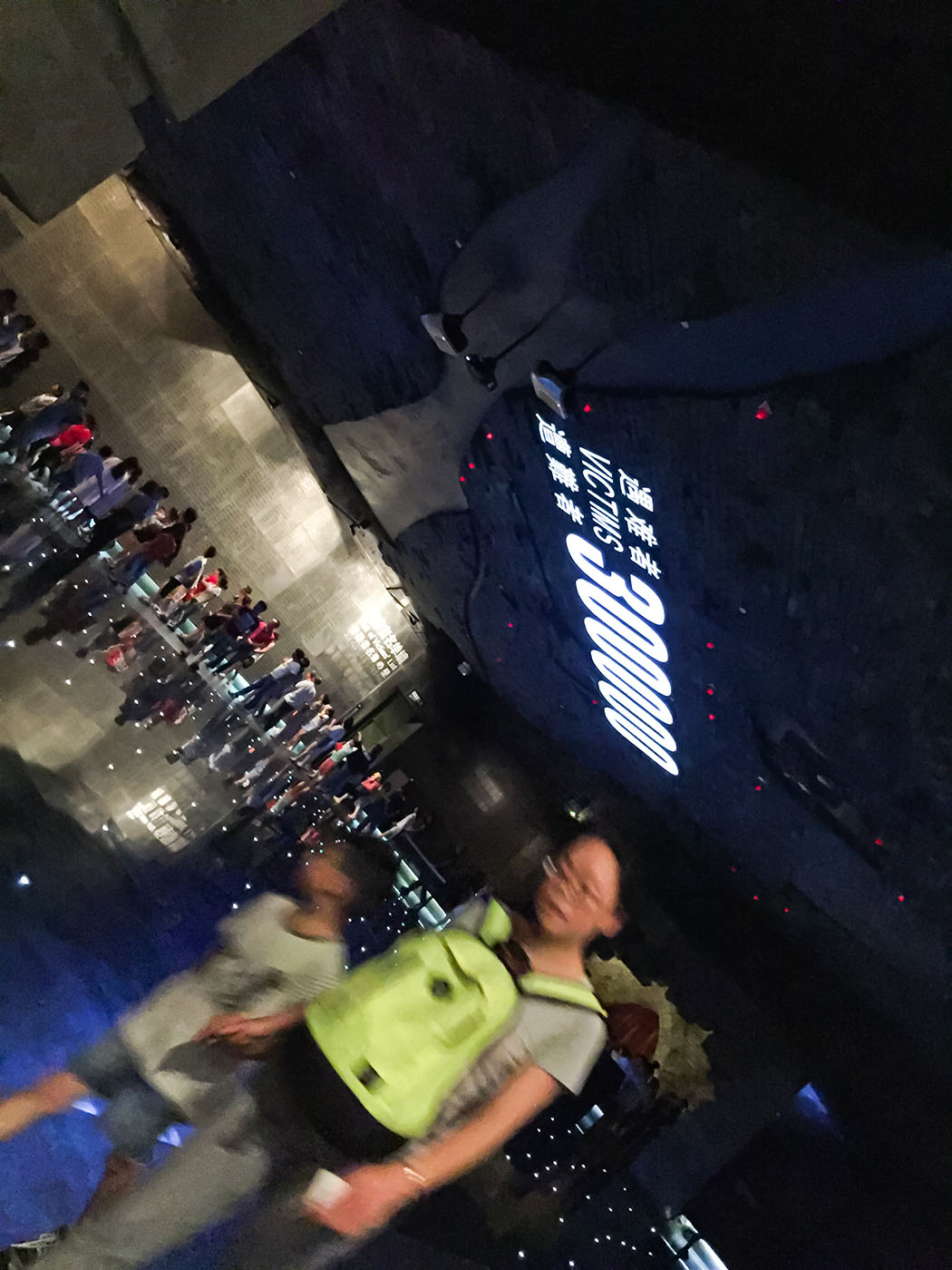
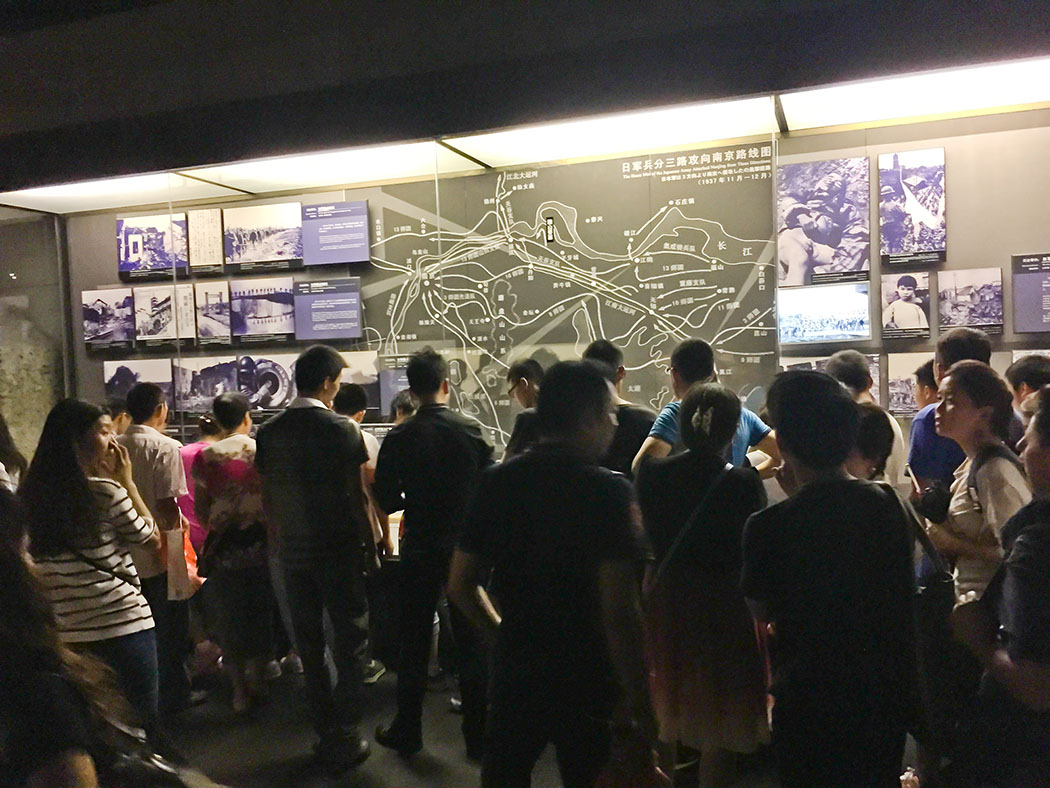
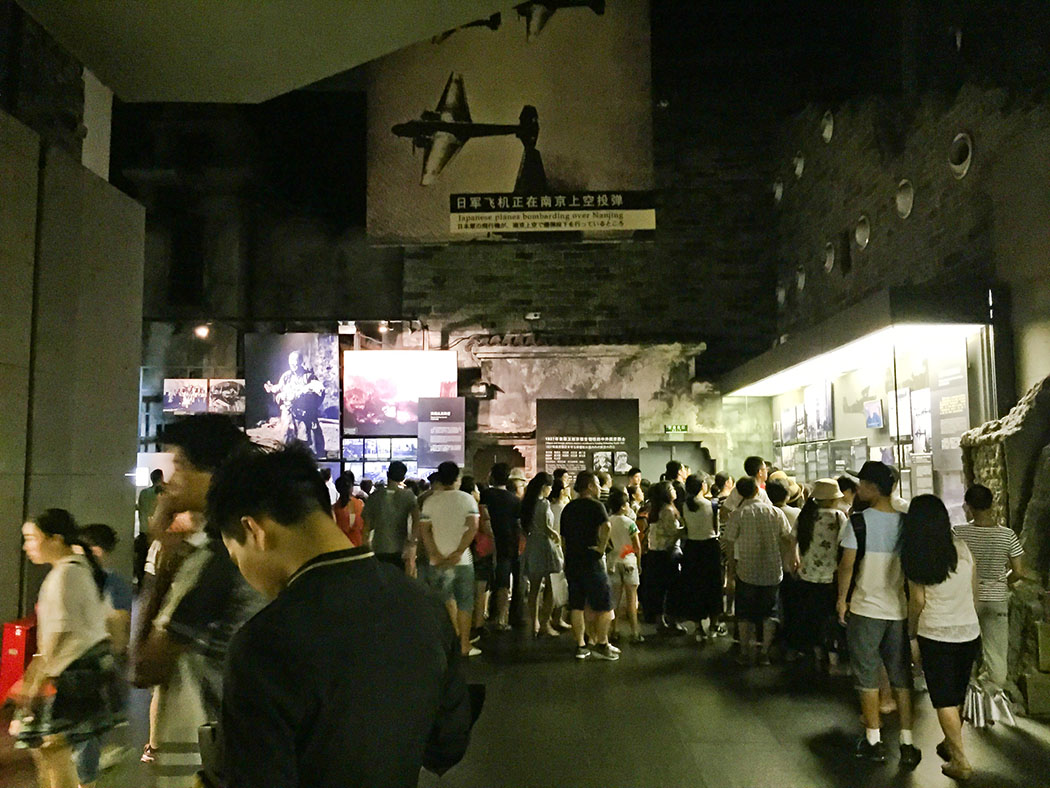
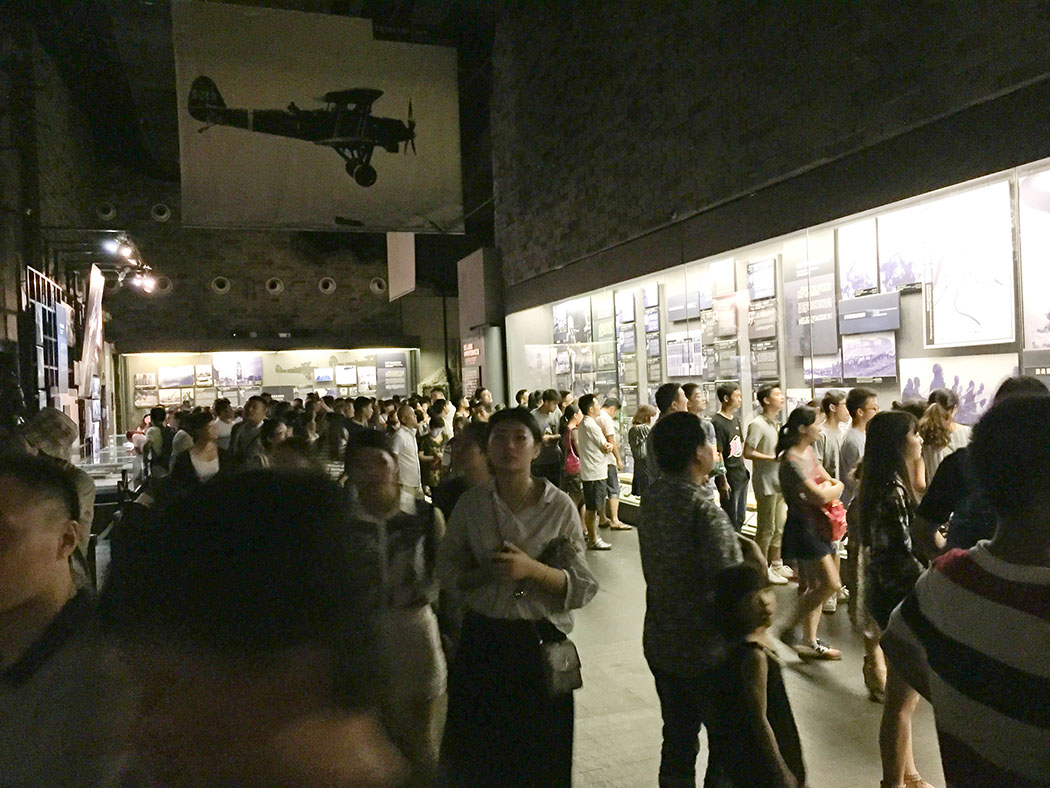
This is a real site. They said that this memorial is built on the actual site of the Nanjing massacre.
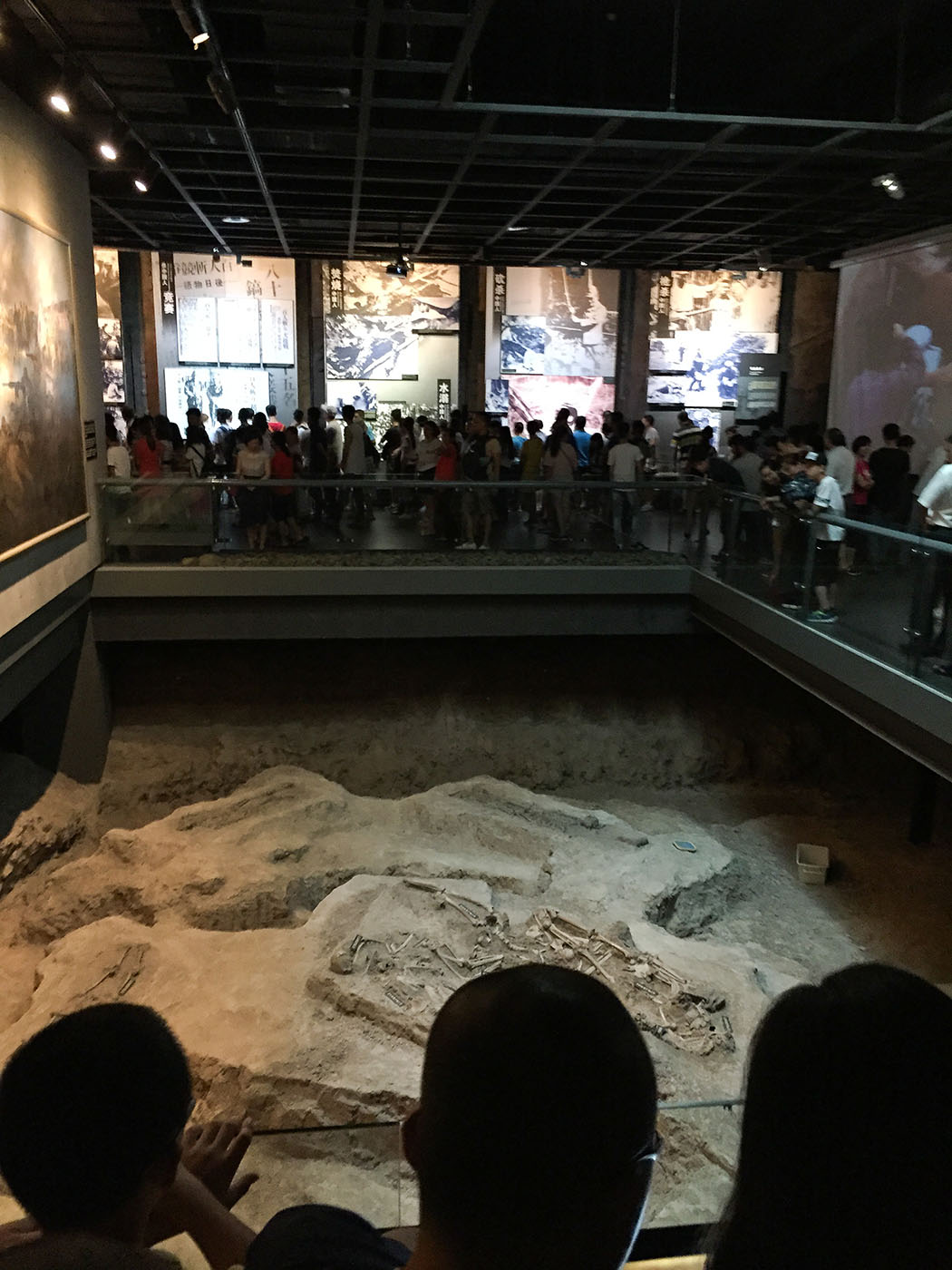
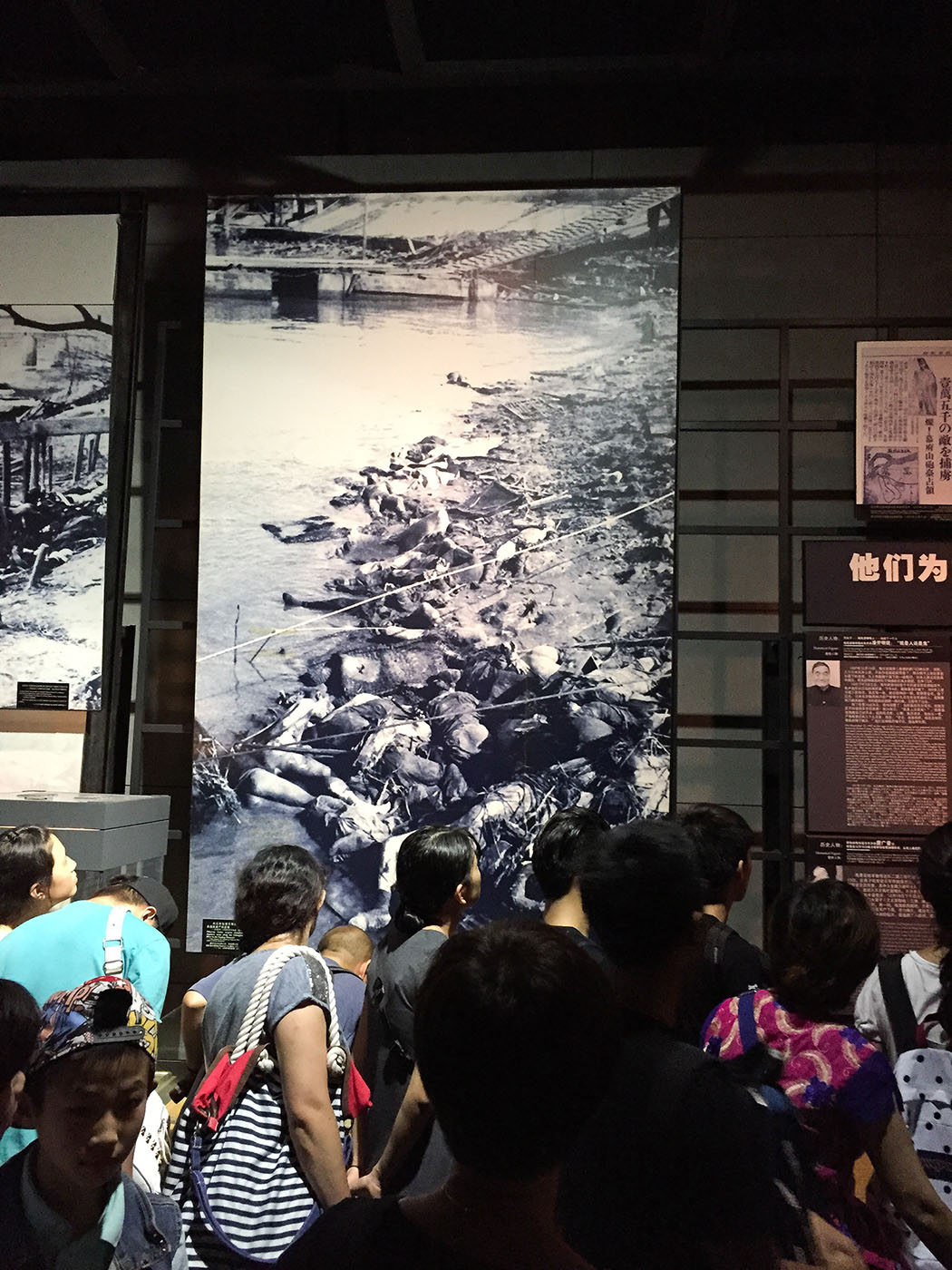
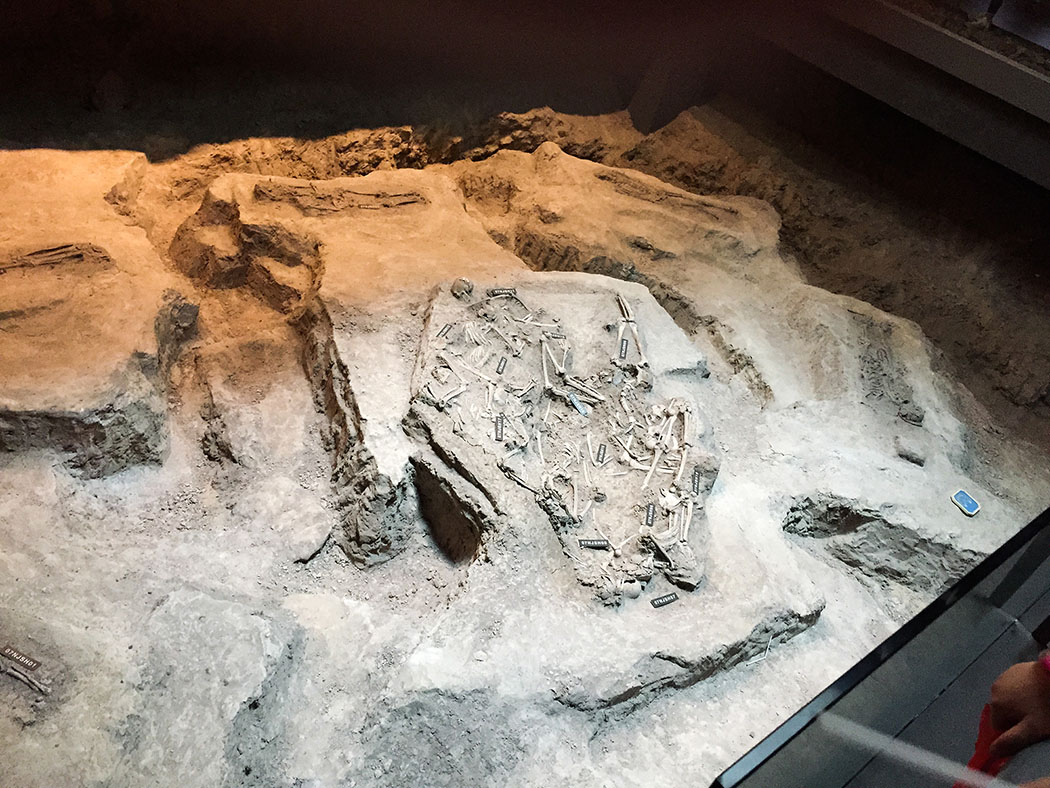
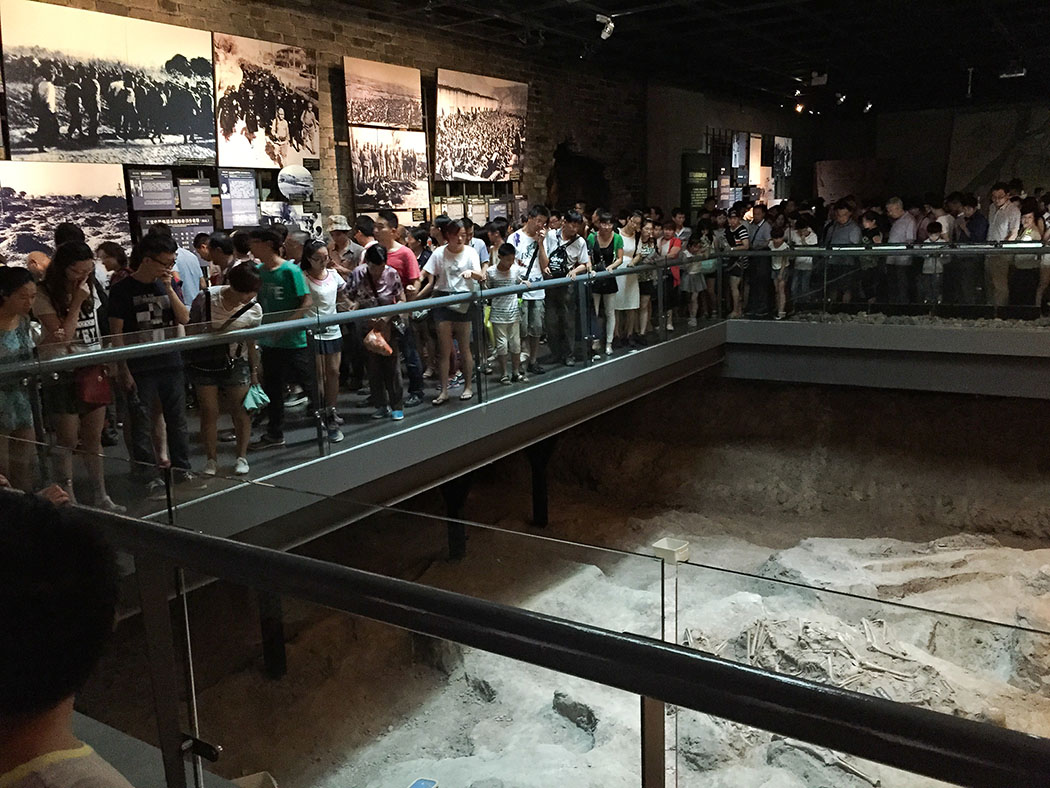
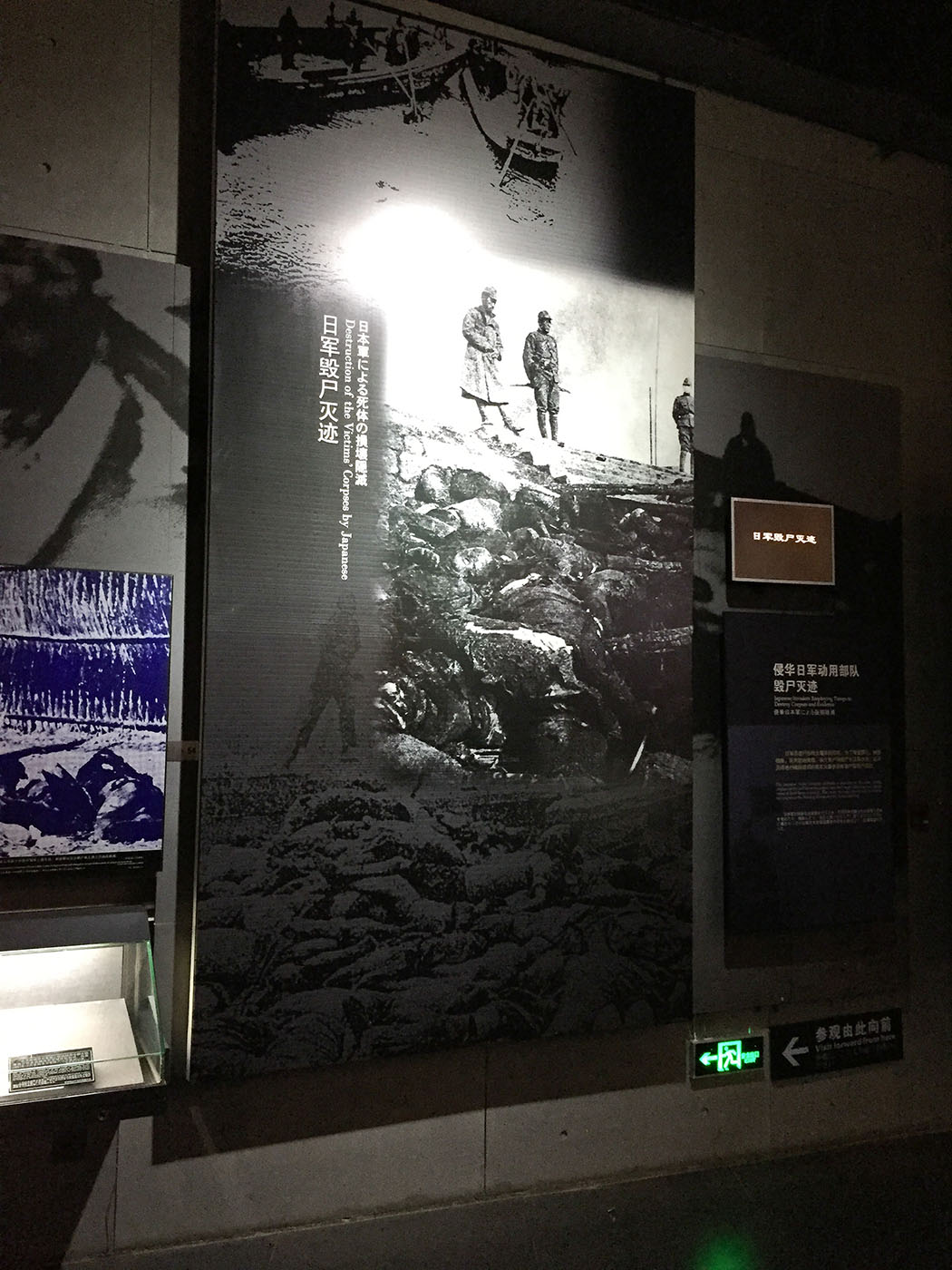
The Nanking Massacre or Nanjing Massacre, also known as the Rape of Nanking, was the massacre or the war rape. The massacre occurred over six weeks after the Japanese captured Nanjing, the old capital city of the Republic of Chinese, starting December 13, 1937, during the Second Sino-Japanese War.
During this period, tens of thousands of Chinese civilians and disarmed combatants were widely raped, murdered, and robed by soldiers of the Imperial Japanese Army. The historians and the witness estimated the victims number to be between 250,000-300,000.
Several key perpetrators were tried and found guilty at the International Military Tribunal for the Far East and the Nanjing War Crimes Tribunal, and were executed. A key perpetrator, Prince Yasuhiko
Asaka of the Imperial Family, escaped prosecution by having earlier been granted immunity by the Allies.
From the Wikipedia, it is said that the event remains a contentious political issue, as aspects of it have been disputed by historical revisionists and Japanese nationalists, who assert that the massacre has been either exaggerated or fabricated for propaganda purposes. The controversy surrounding the massacre remains a stumbling block in the Sino-Japanese relations and in Japanese relations with other Asia-Pacific nations such as South Korea and Philippines.
Since most Japanese military records on the killings were kept secret or destroyed shortly after the surrender of Japan in 1945, historians have not been able to accurately estimate the death toll of the massacre. The International Military Tribunal for the Far East estimated in 1948 that over 200,000 Chinese were killed in the incident. China's official estimate is more than 300,000 dead based on the evaluation of the Nanjing War Crimes Tribunal in 1947. The death toll has been actively contested among scholars since the 1980s. From the Japanese historians, the number of the victims are varied from 40,000 to 200,000. Japanese historical revisionists denied such a massacre incident, claiming that all the loss could be explained by the military evidence of whether it was an accident or the unauthorized cruelty acts.
Although the Japanese government has admitted to the killing of a large number of non-combatants, looting, and other violence committed by the Imperial Japanese Army after the fall of Nanking, Japanese veterans who served there have confirmed that a massacre took place, a small but vocal minority within both the Japanese government and society have argued that the death toll was military in nature and that no such crimes ever occurred. Denial of the massacre and revisionist accounts of the killings have become a staple of Japanese nationalism. In Japan, public opinion of the massacres varies, but few deny outright that it happened.
From Wikipedia:
https://en.wikipedia.org/wiki/Nanking_Massacre
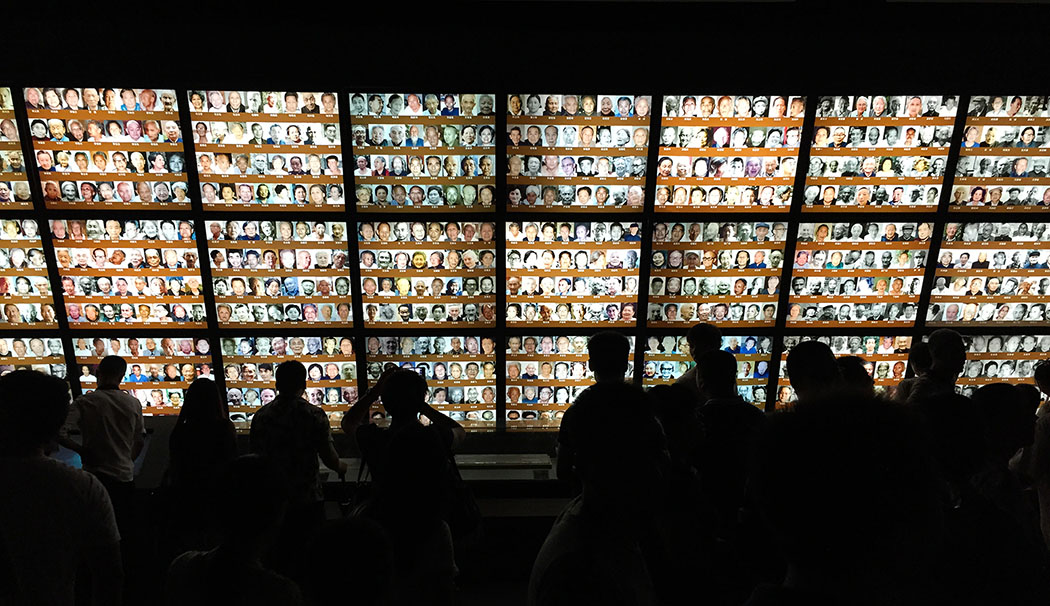
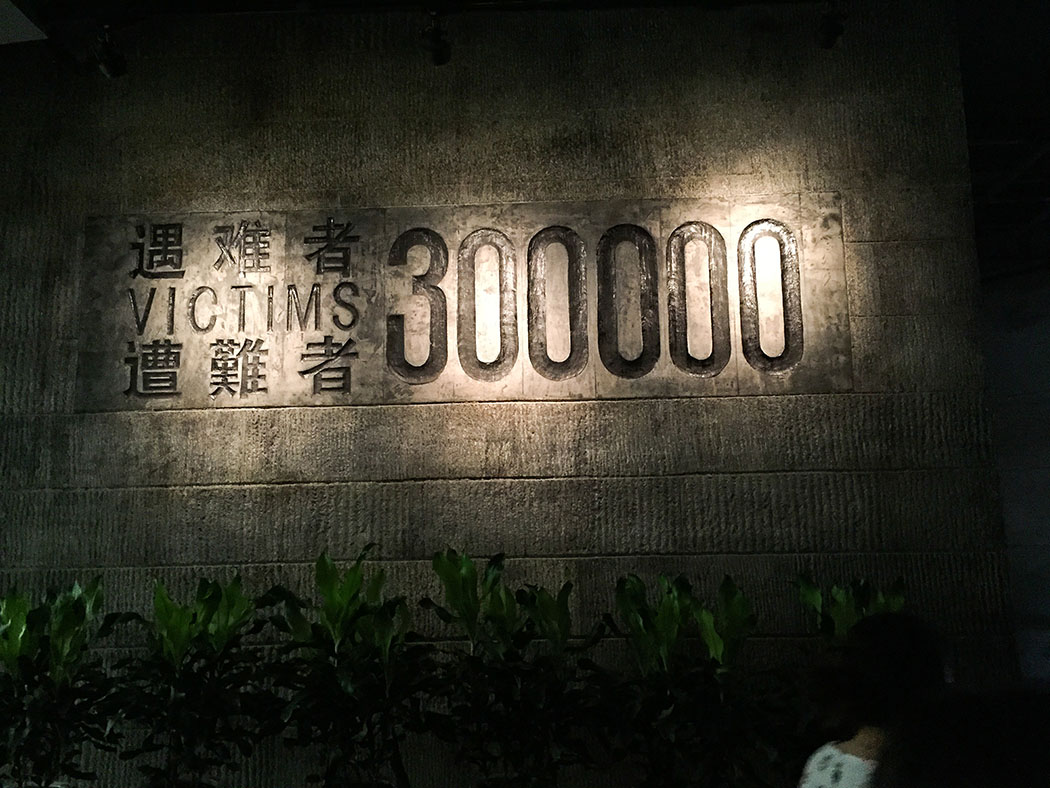

The files of the victims are displayed here. I'm not sure whether they contain all the victims but the files are so large.
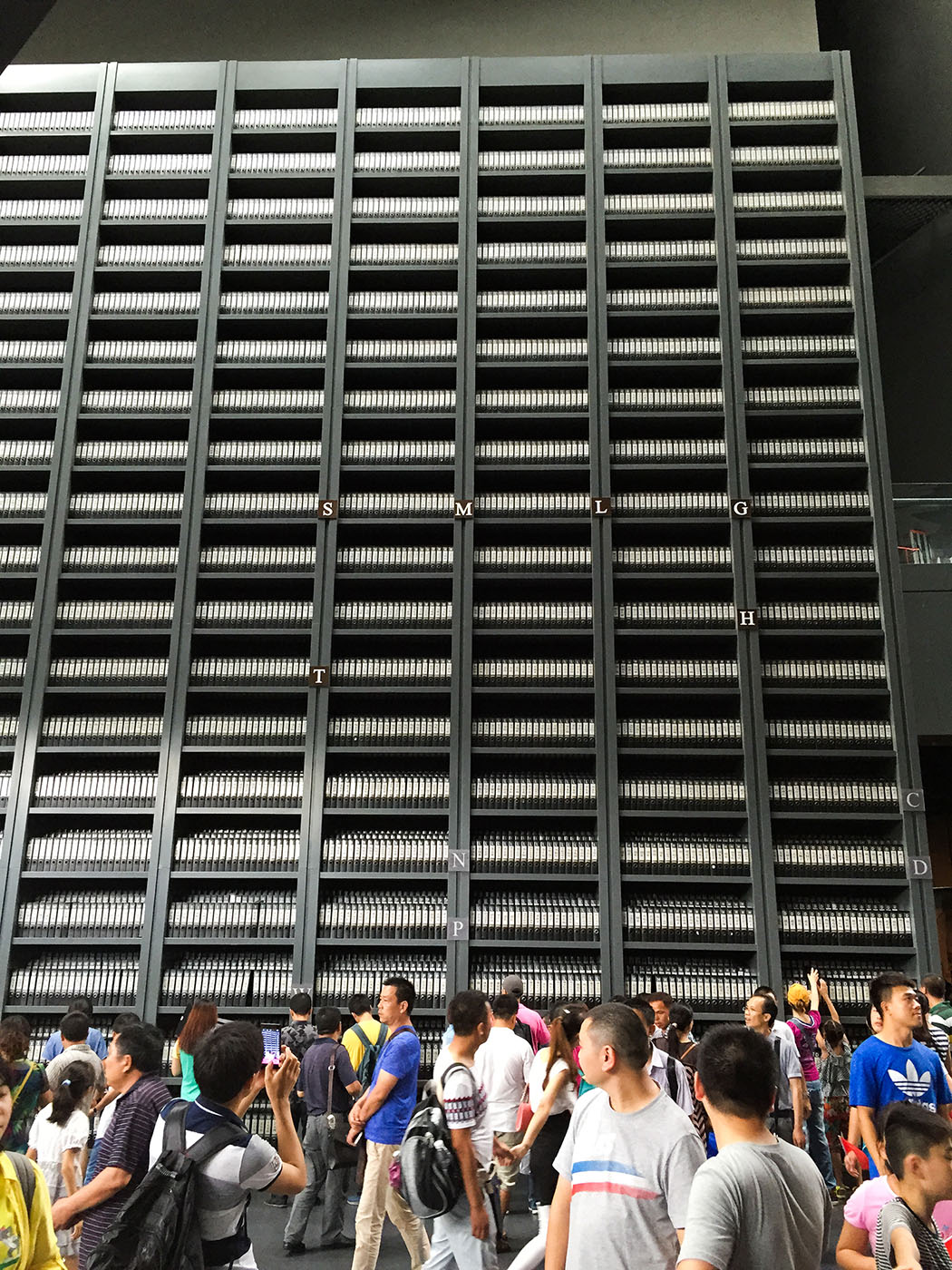
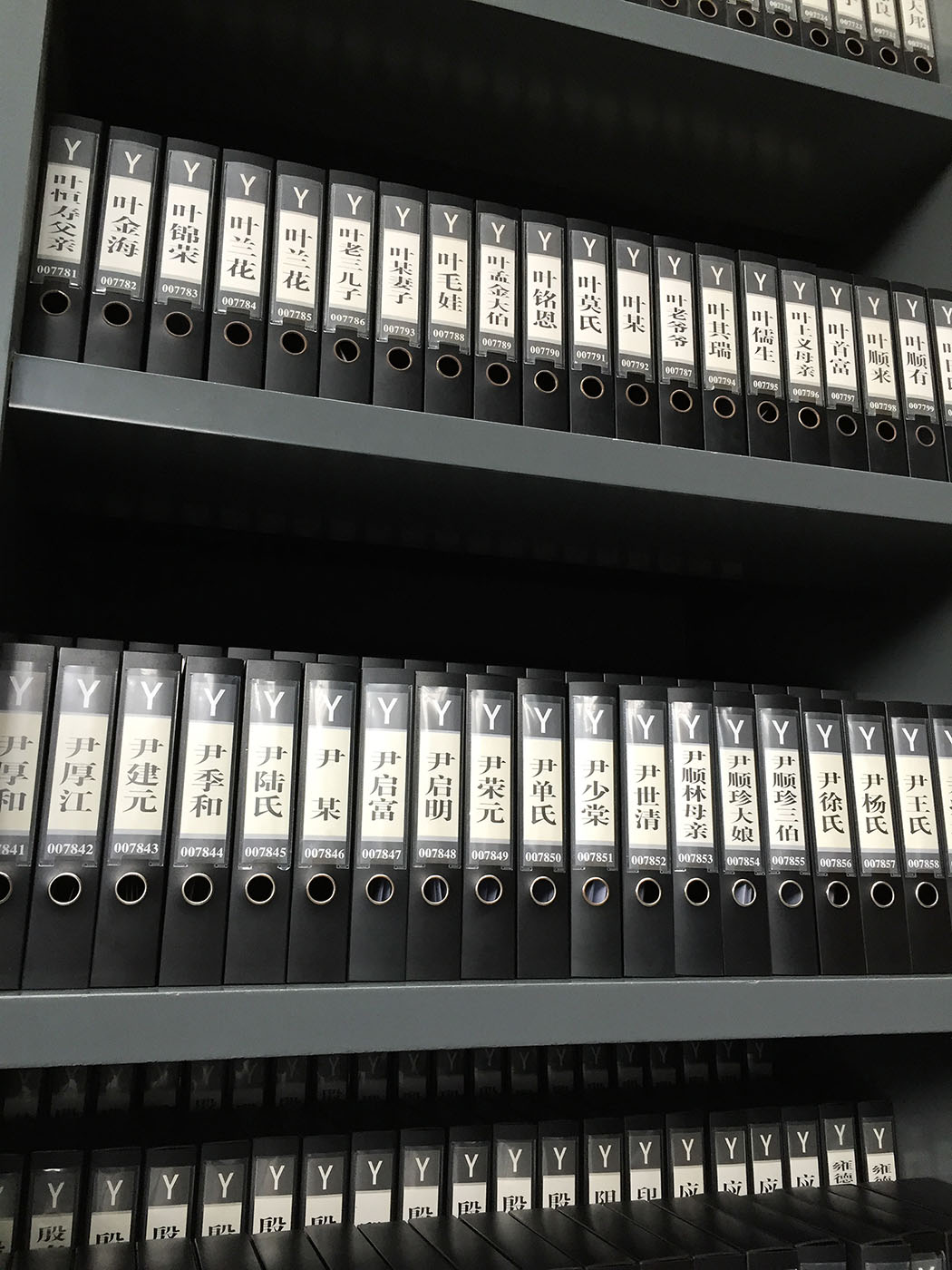
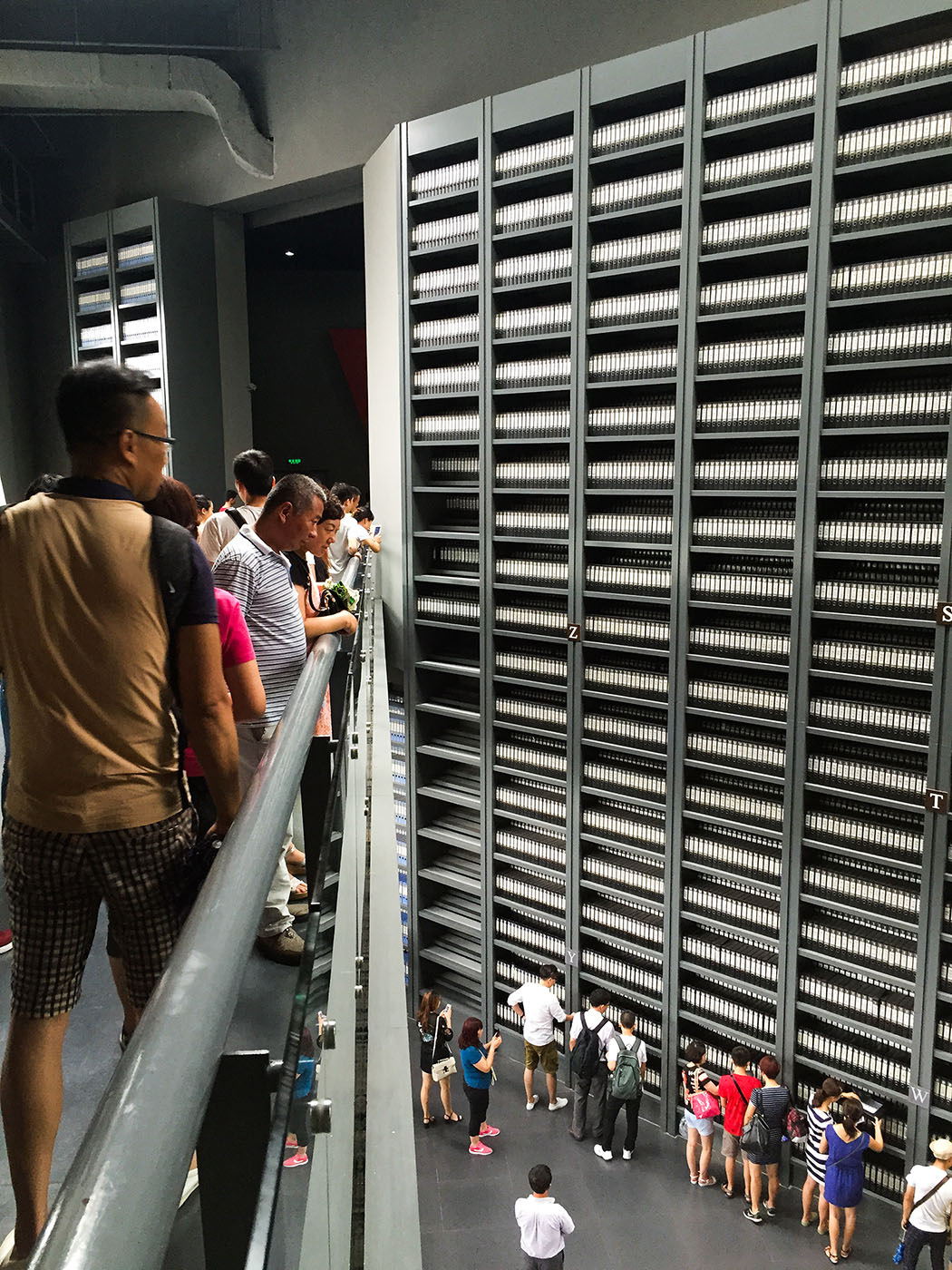
Let's see one example of the victims files.
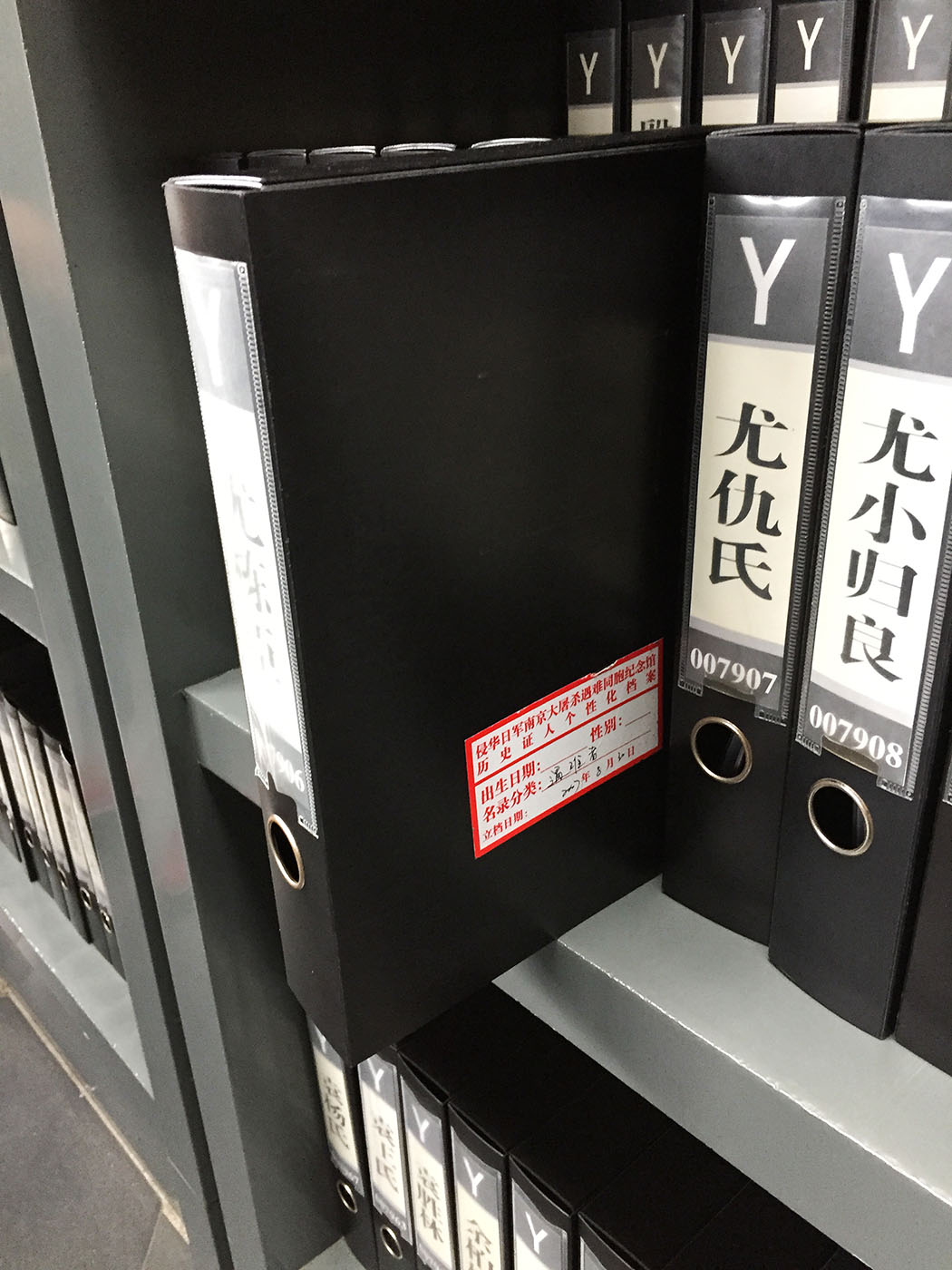
It is written something like this, I asked a friend on Facebook to help me translate.
In 1937 at 15.00 p.m., I and my father, Zhang Buzhou, needed to hide at the other people house.
My father had a certificate that could show to the Japanese army and got verified through.
So he took me to his friend's house but his friend family was killed by the Japanese soldiers.
When the soldiers came and checked, he would have us hide in the house and he would come to face them alone.
However with the certificate, he was shot. After his death, we escaped again.
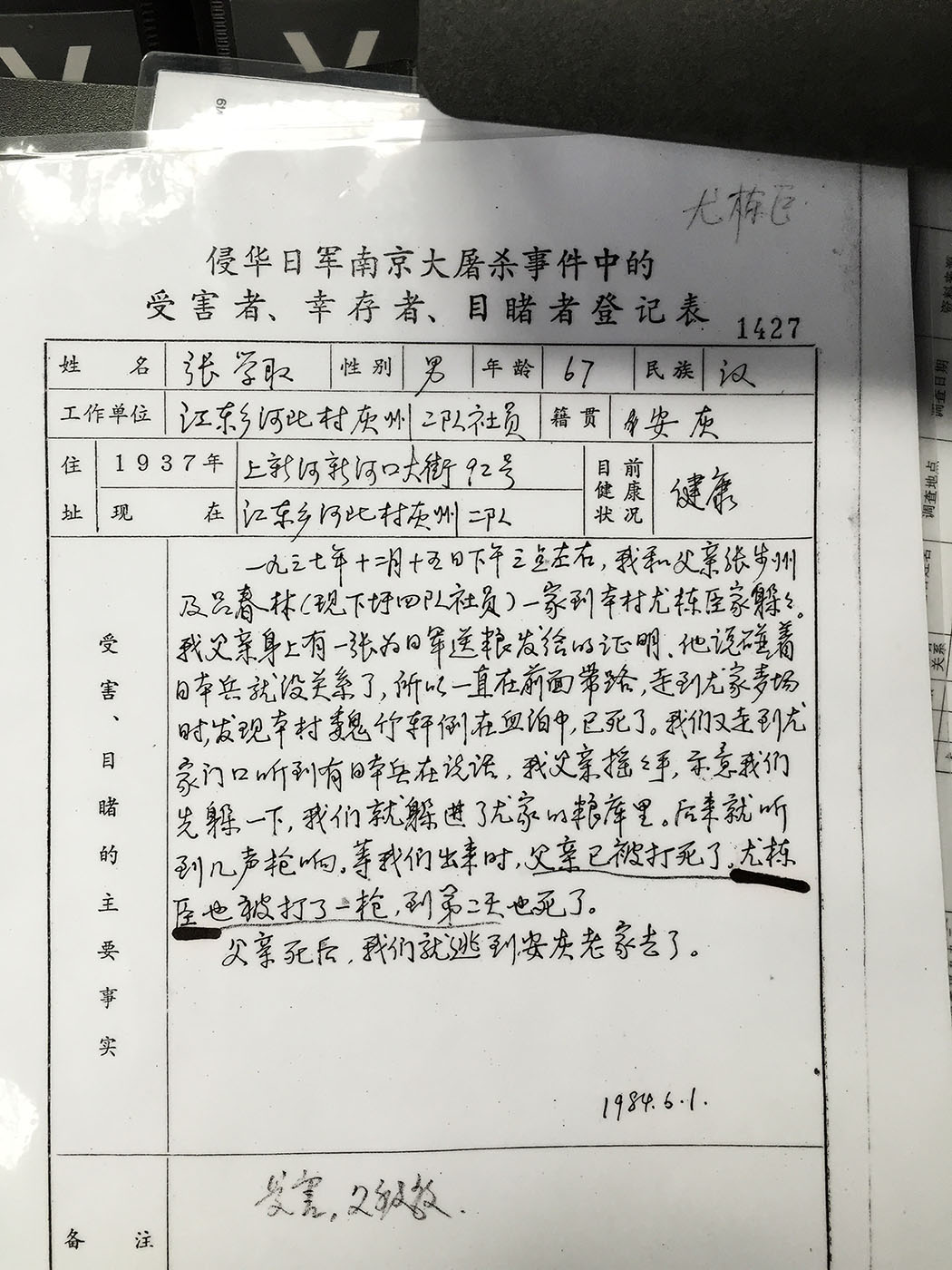
In 1937 winter time, the Japanese came to China. They killed people, burned houses. My two uncles, Xia Dahao and Xia Dahu were killed by Japanese soldiers.
One uncle was shot in the head and died instantly. The other uncle was shot in the chest and was brought back home. He stayed for several day and died.
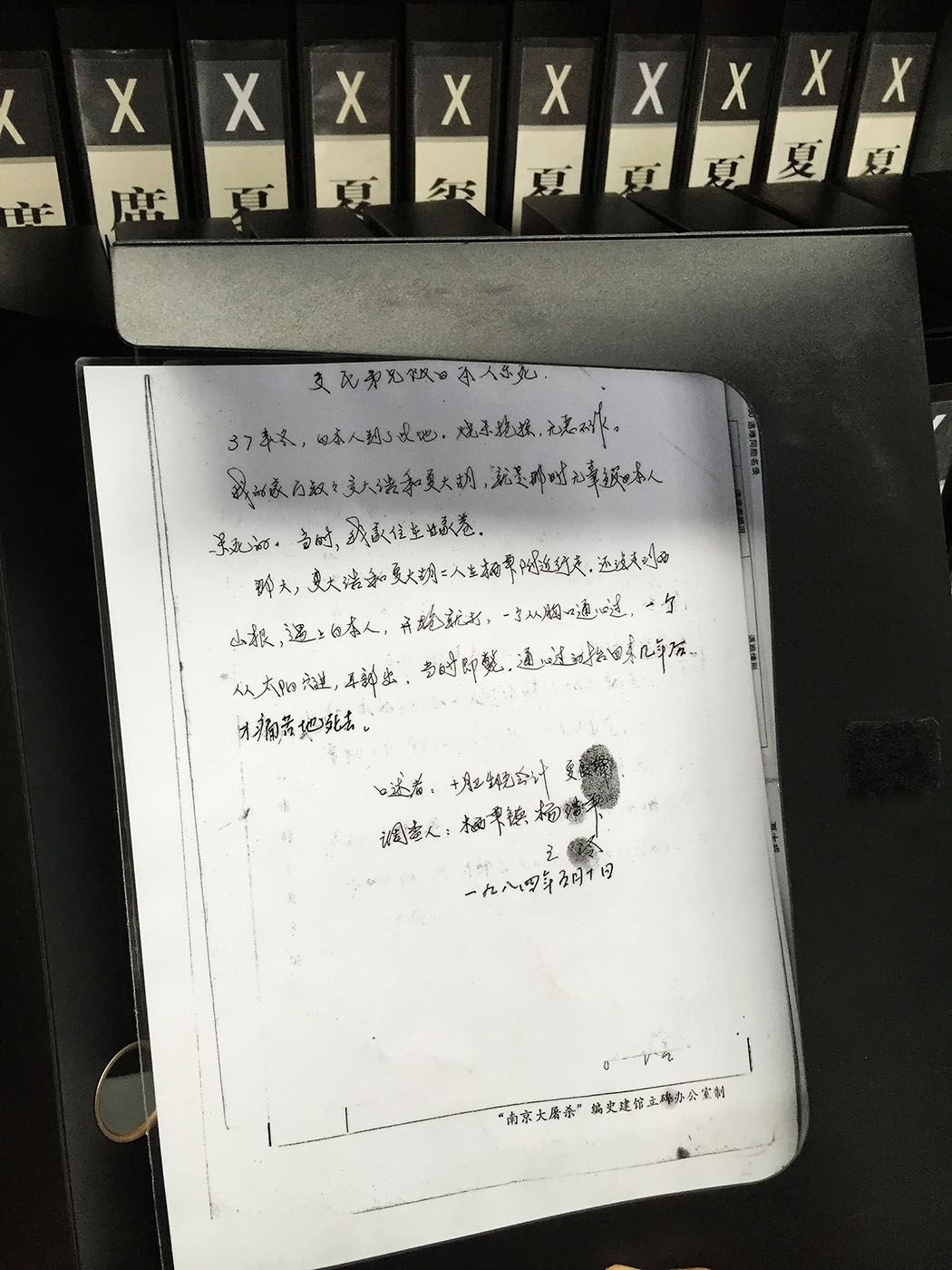
Looking from the sides, there are several layers into the stack.
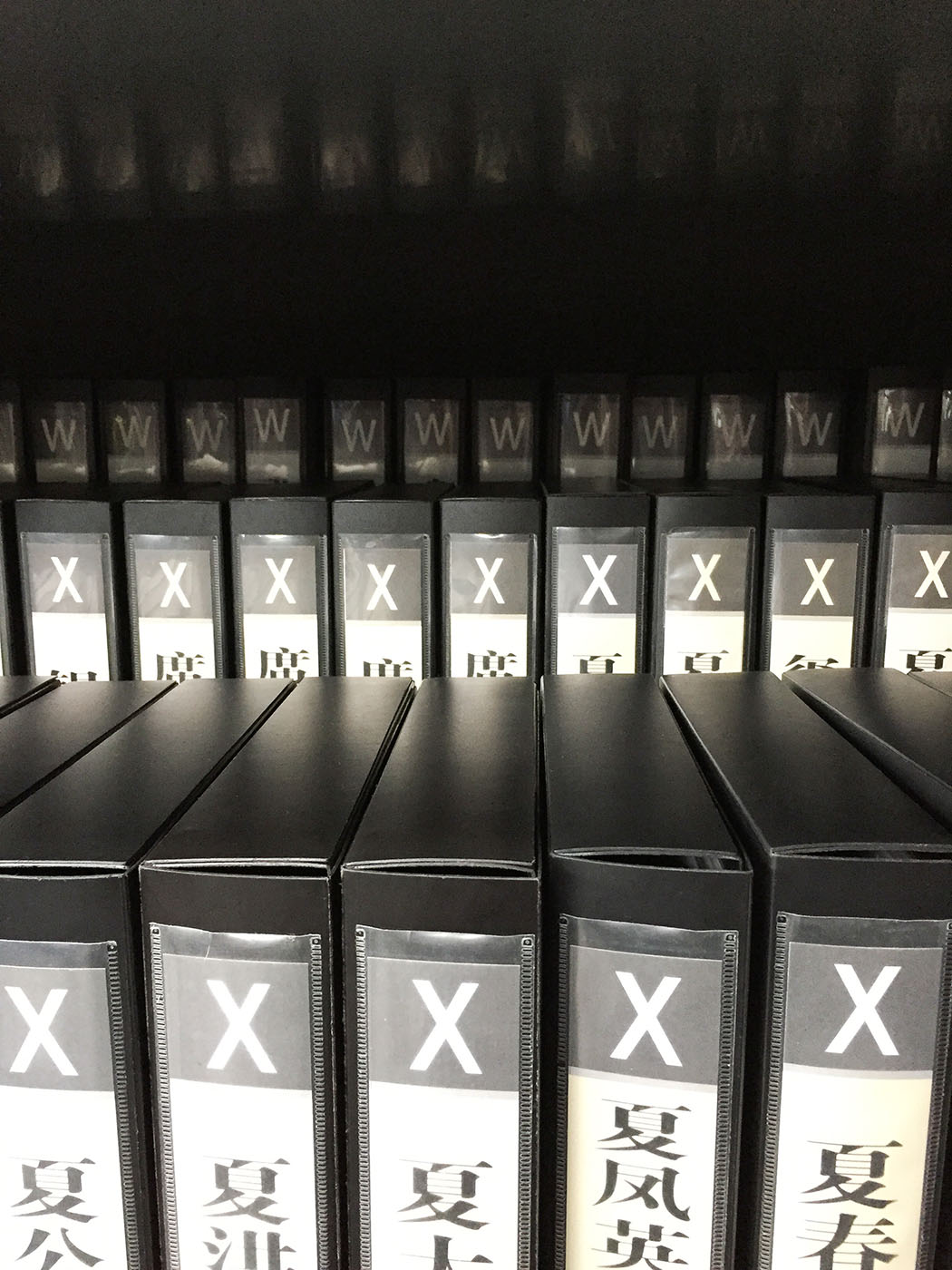
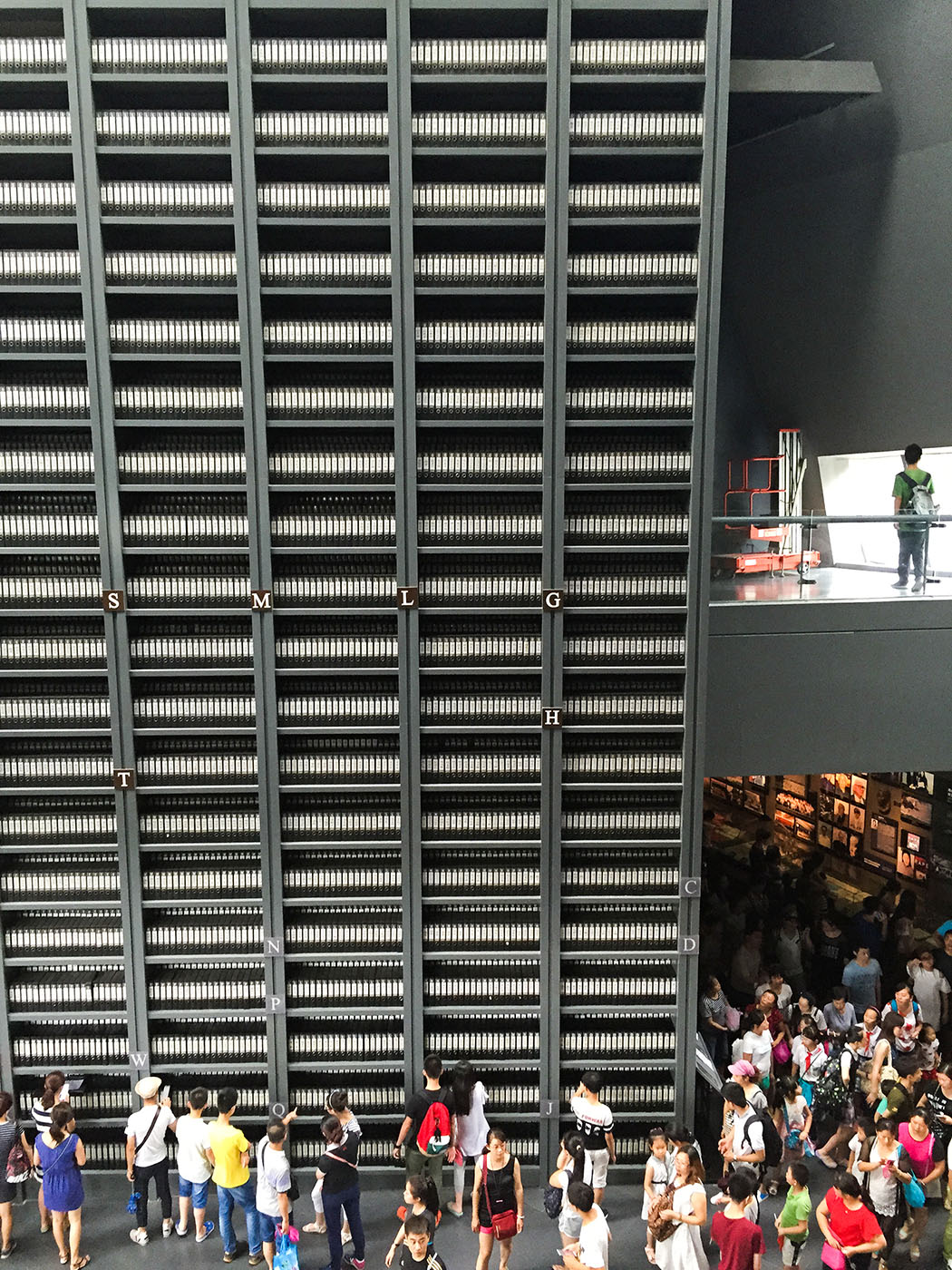
From the memorial, we go directly to the airport in order to take flight XW 087, bounding for Bangkok which will departs at 20.00 p.m.
The airport is so brand new.
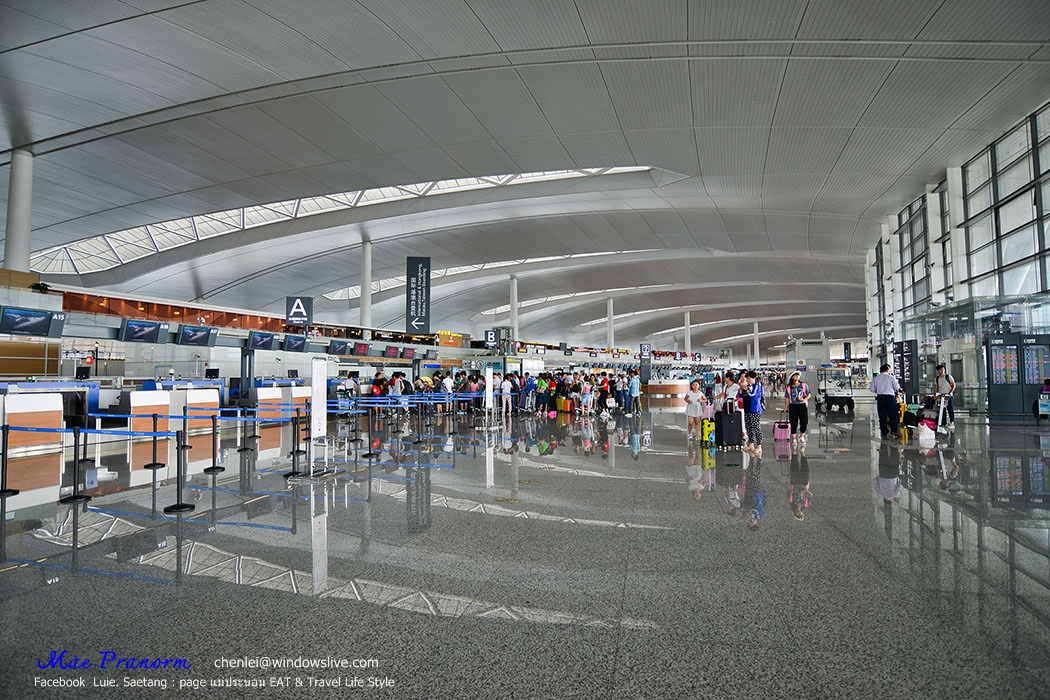
We can check in for NokScoot at row A.
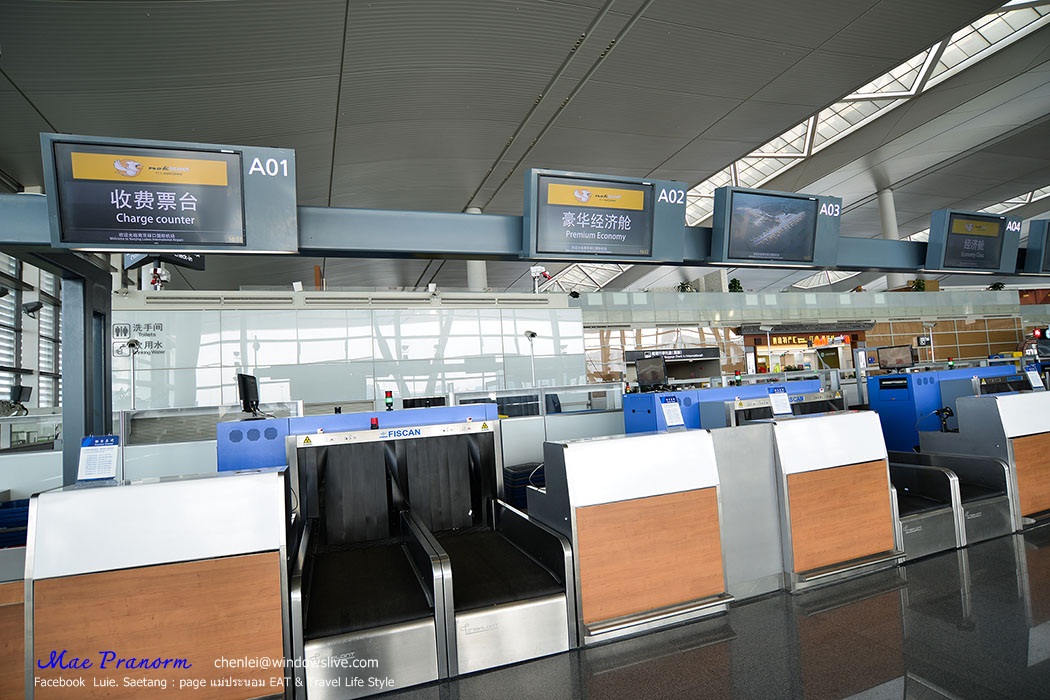
The flight is very on time.
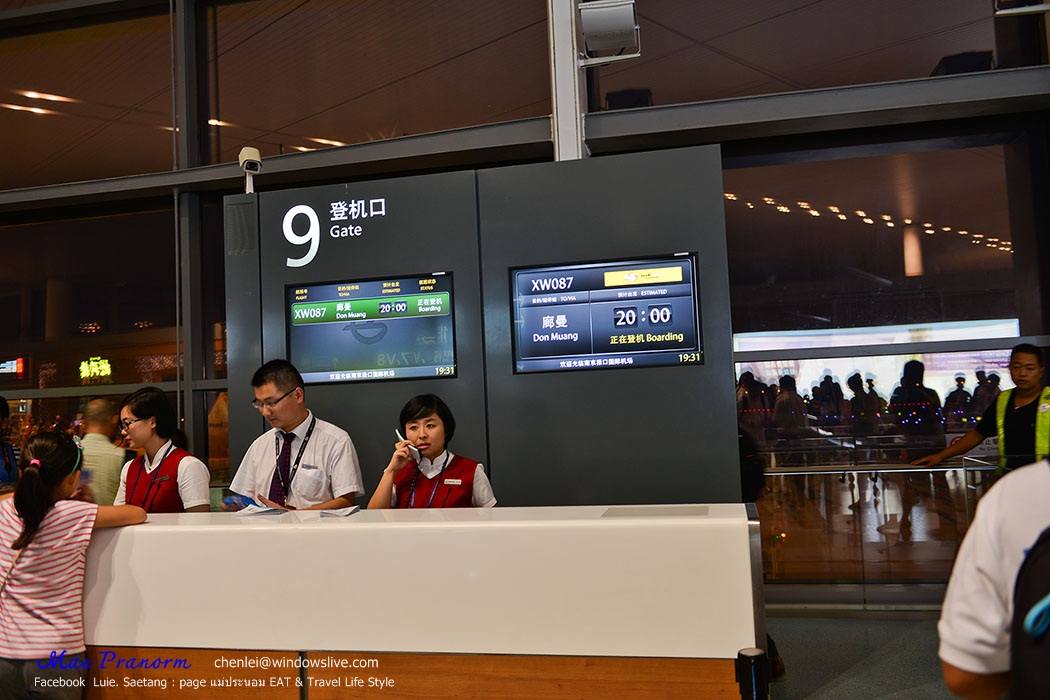
The same aircraft of Nong Plai Fah will take us home.
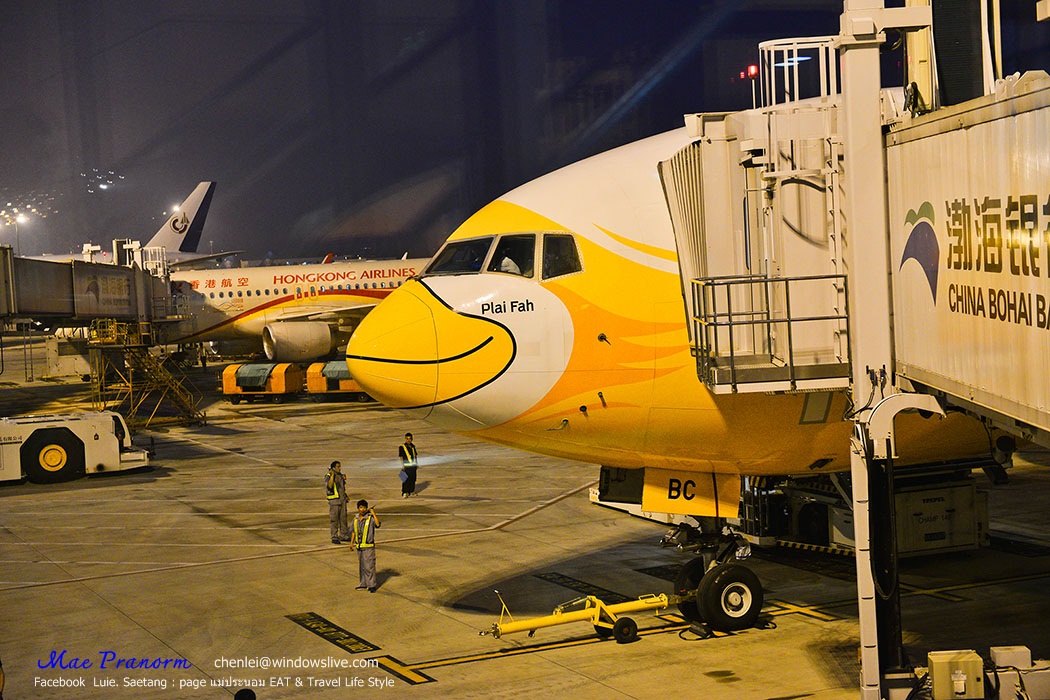
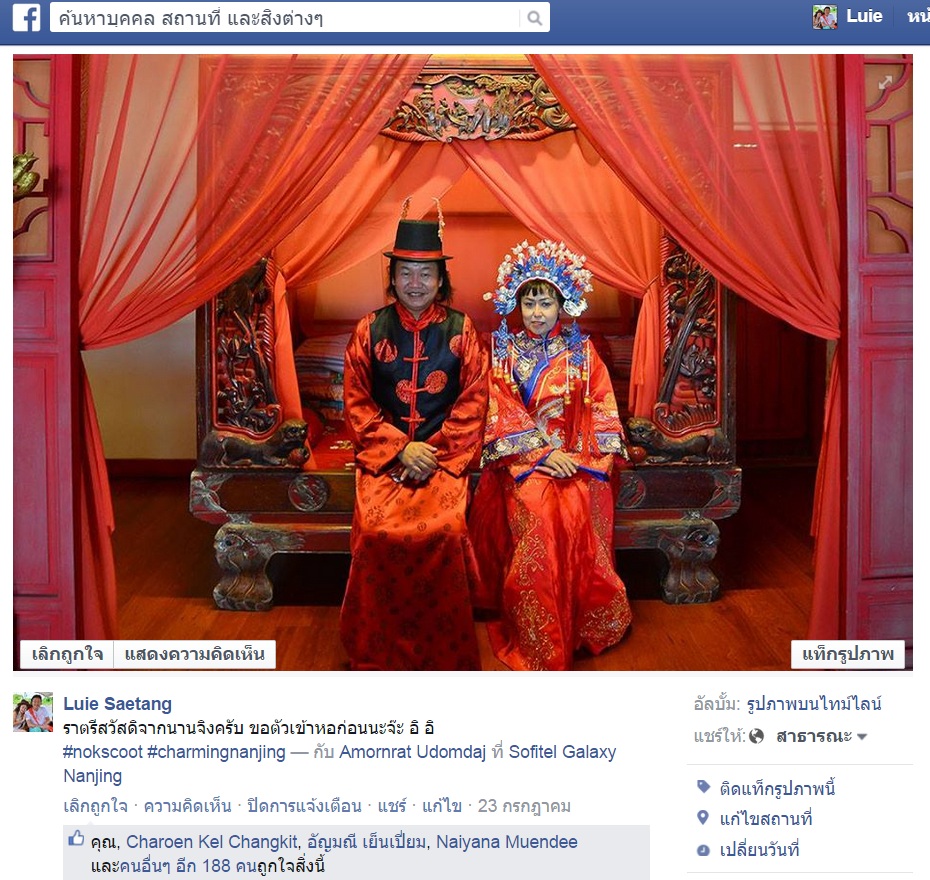
And this is the end of our trip.
Thank you so much to NokScoot for taking us to tour Nanjing, indeed a very fun and beautiful trip.
Thank you so much to Readme for providing such a good space for us to learn and gather the information for the trip so that we can also travel on our own as well as share it further to more people.
Thank you so much to everyone who have stayed followed and let's come to travel to Nanjing.
From Mae Pranorm :)
แม่ประนอม
Tuesday, November 3, 2015 6:03 PM

